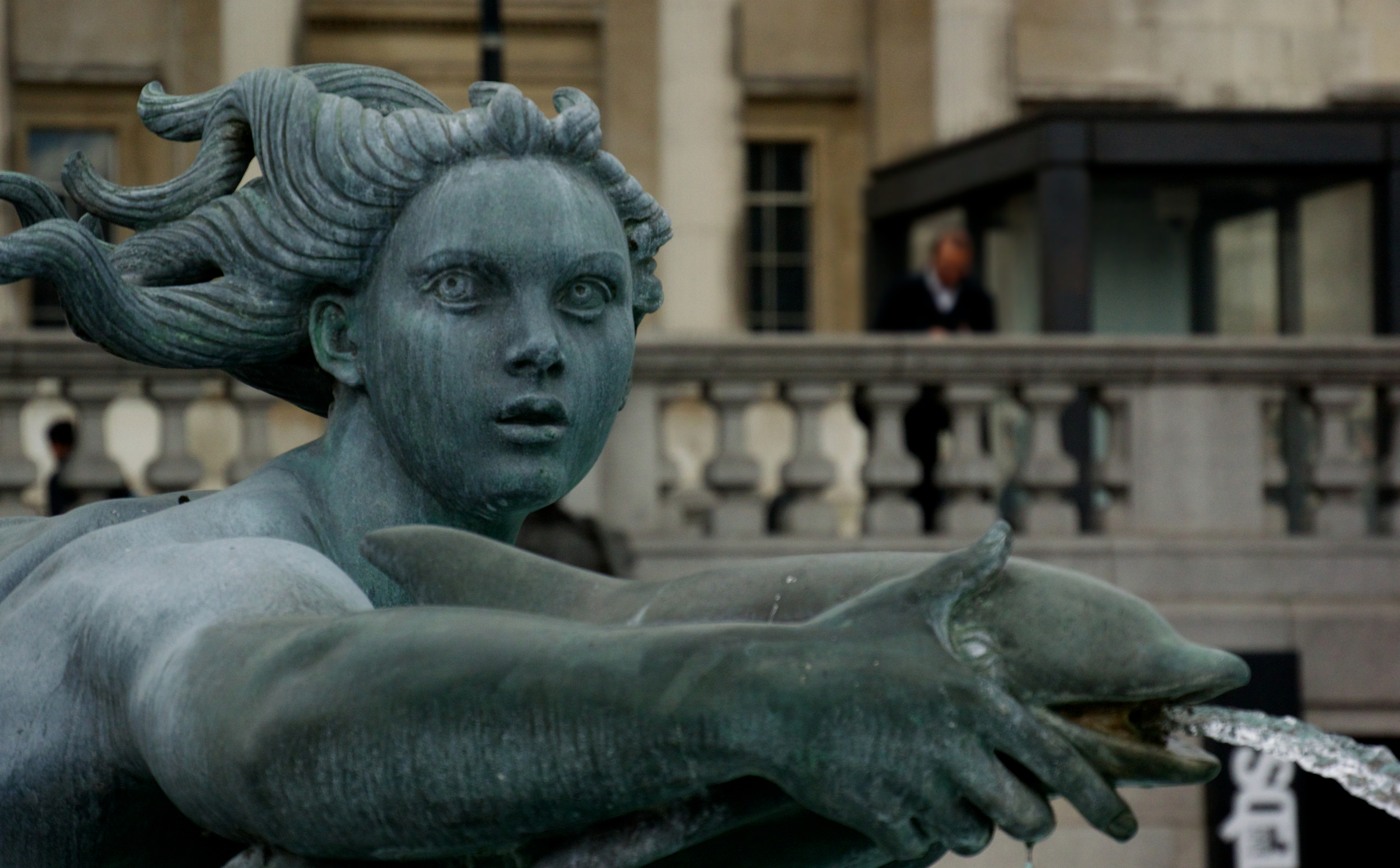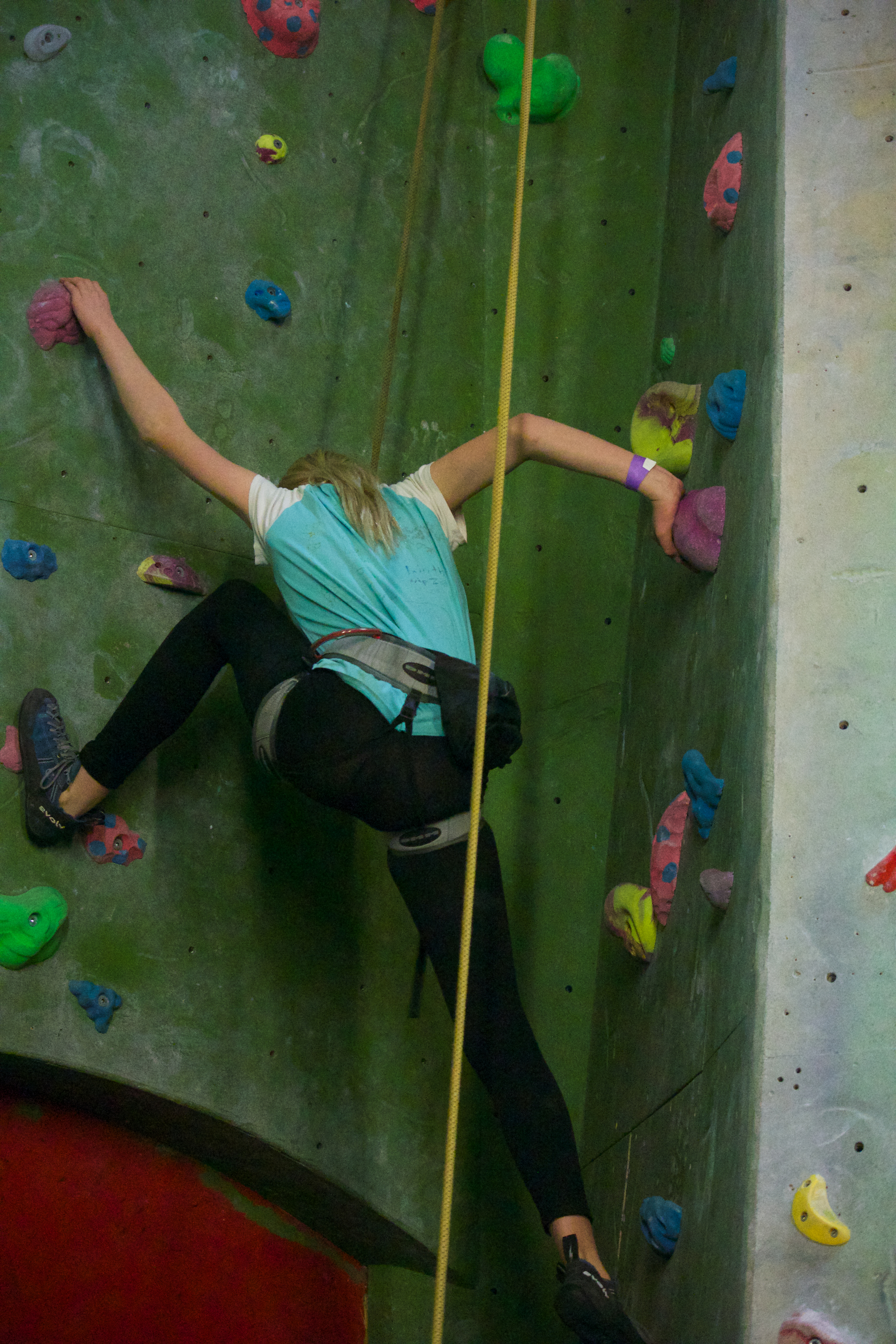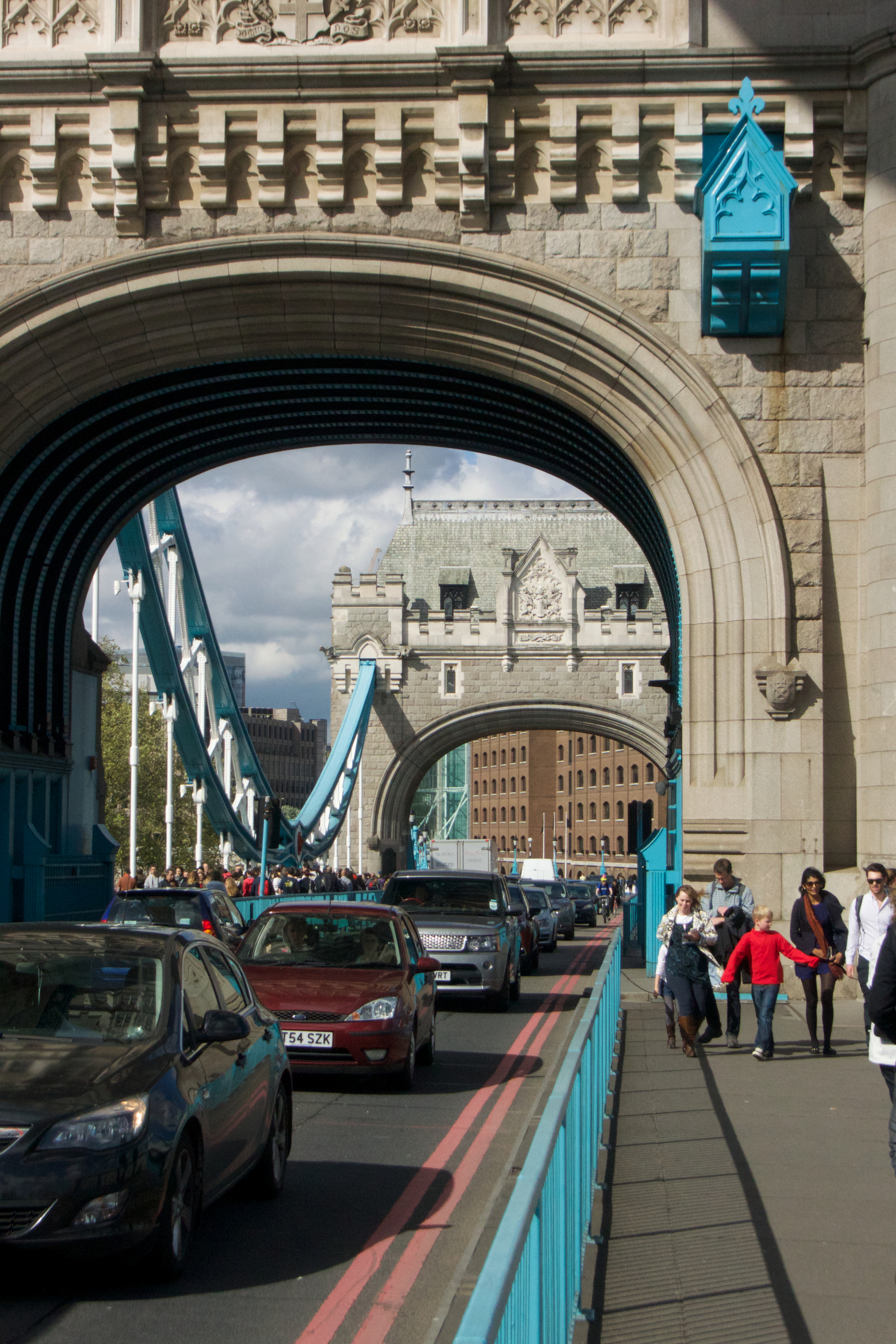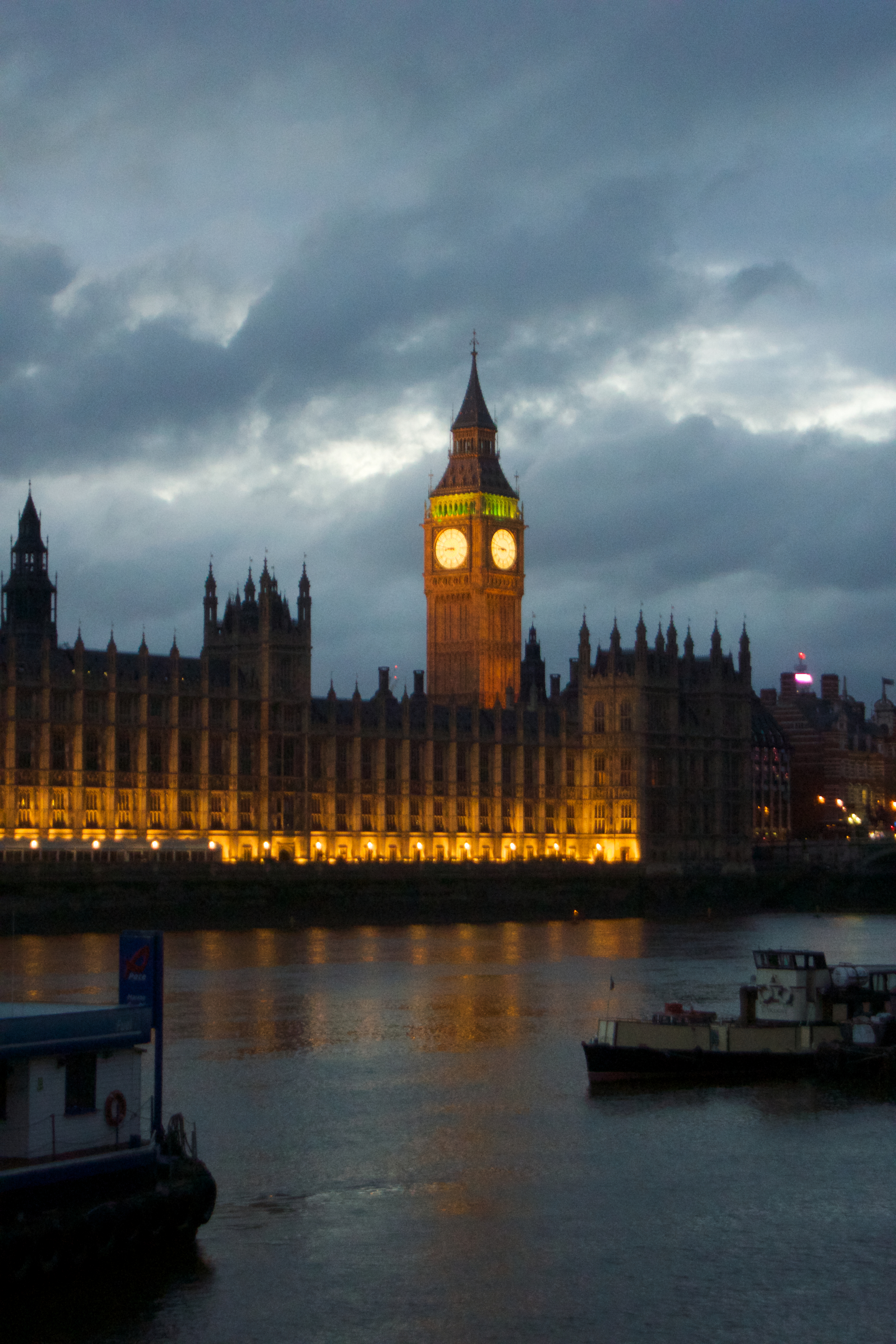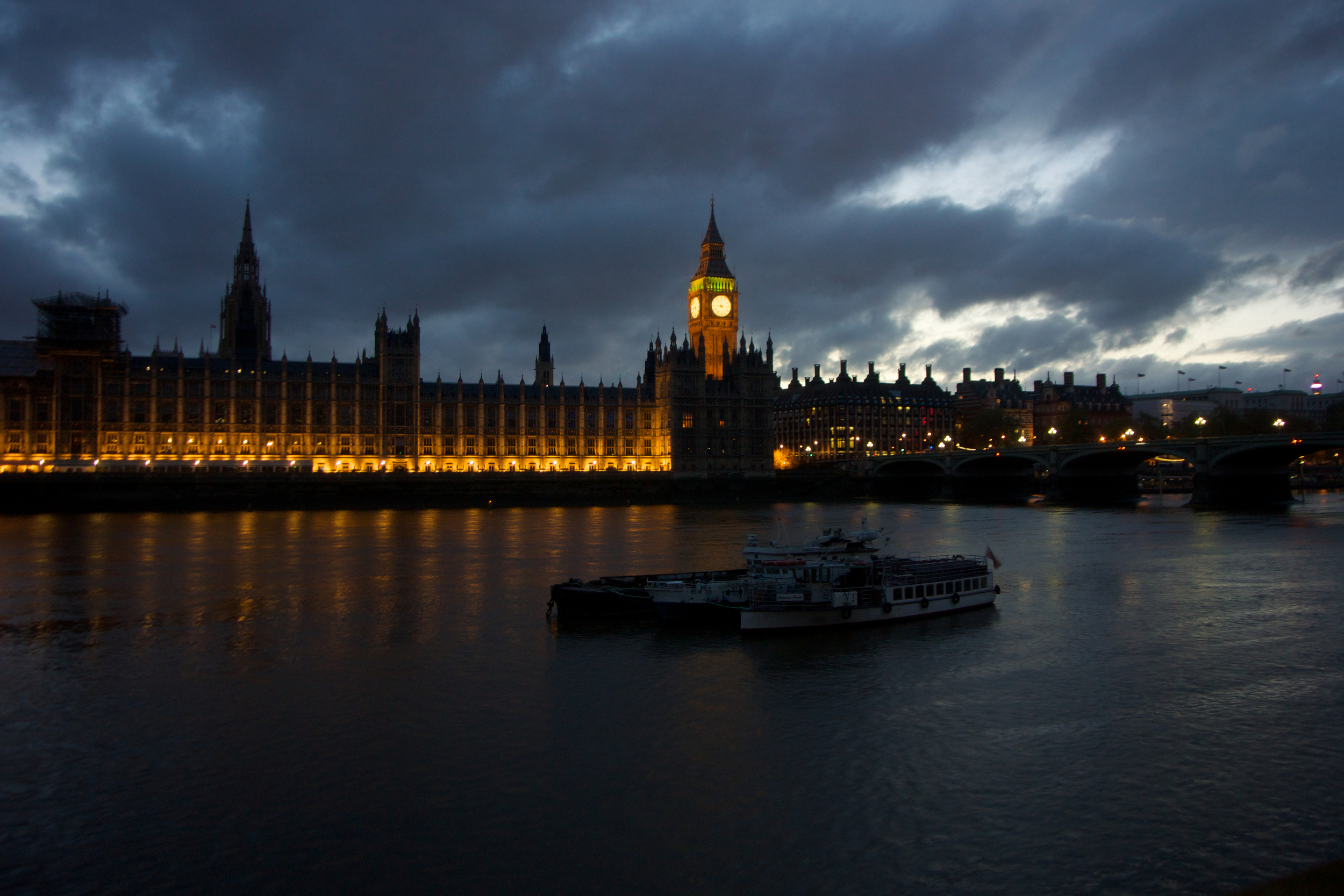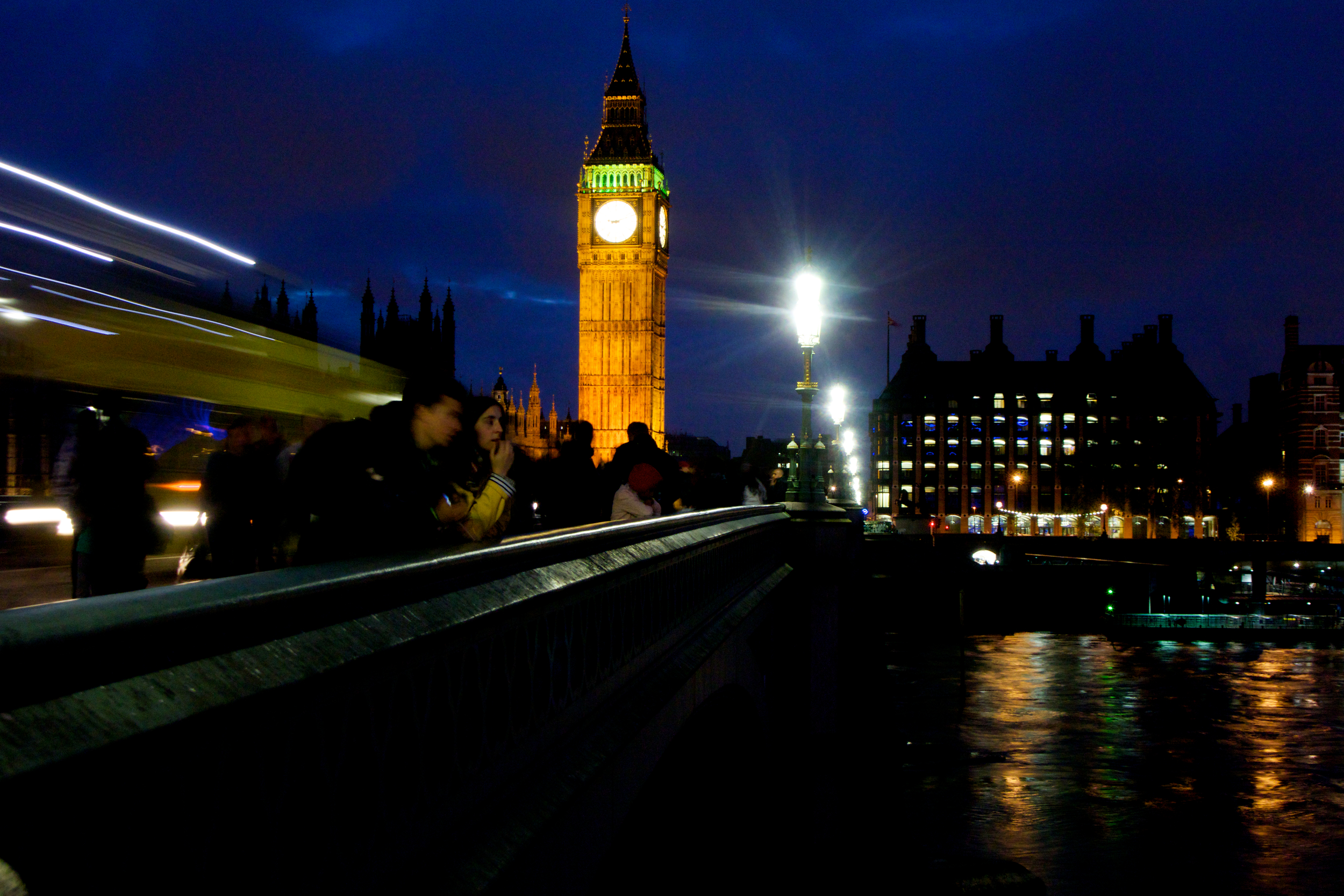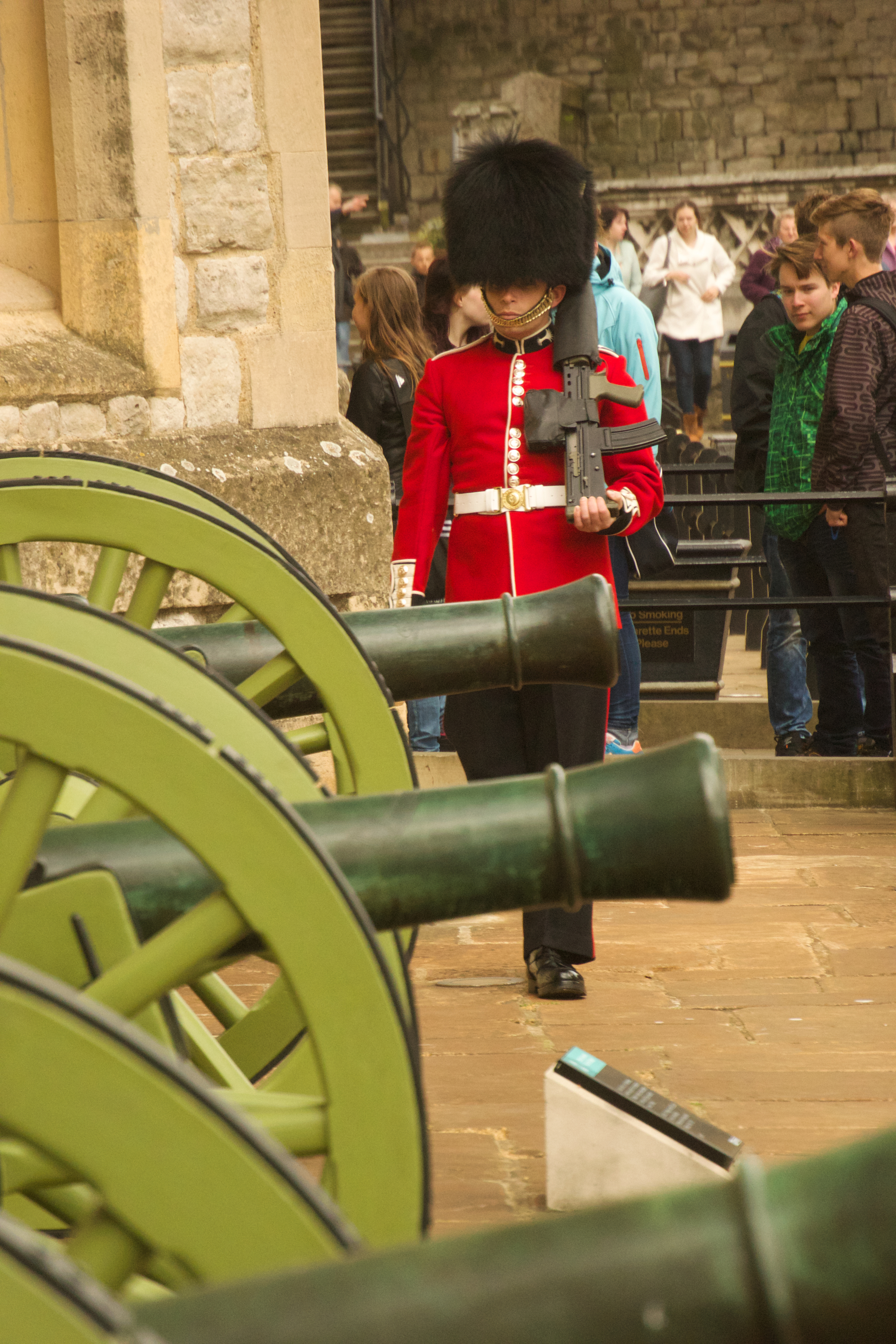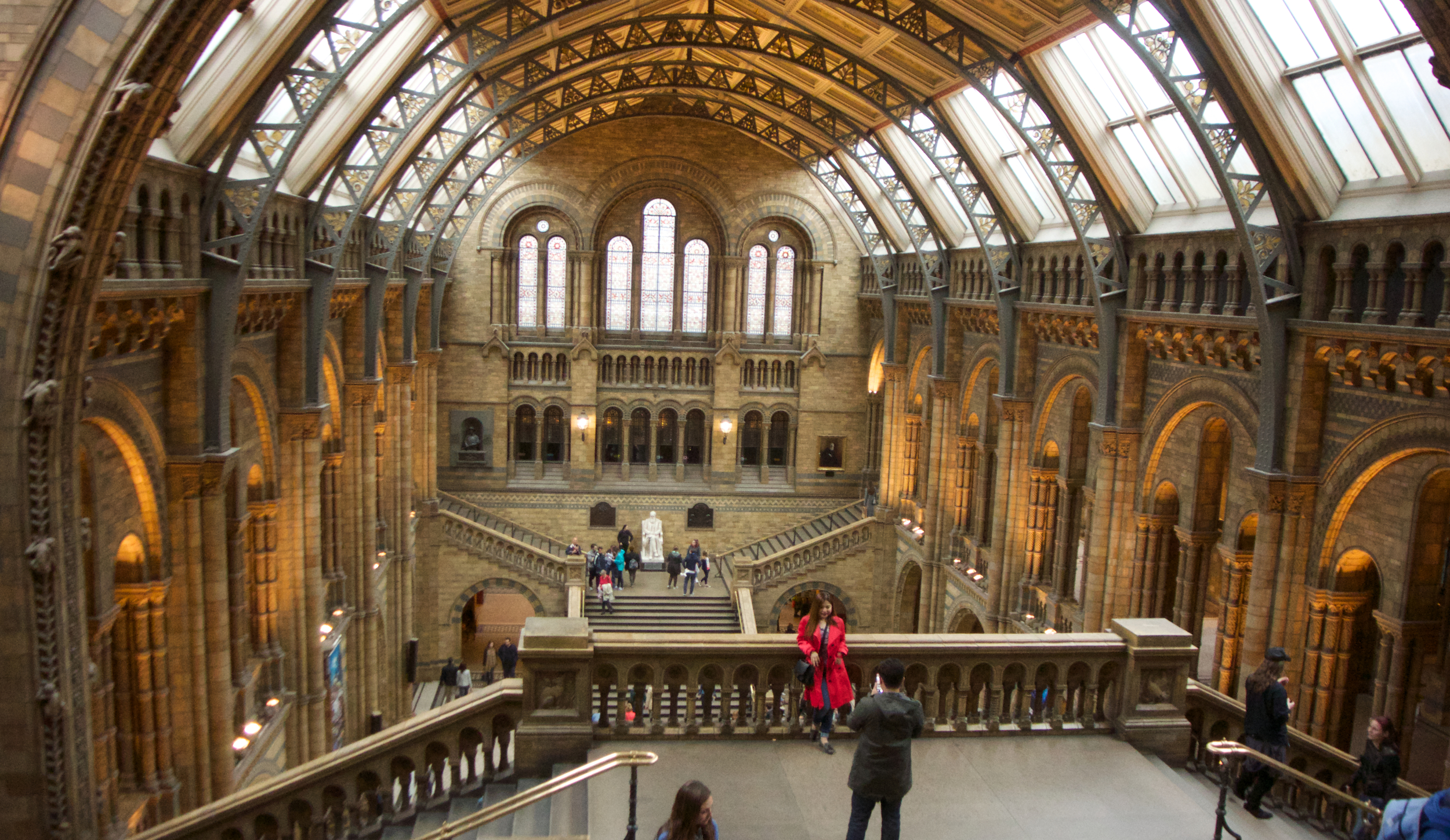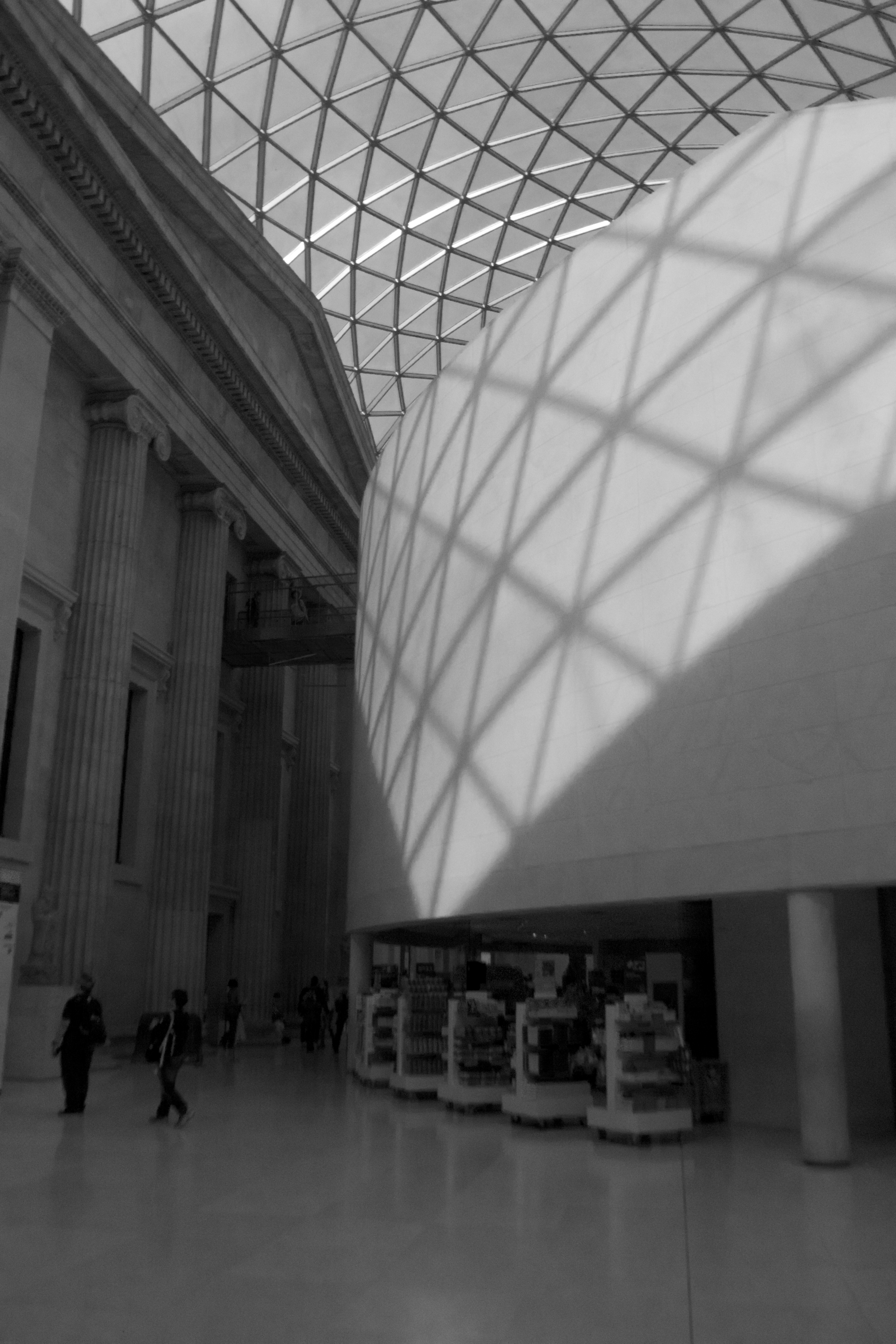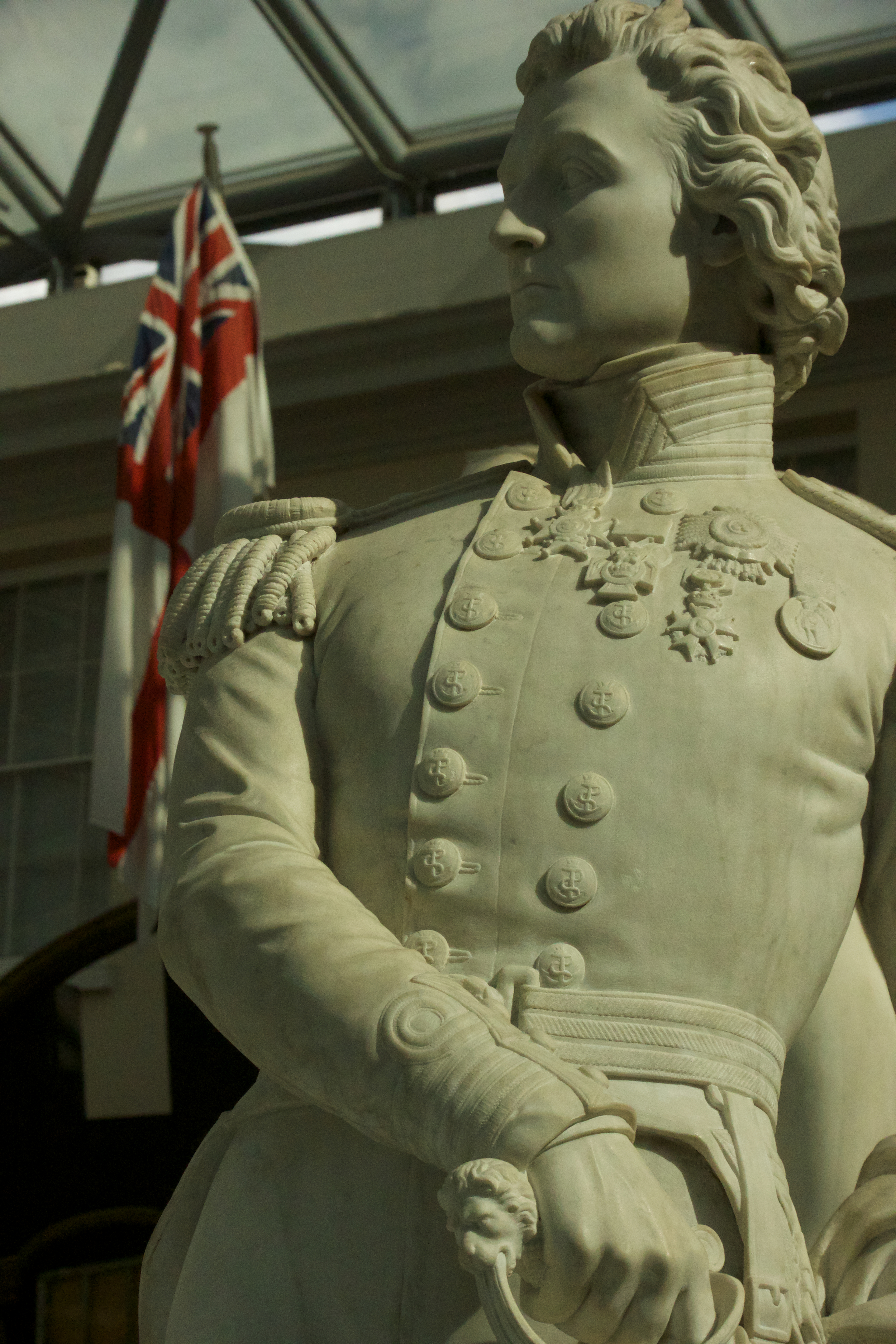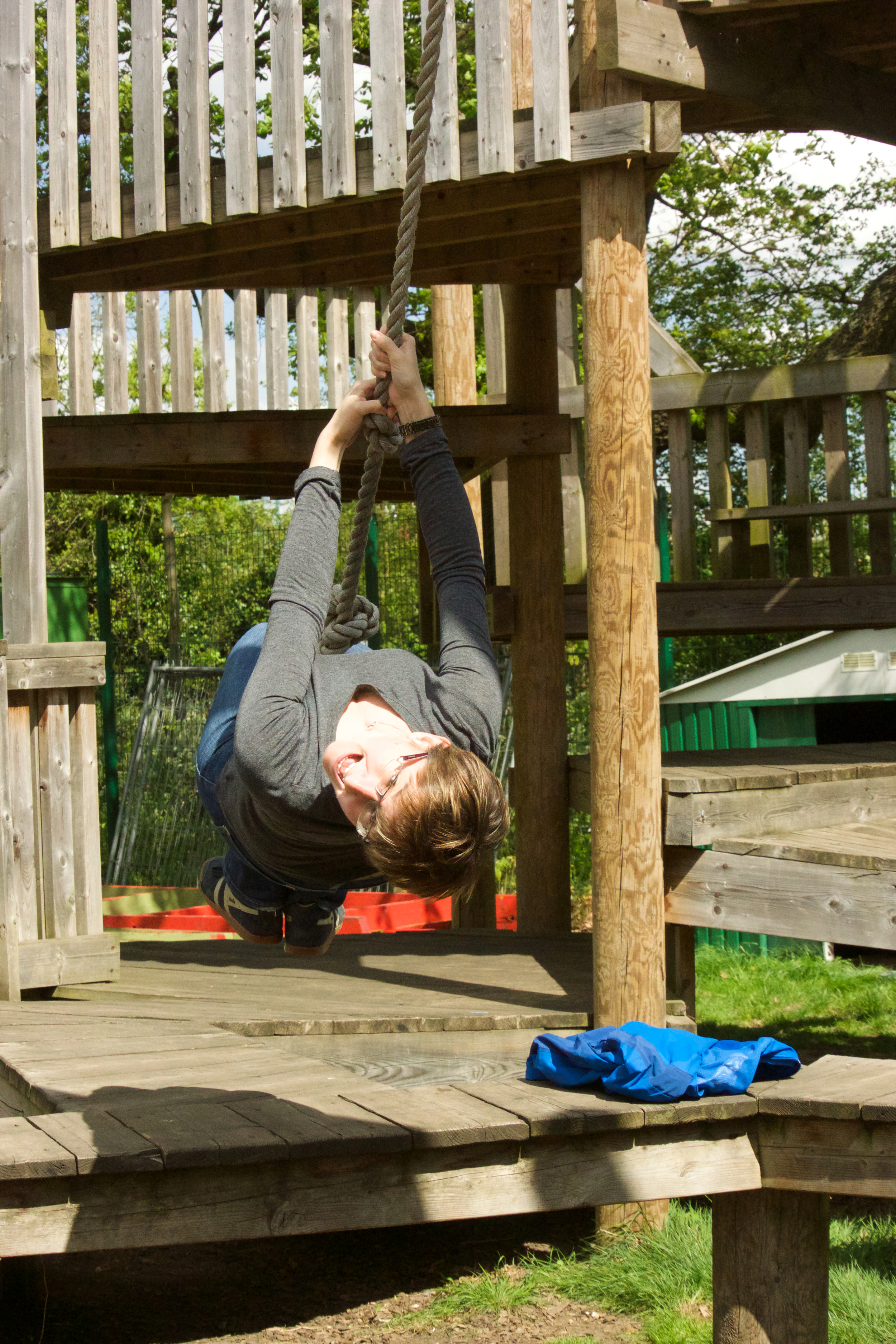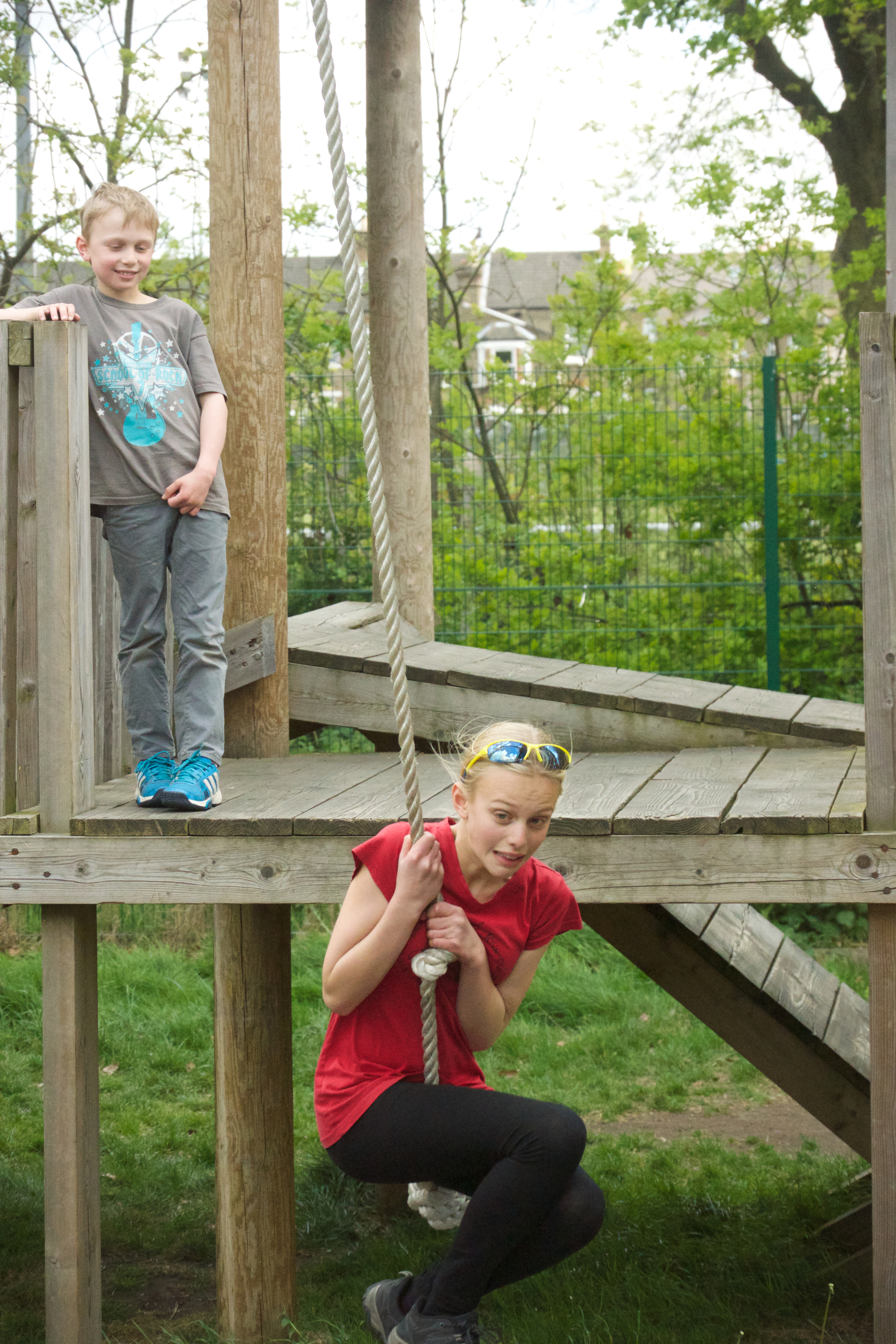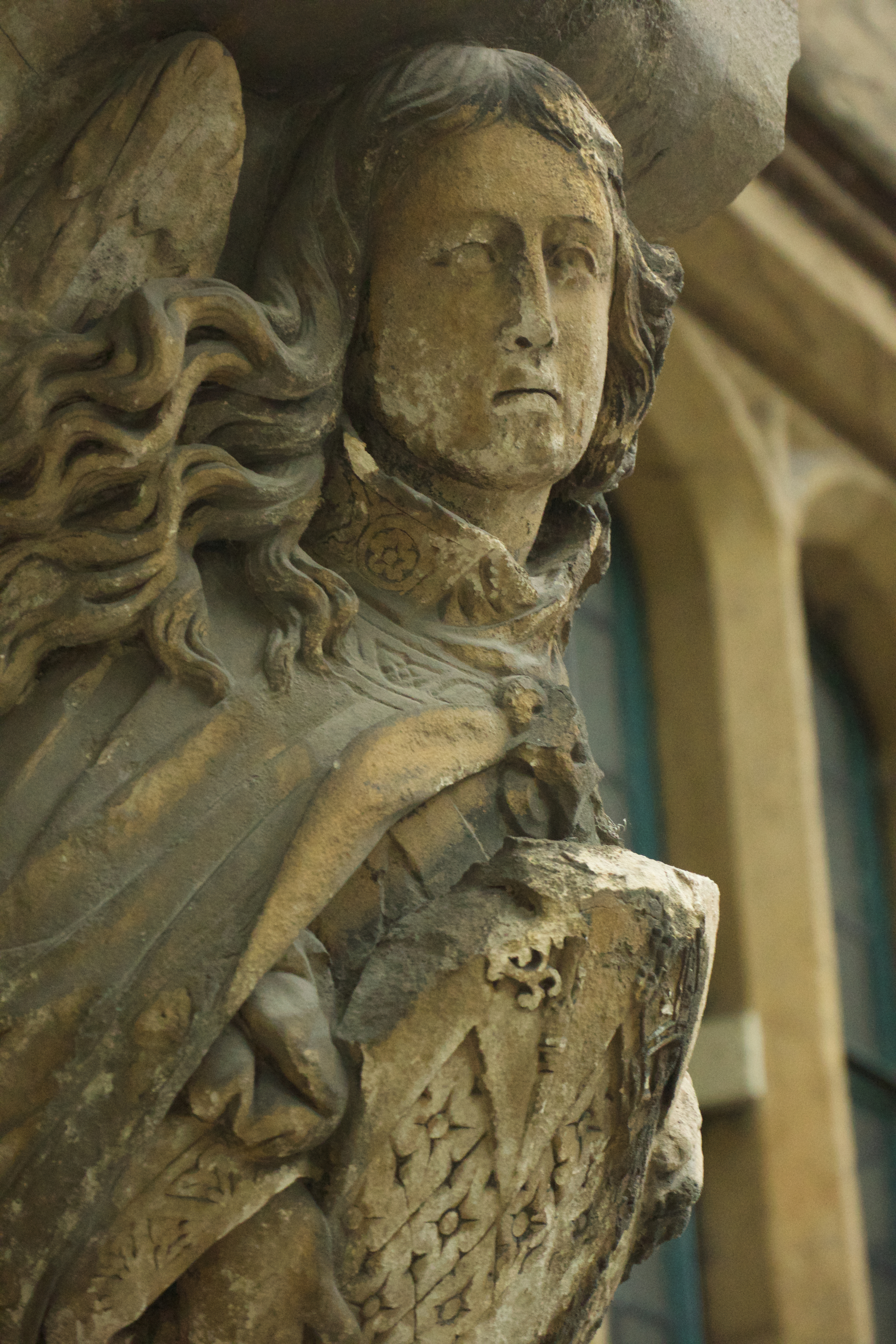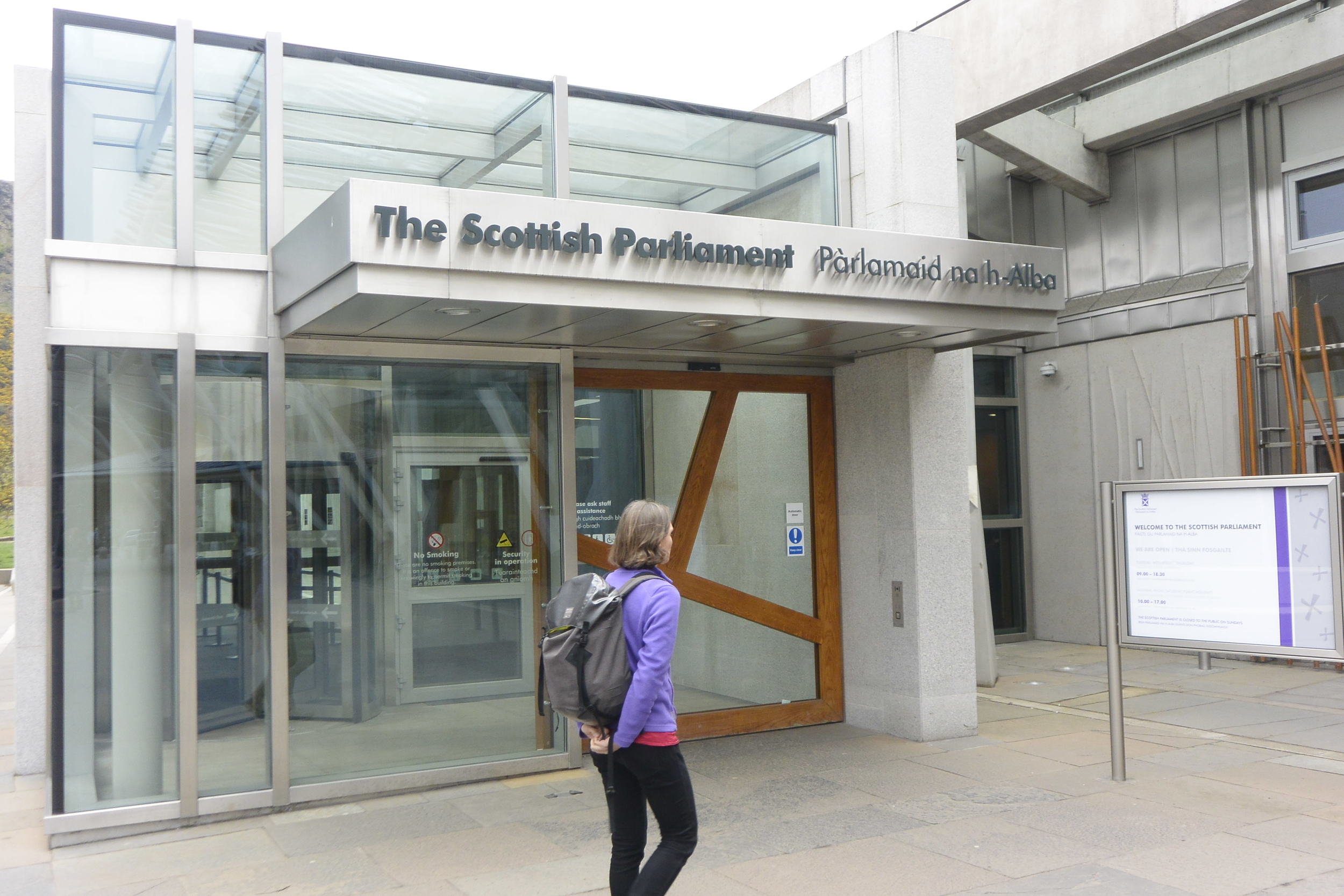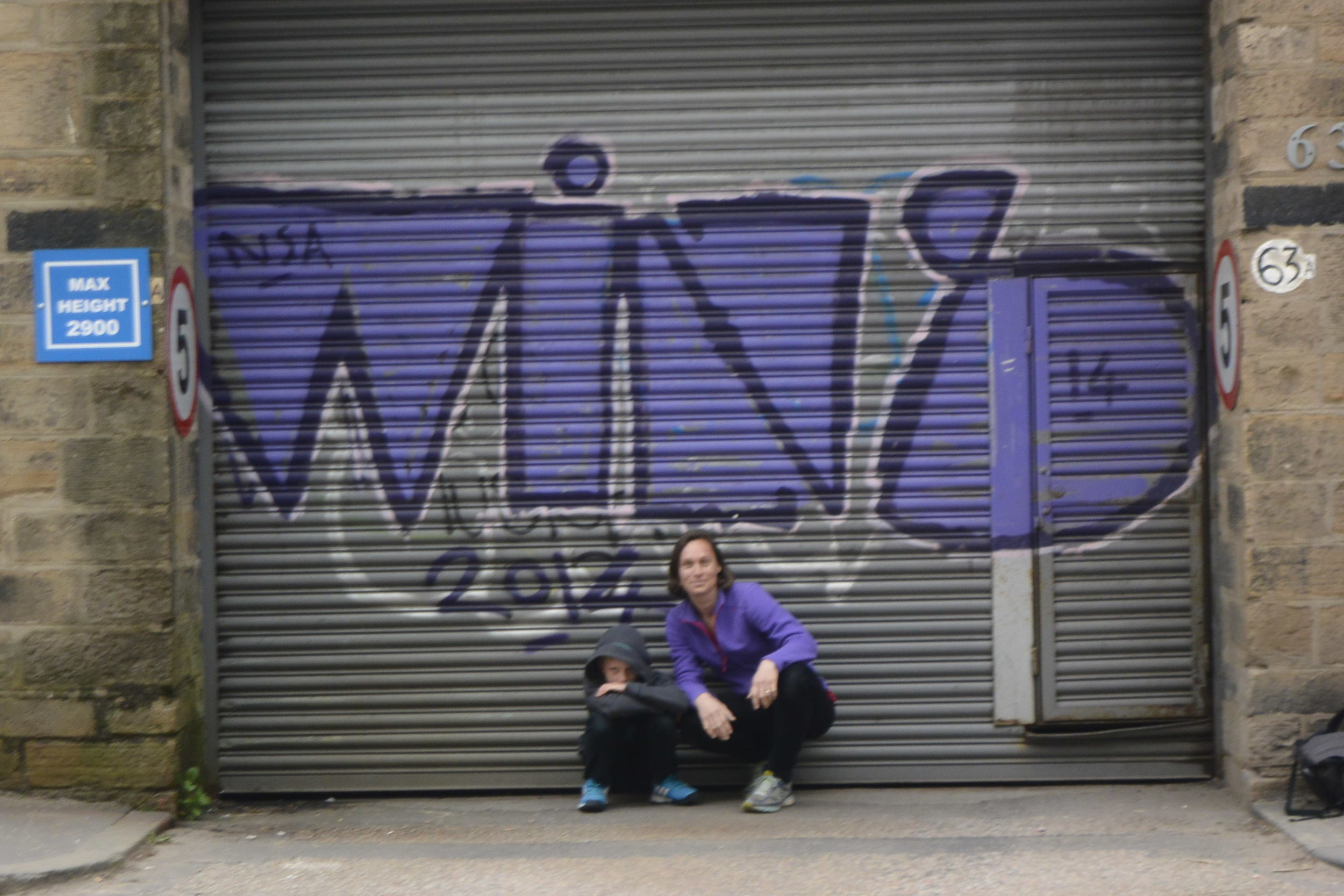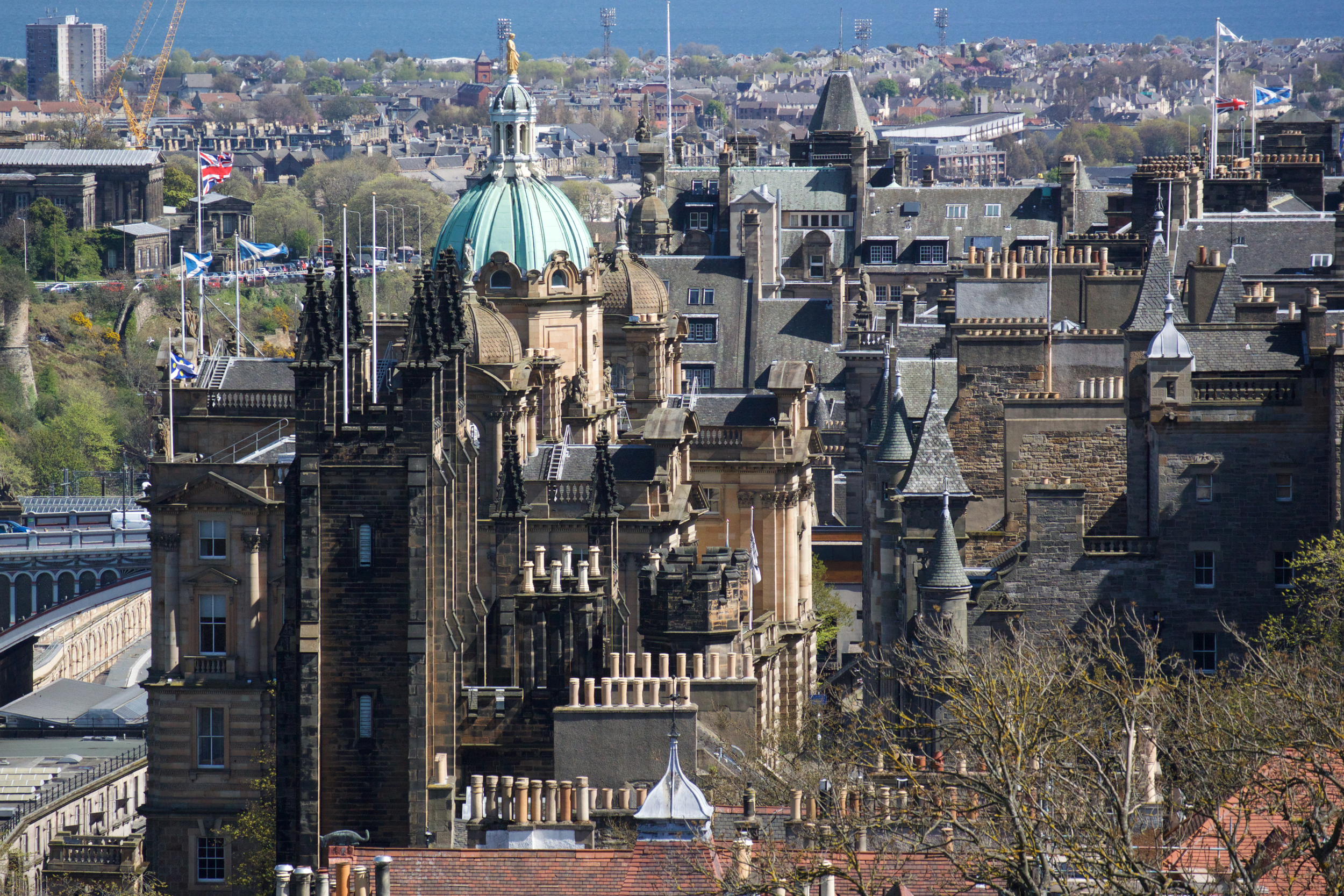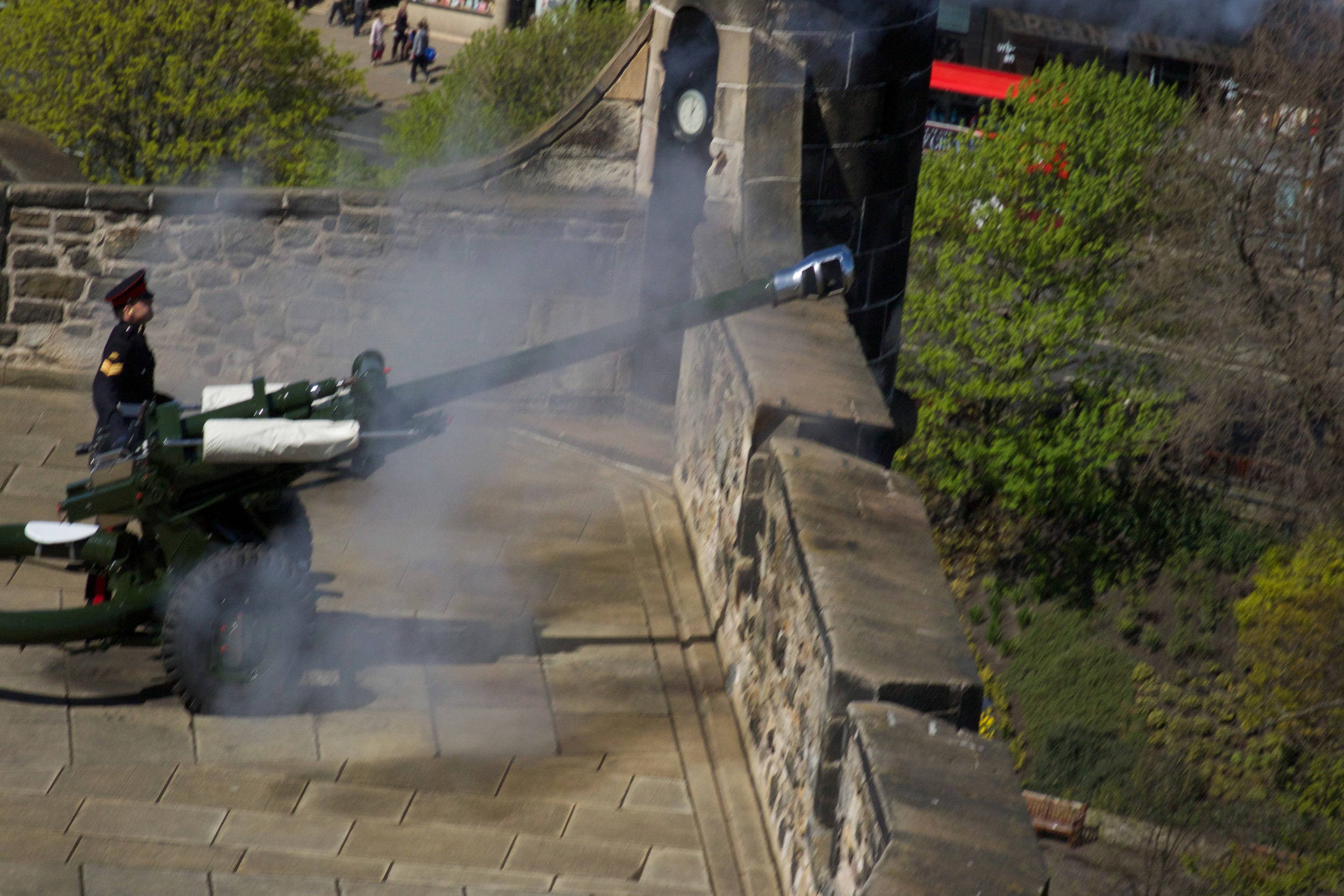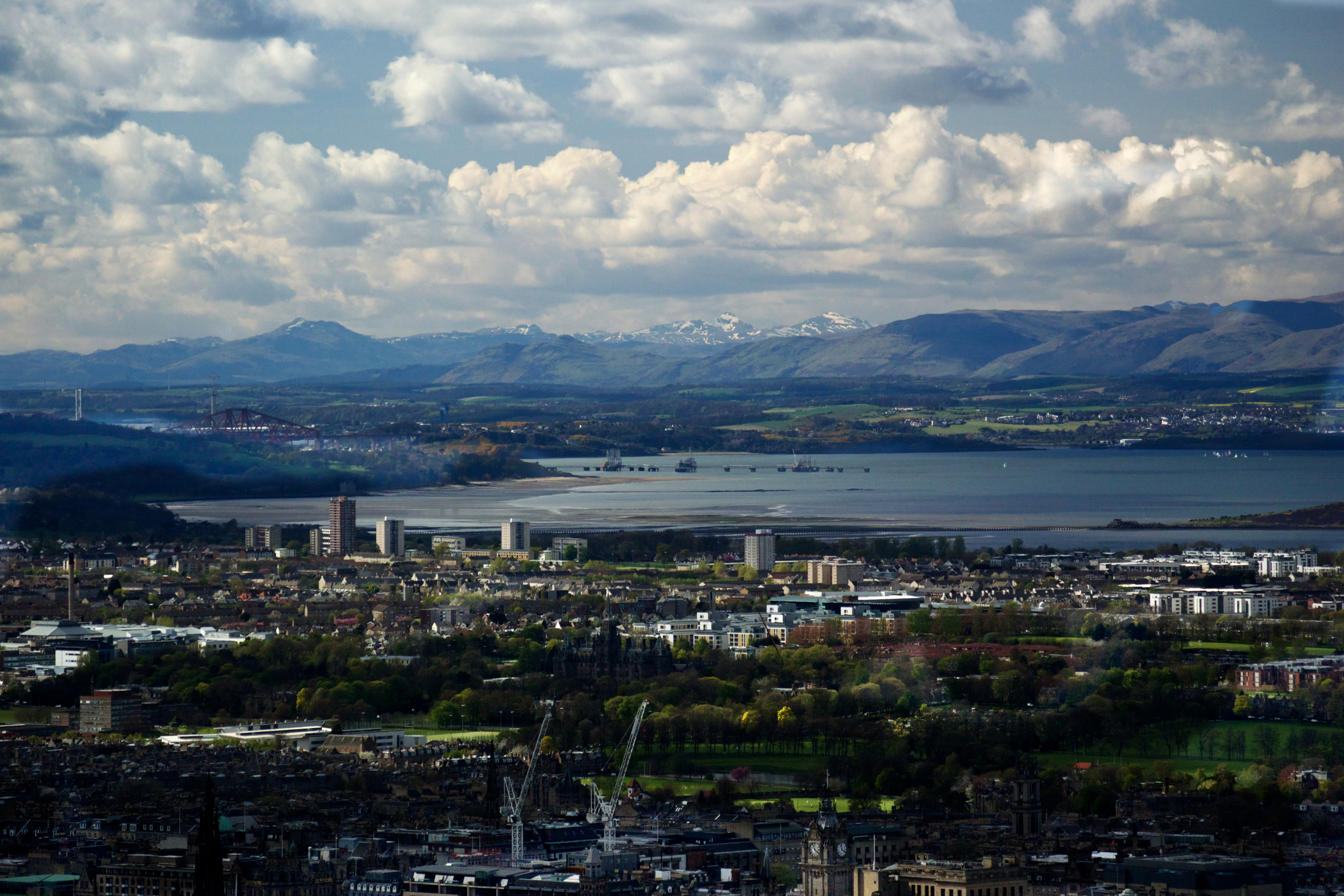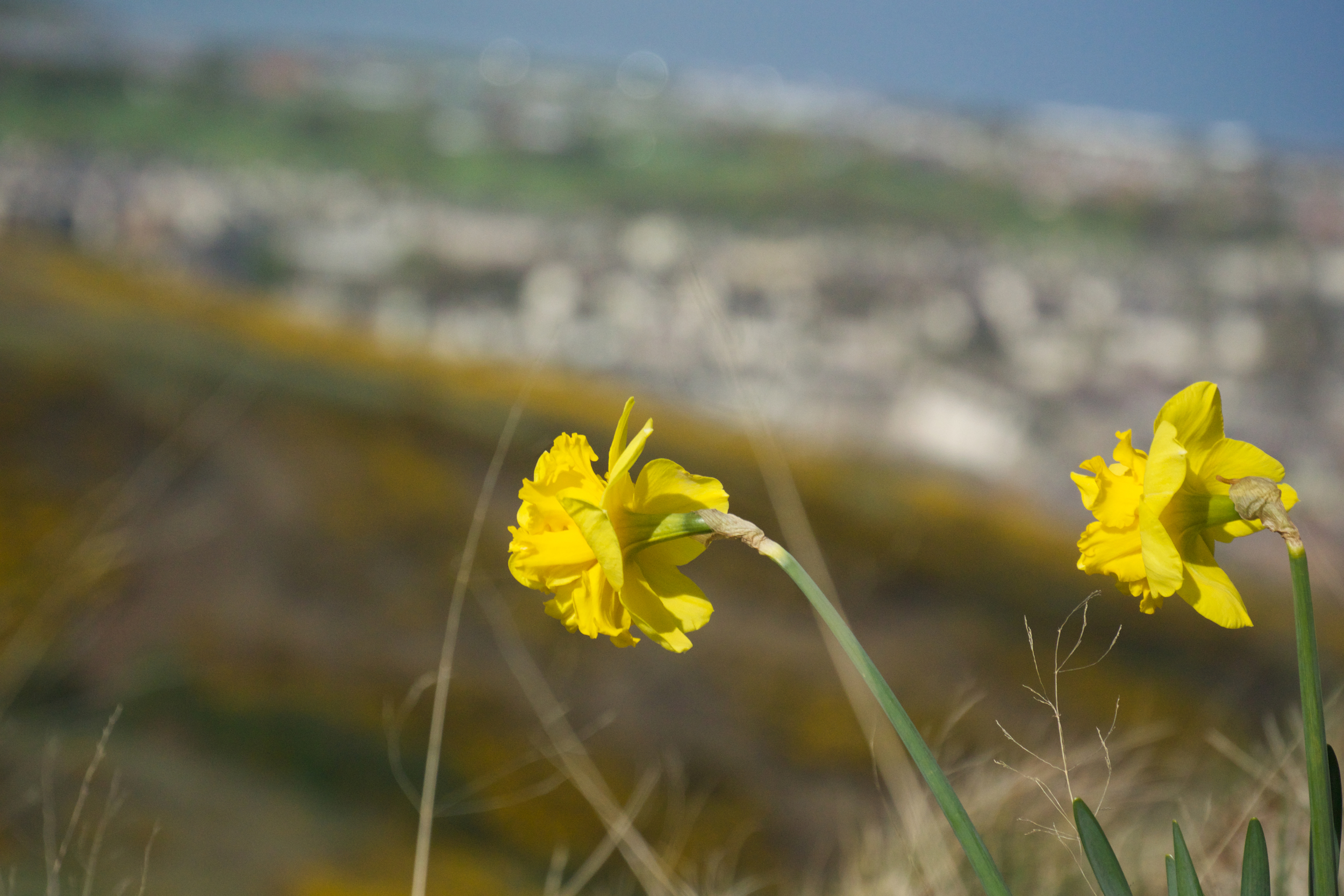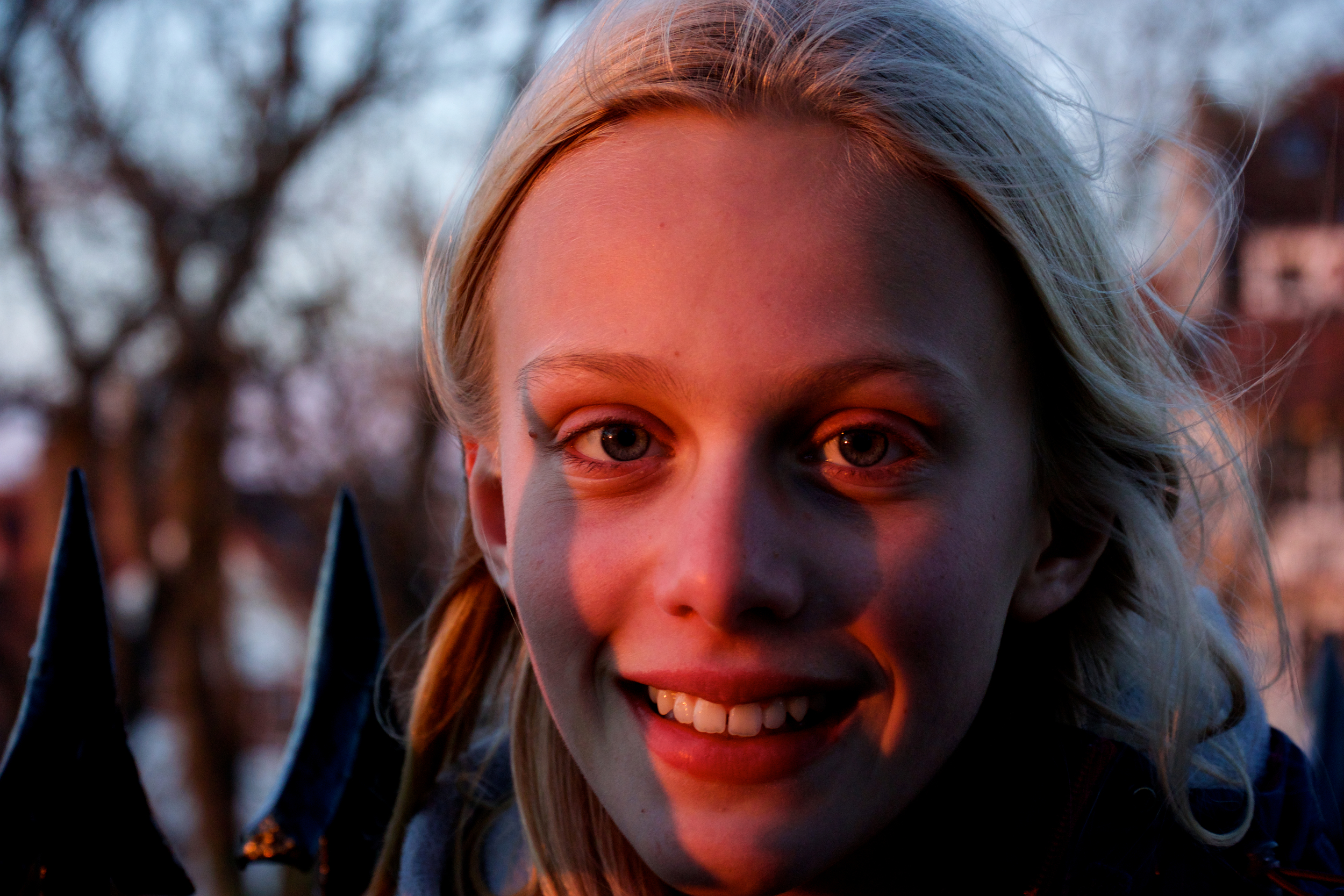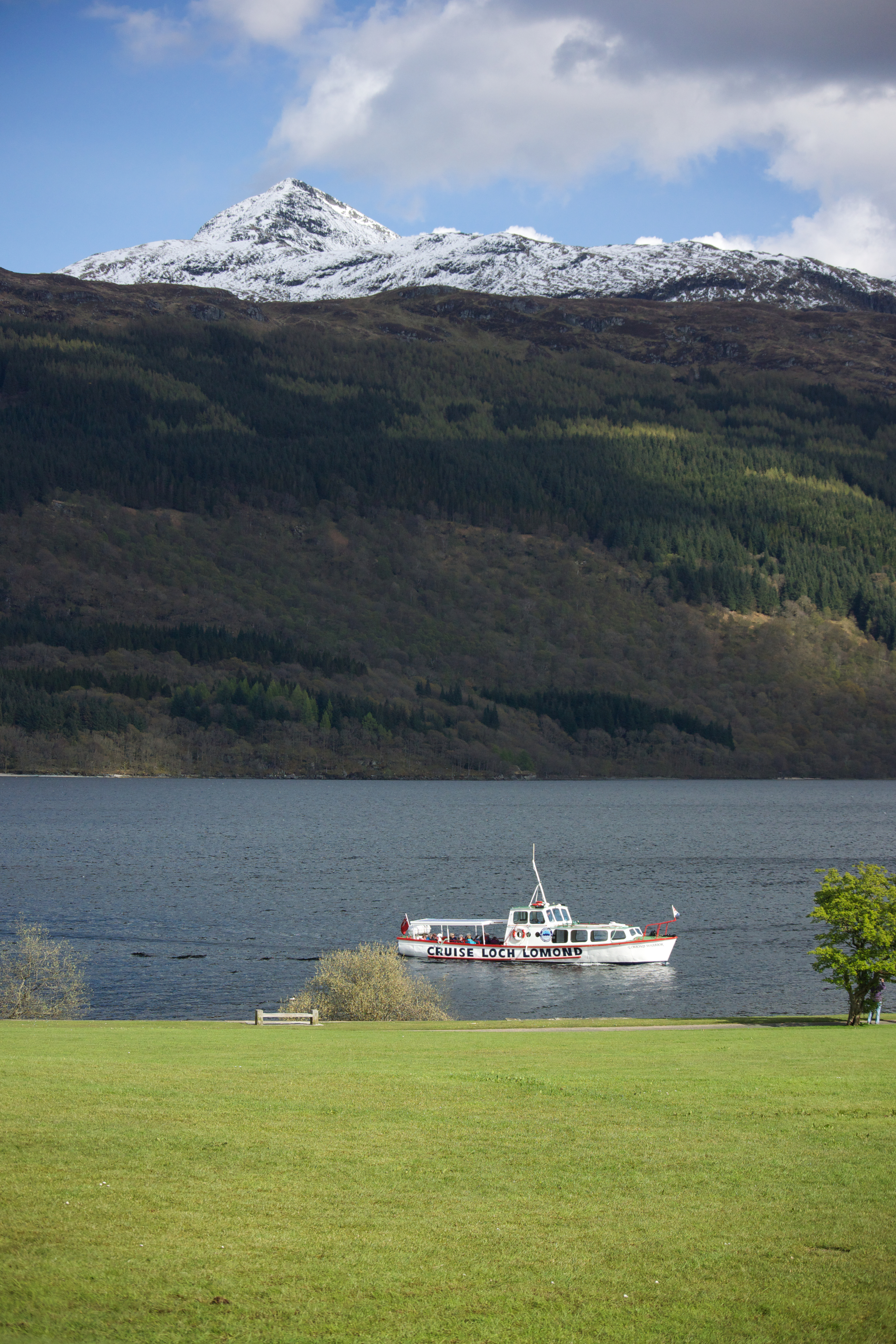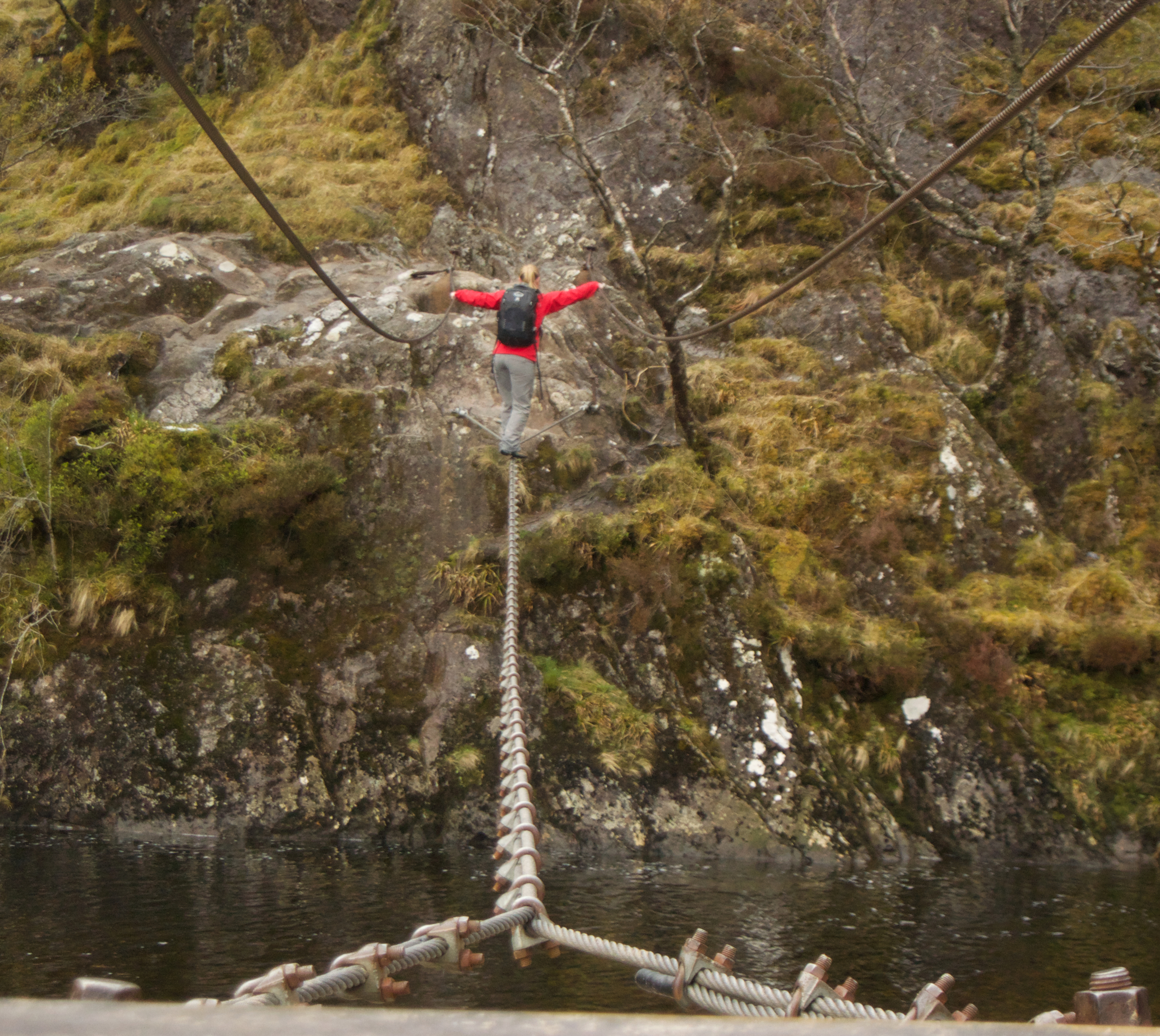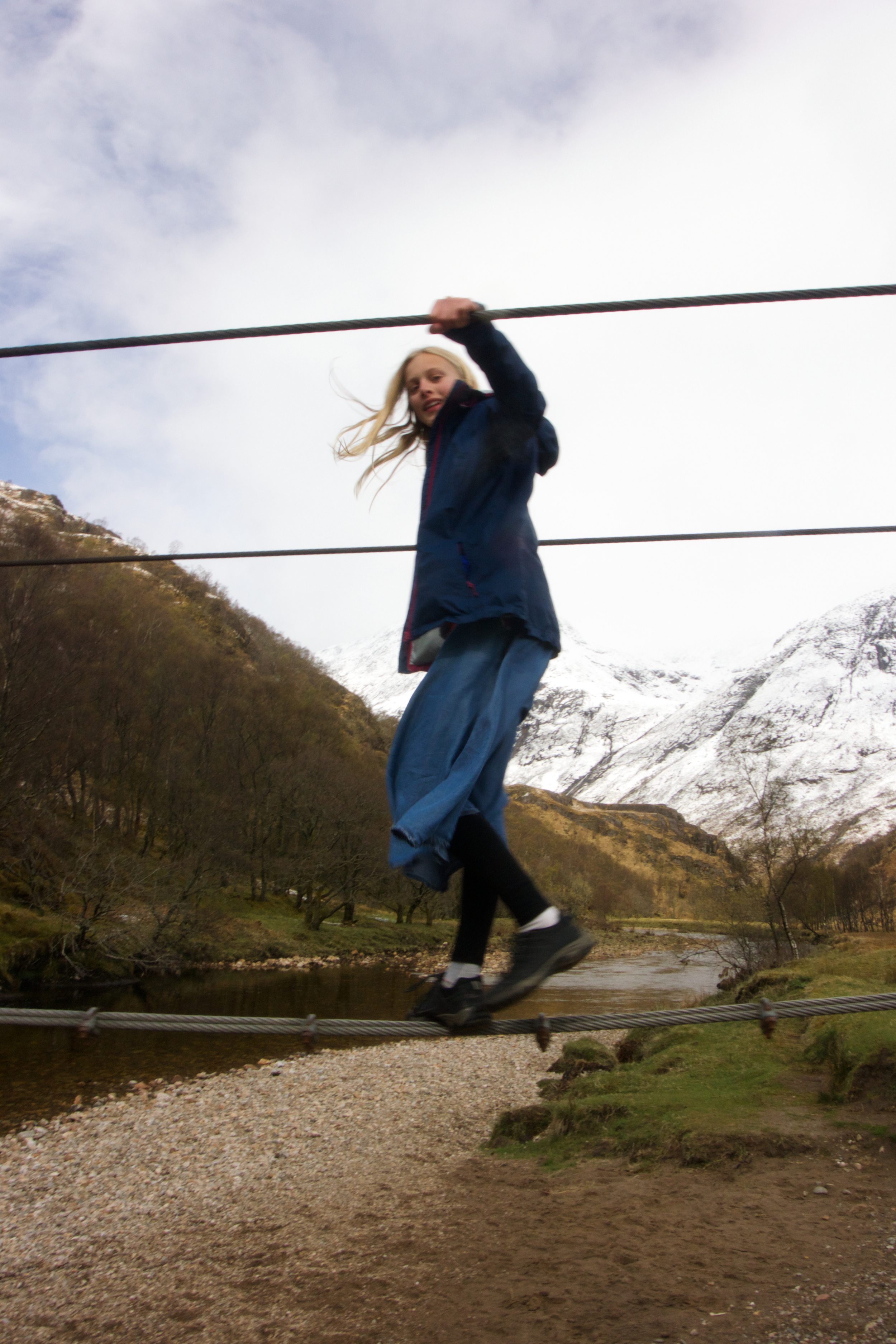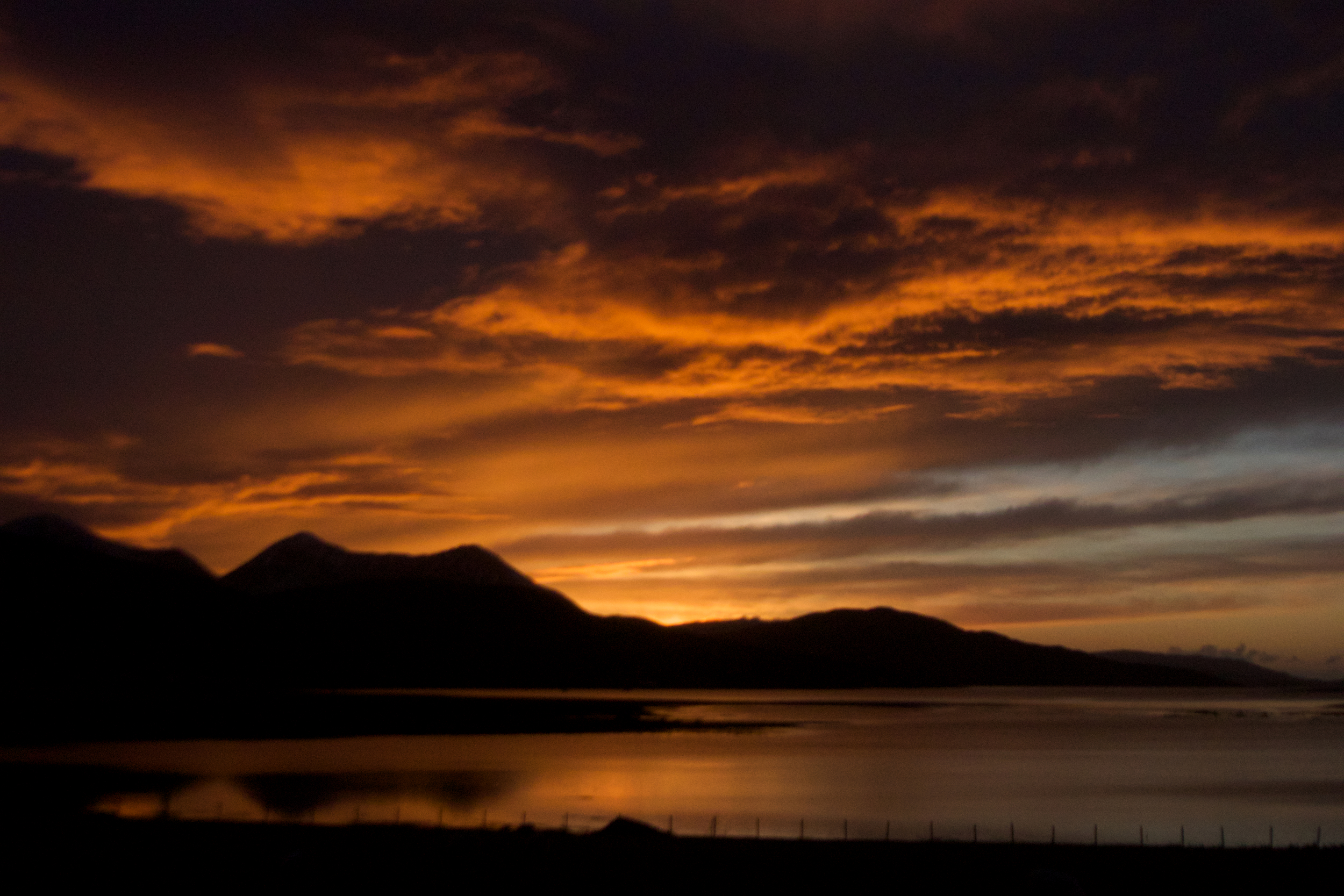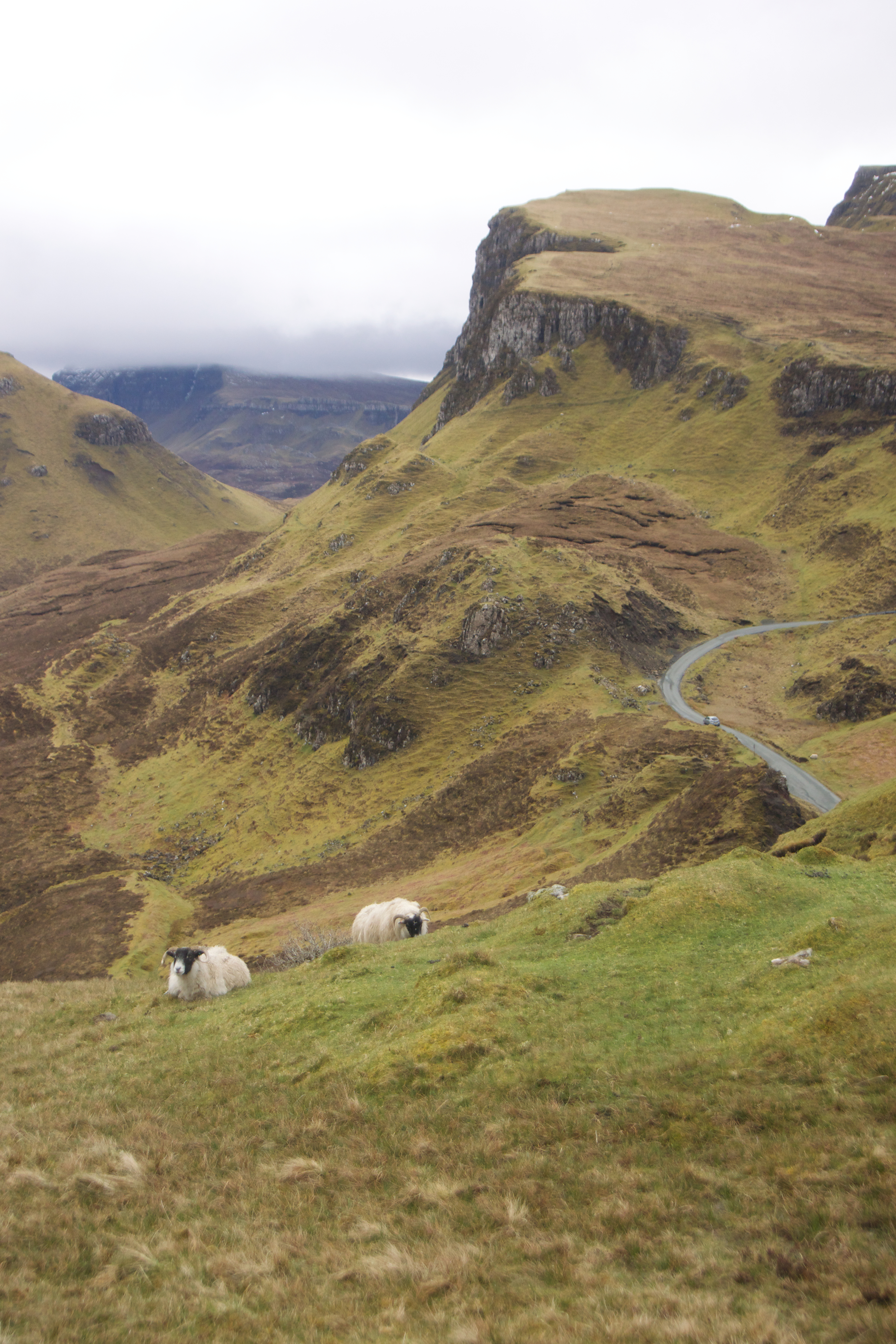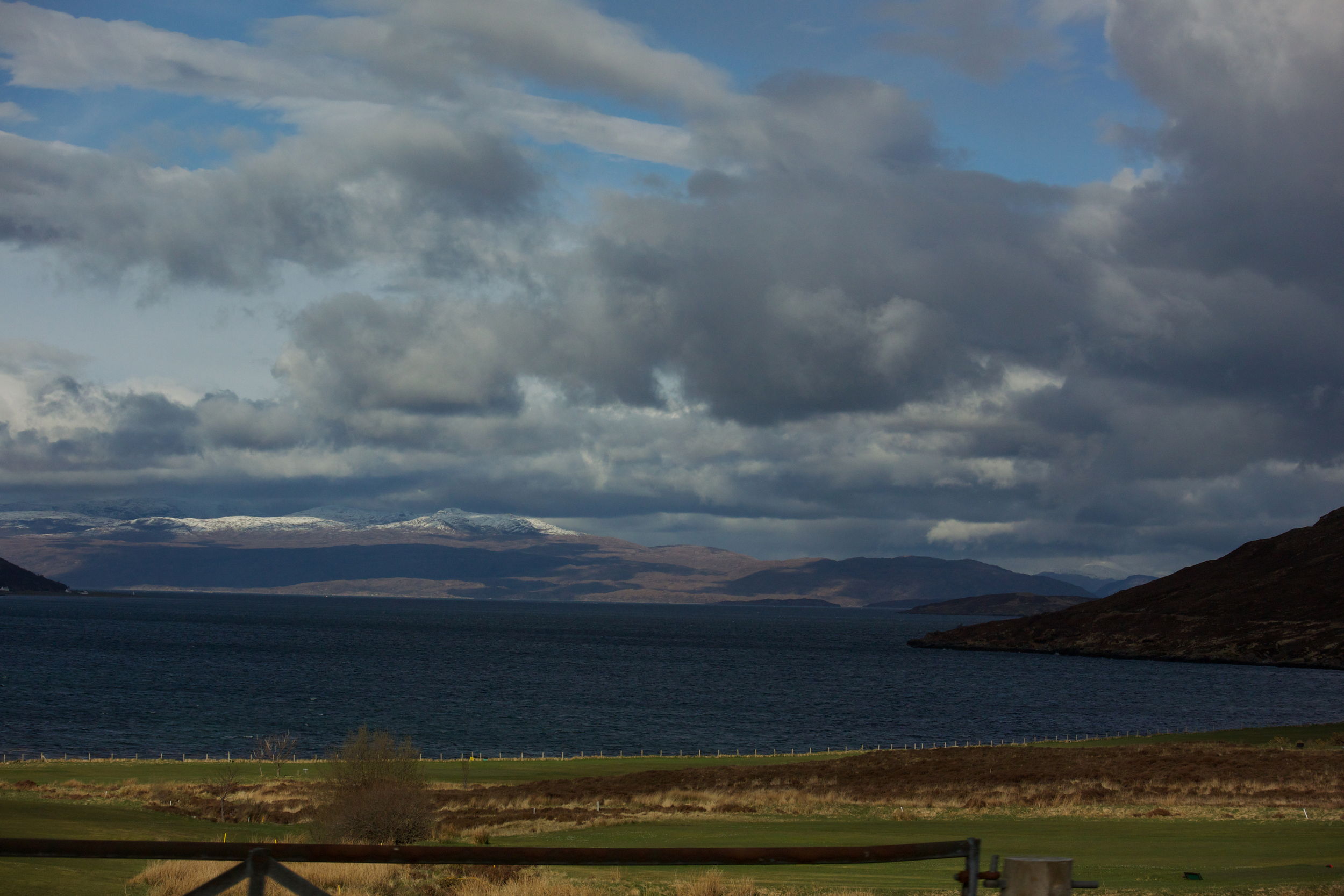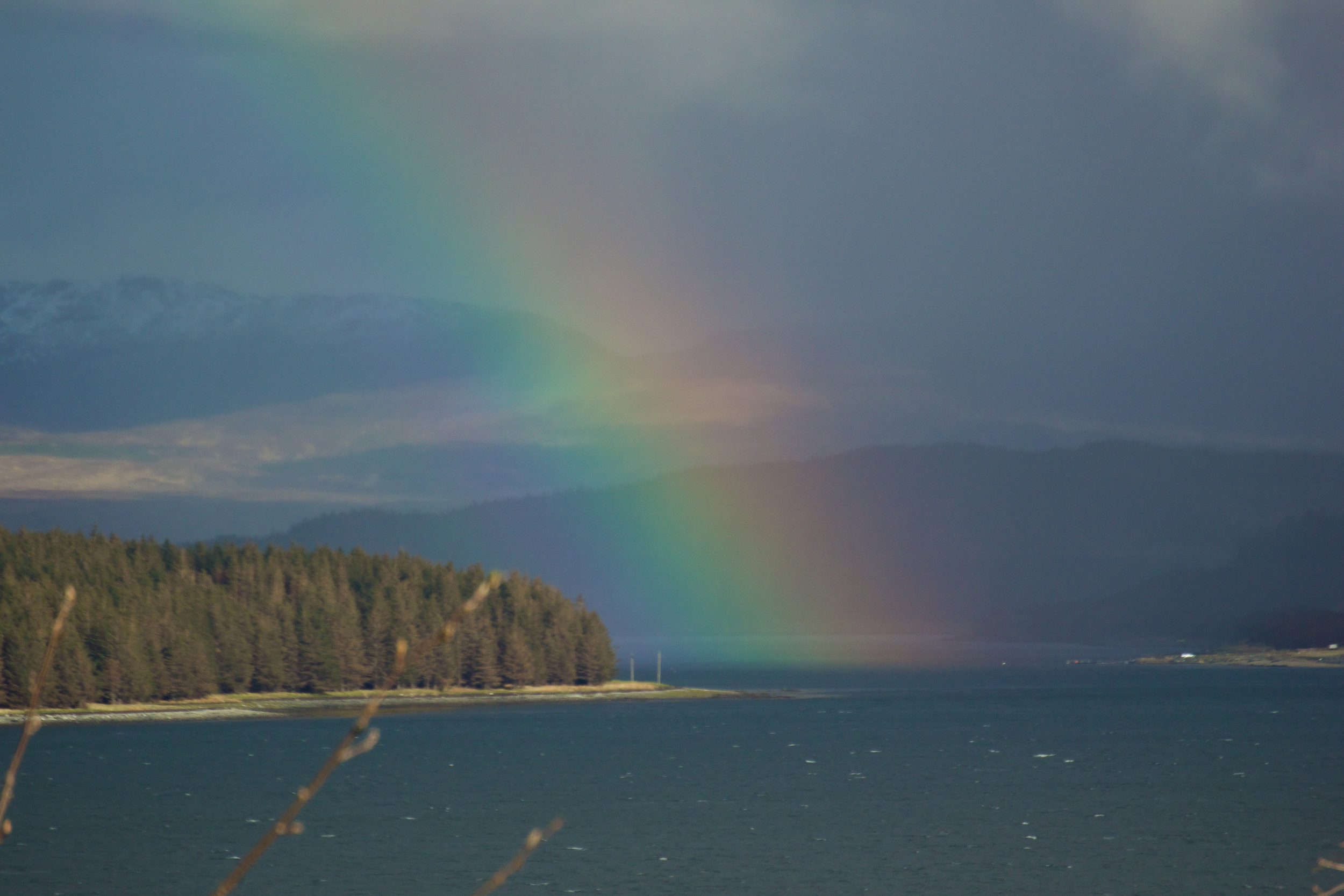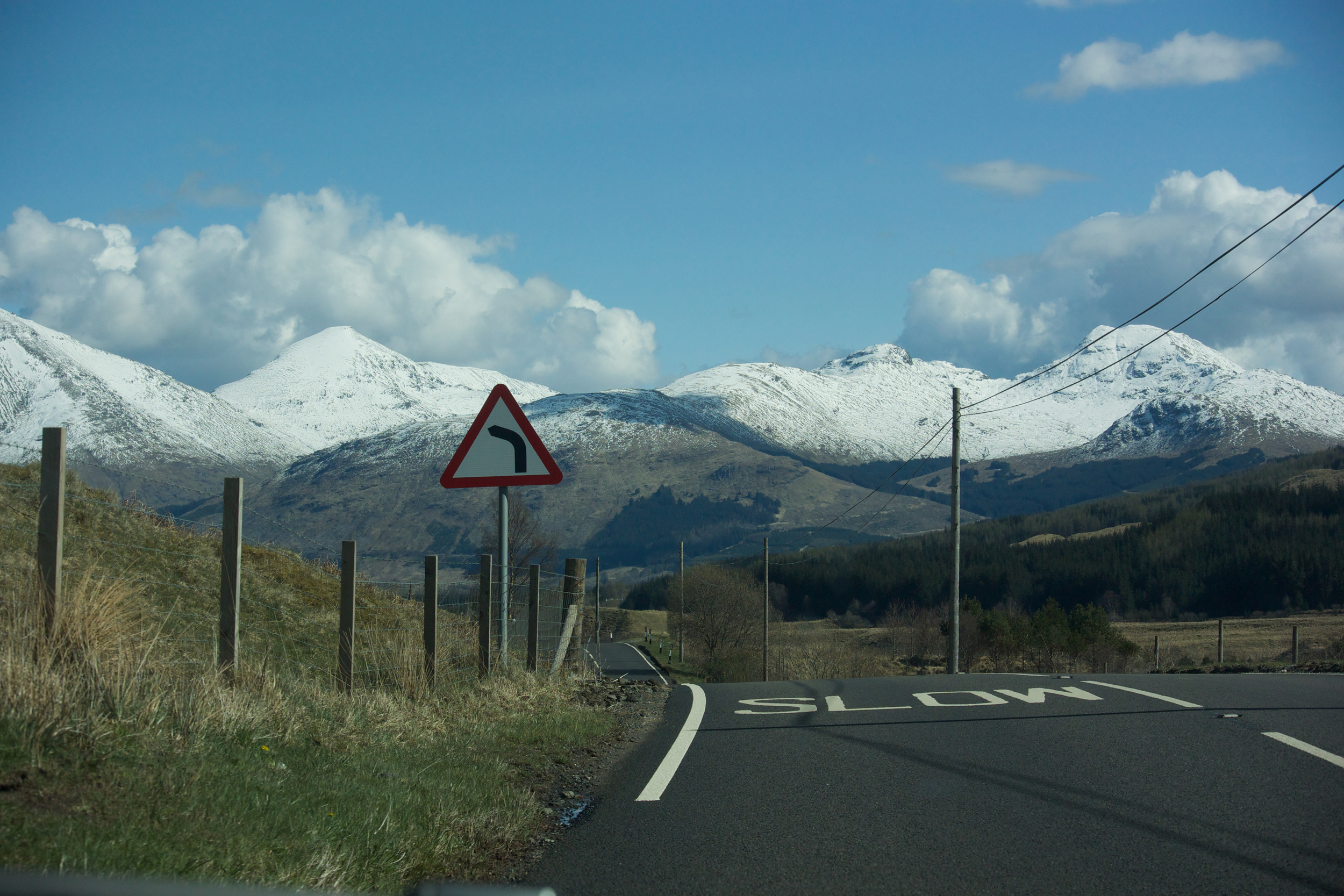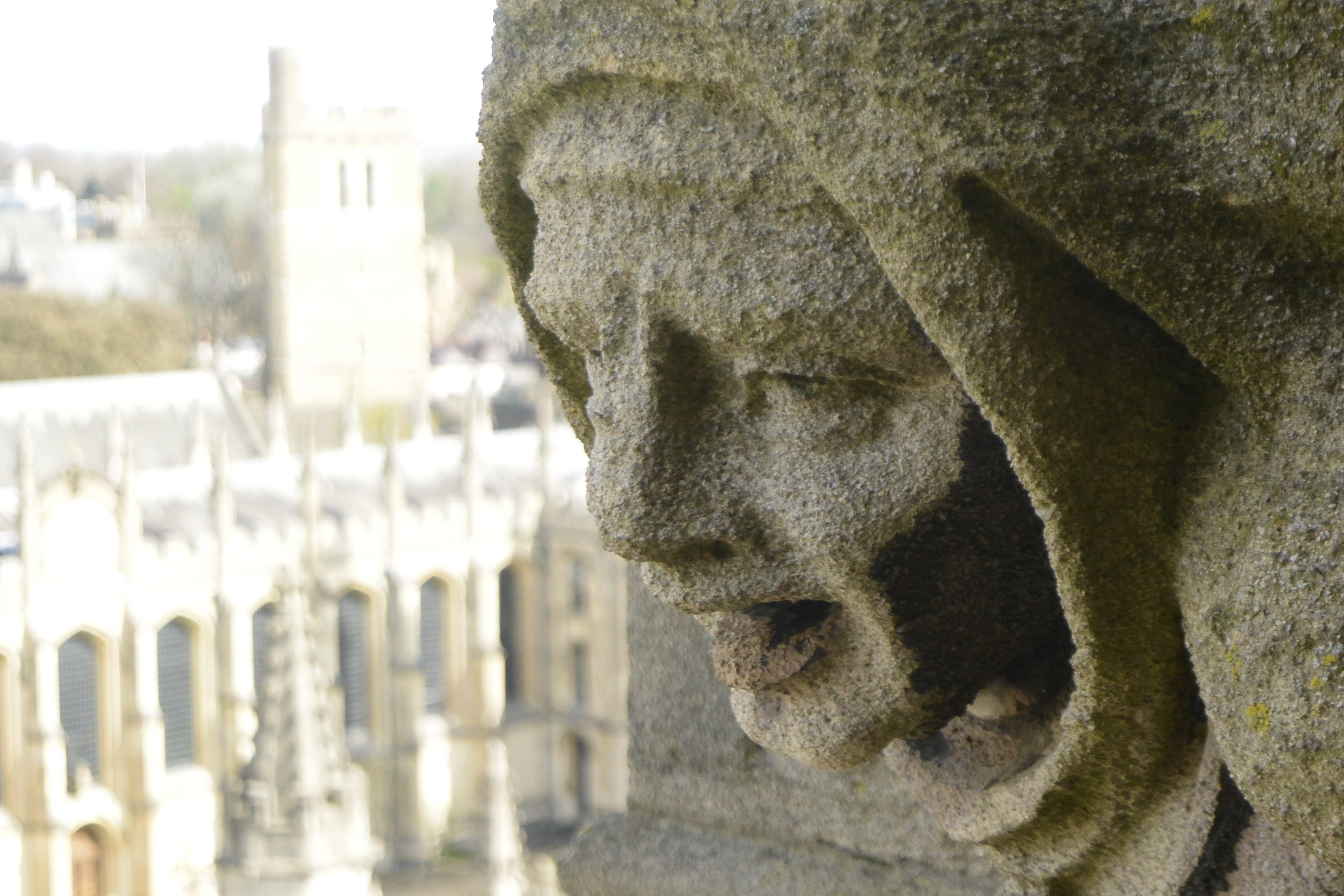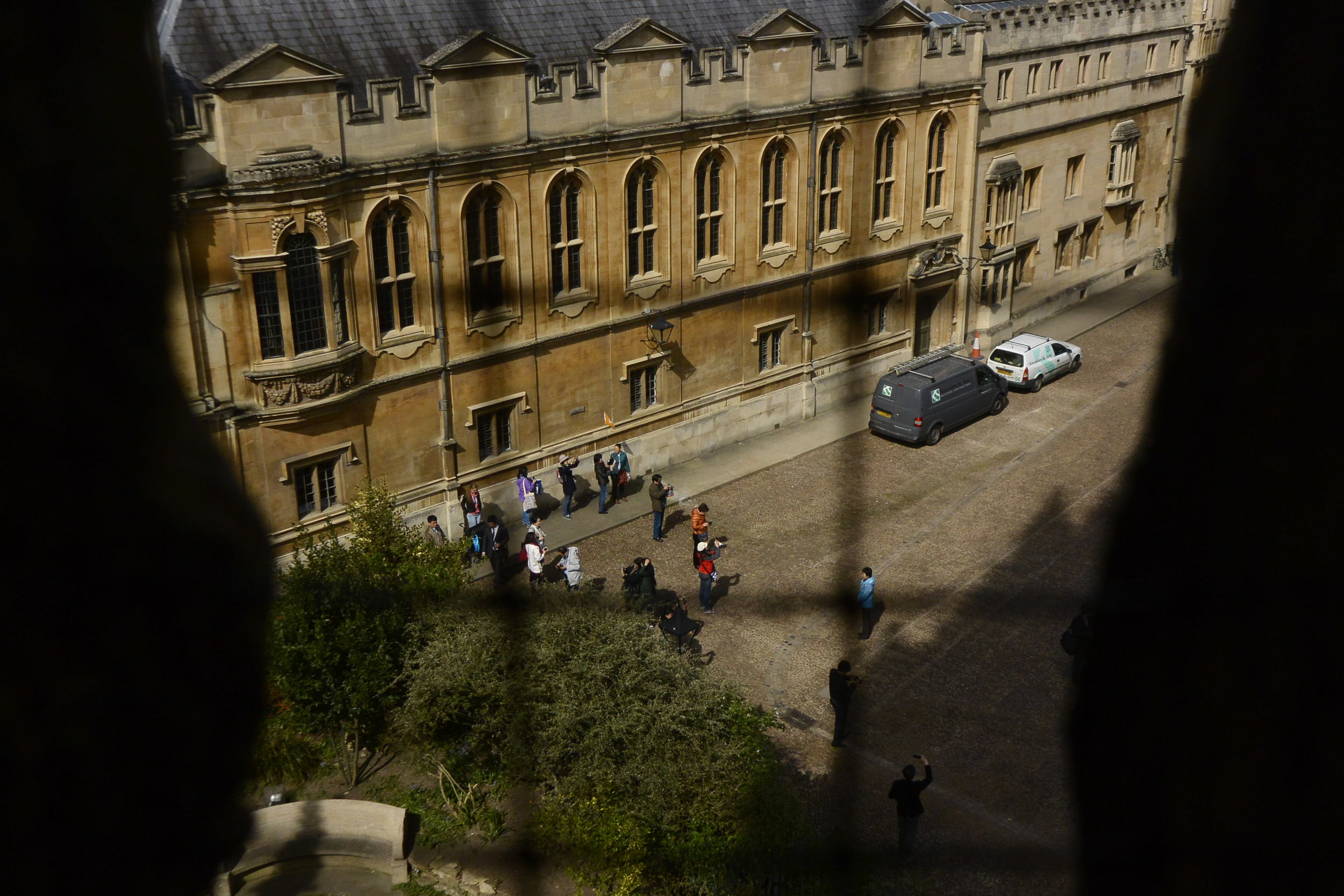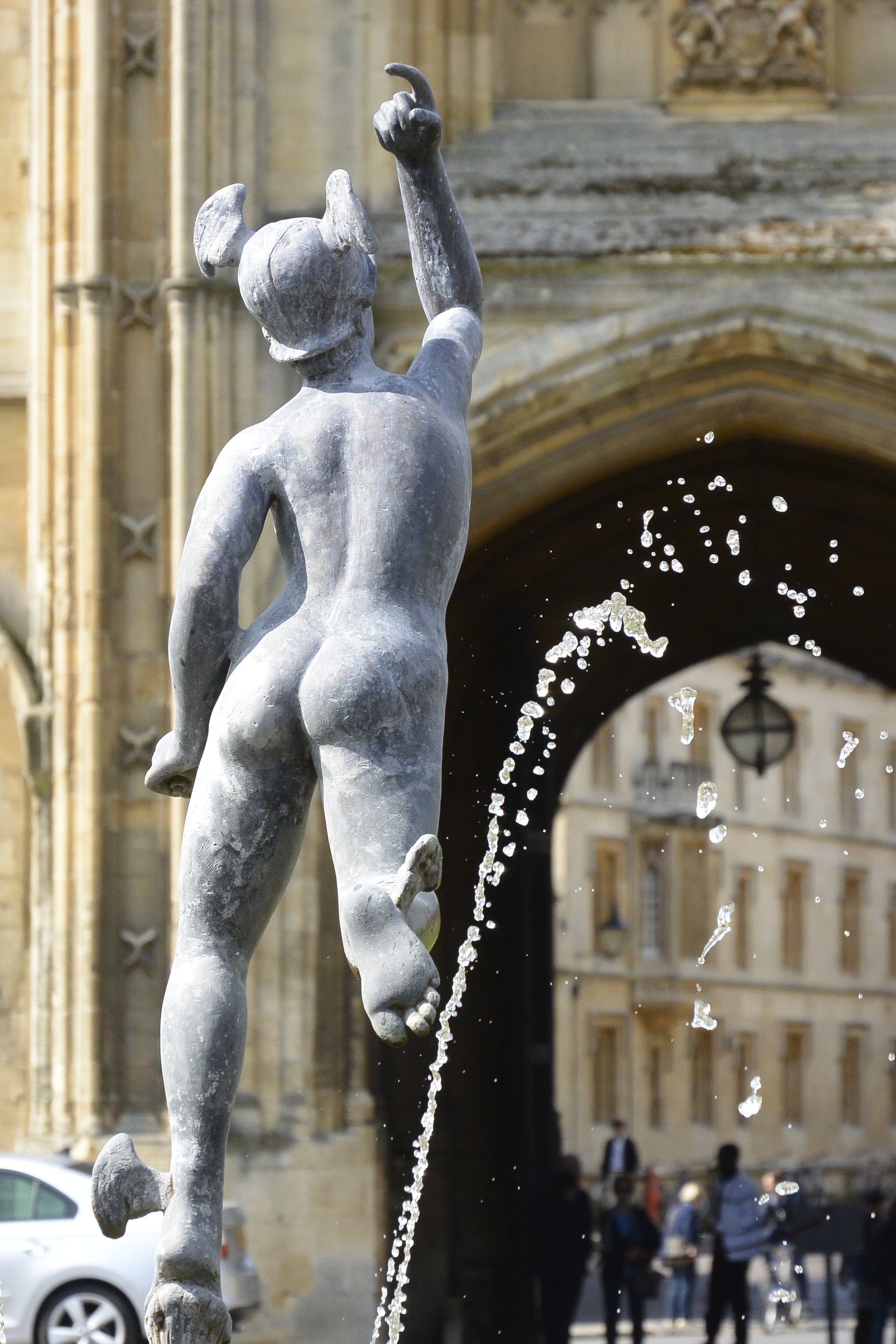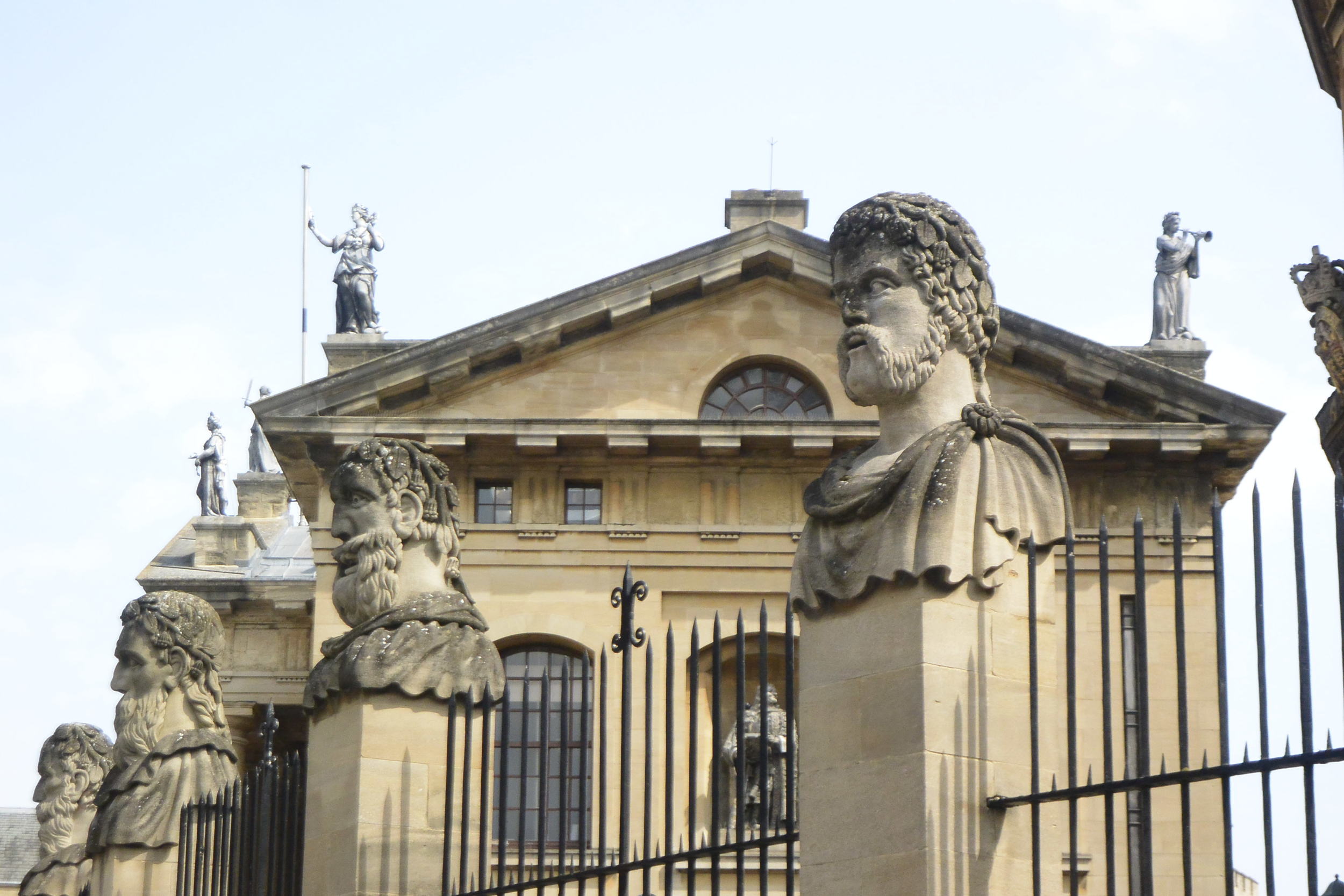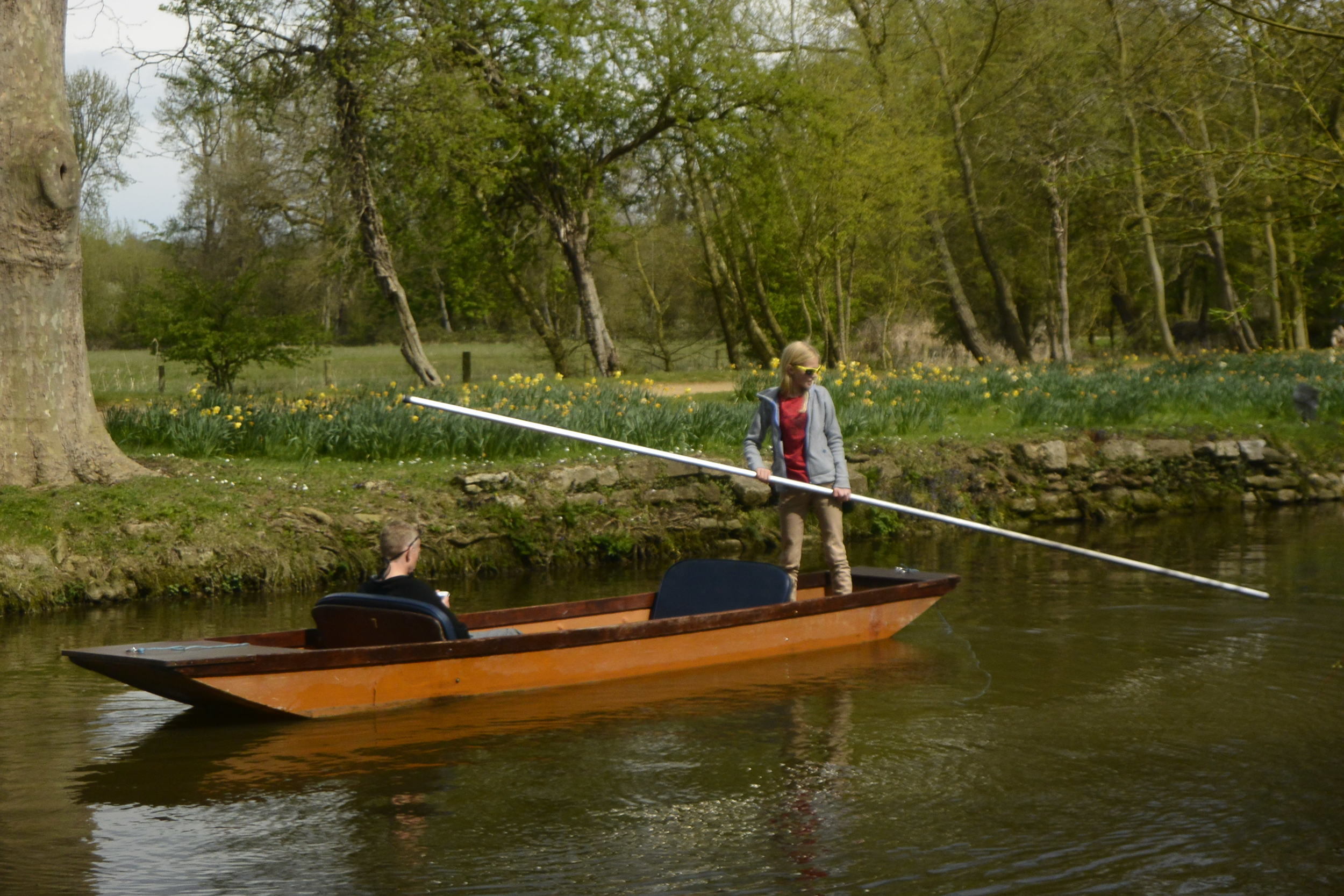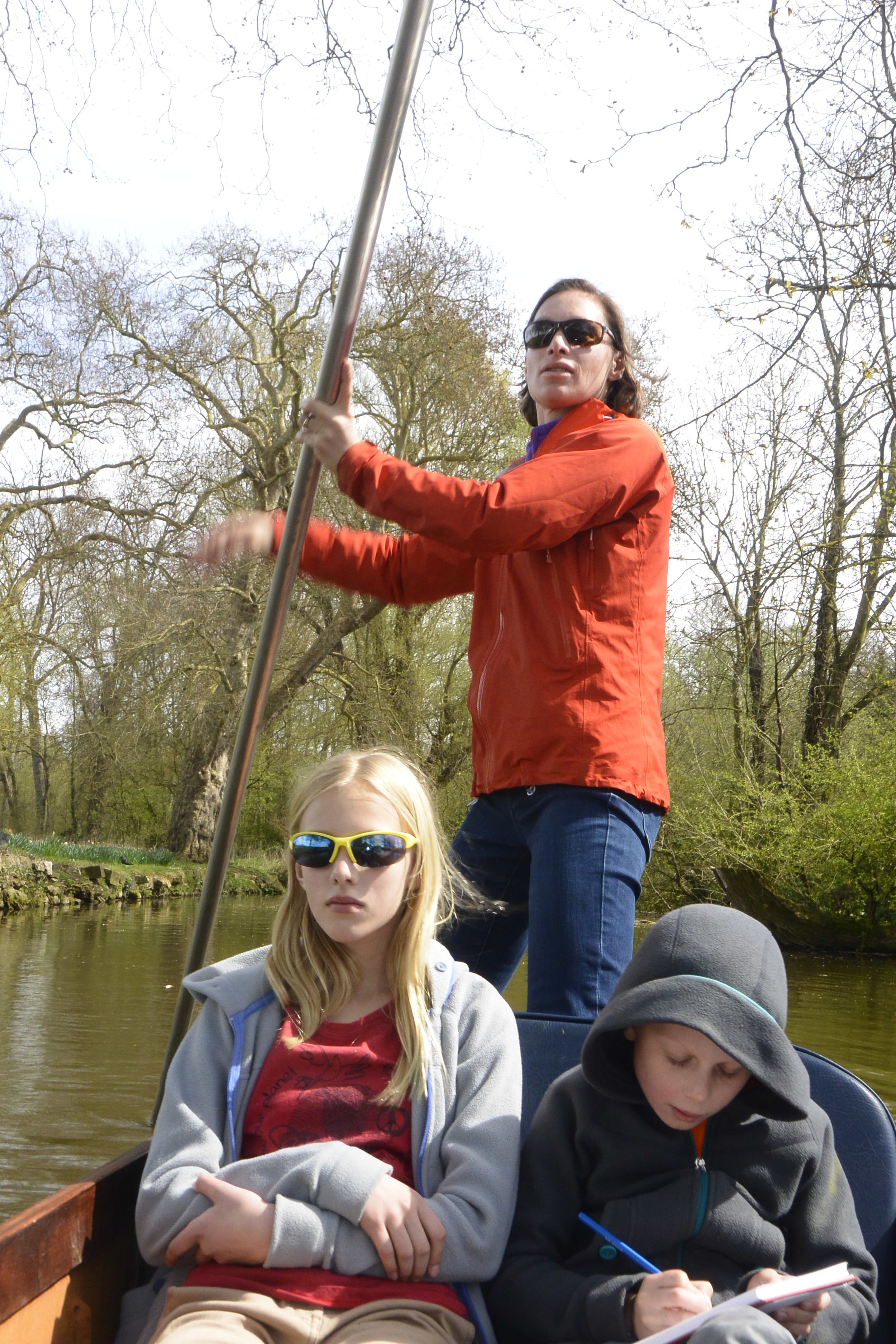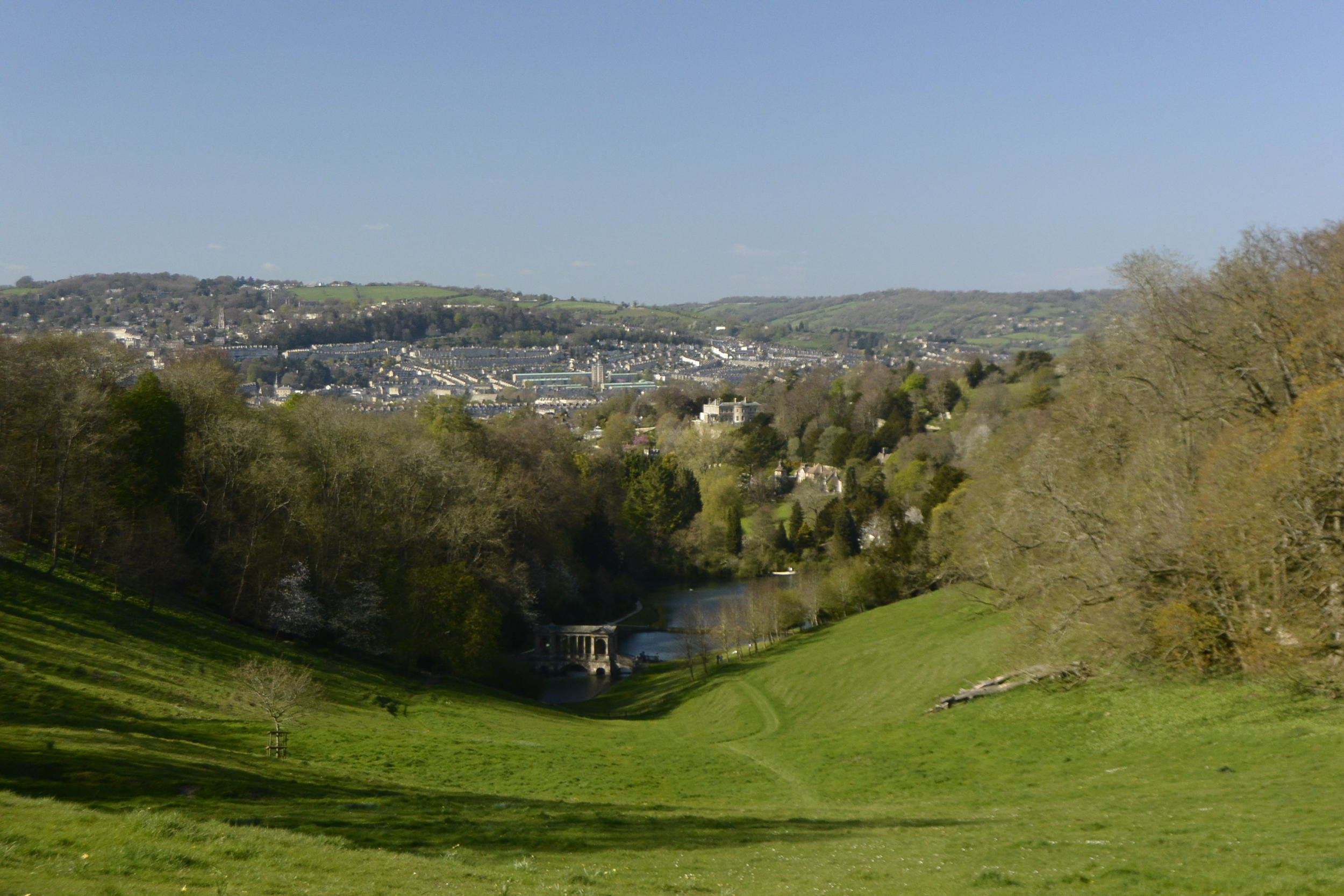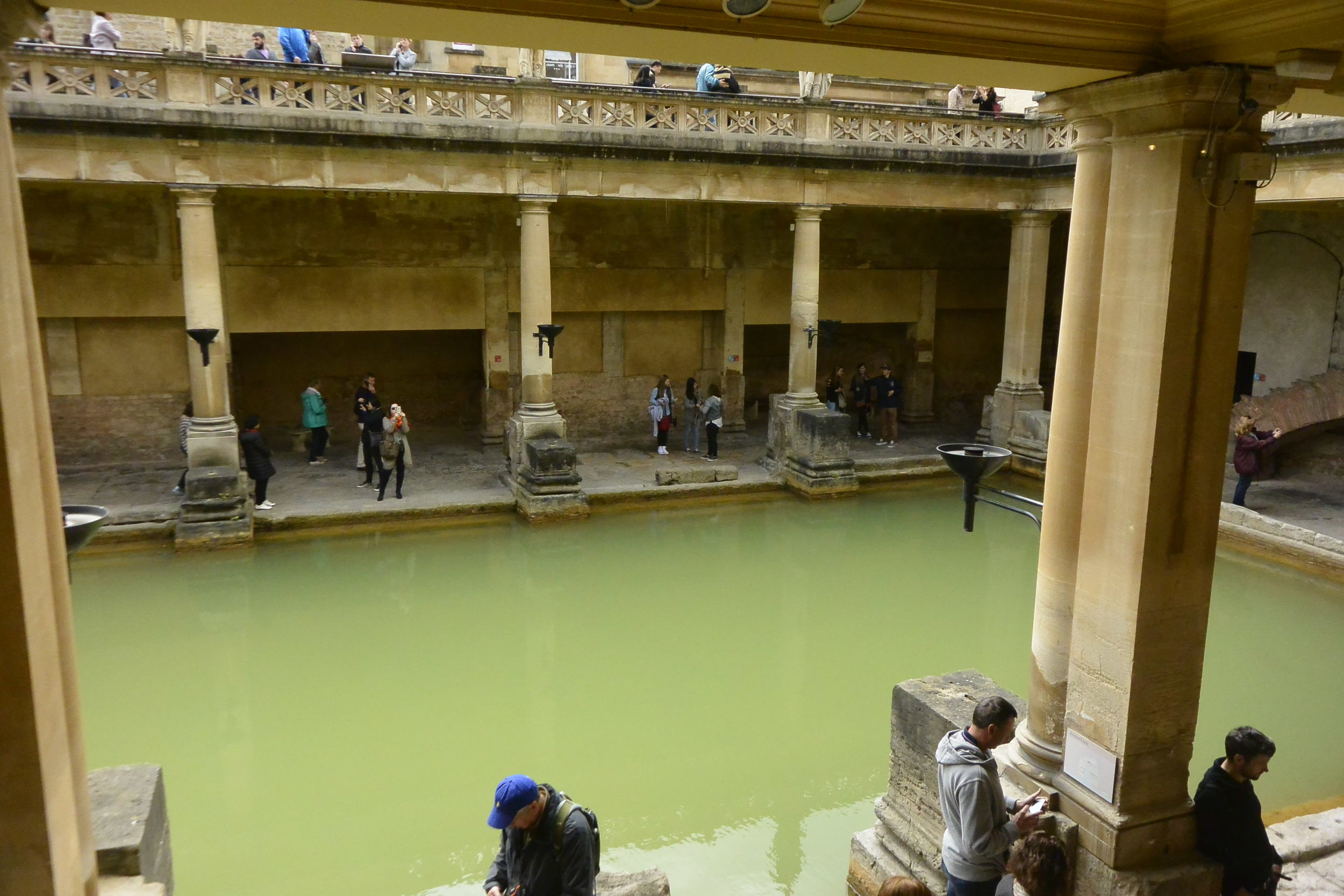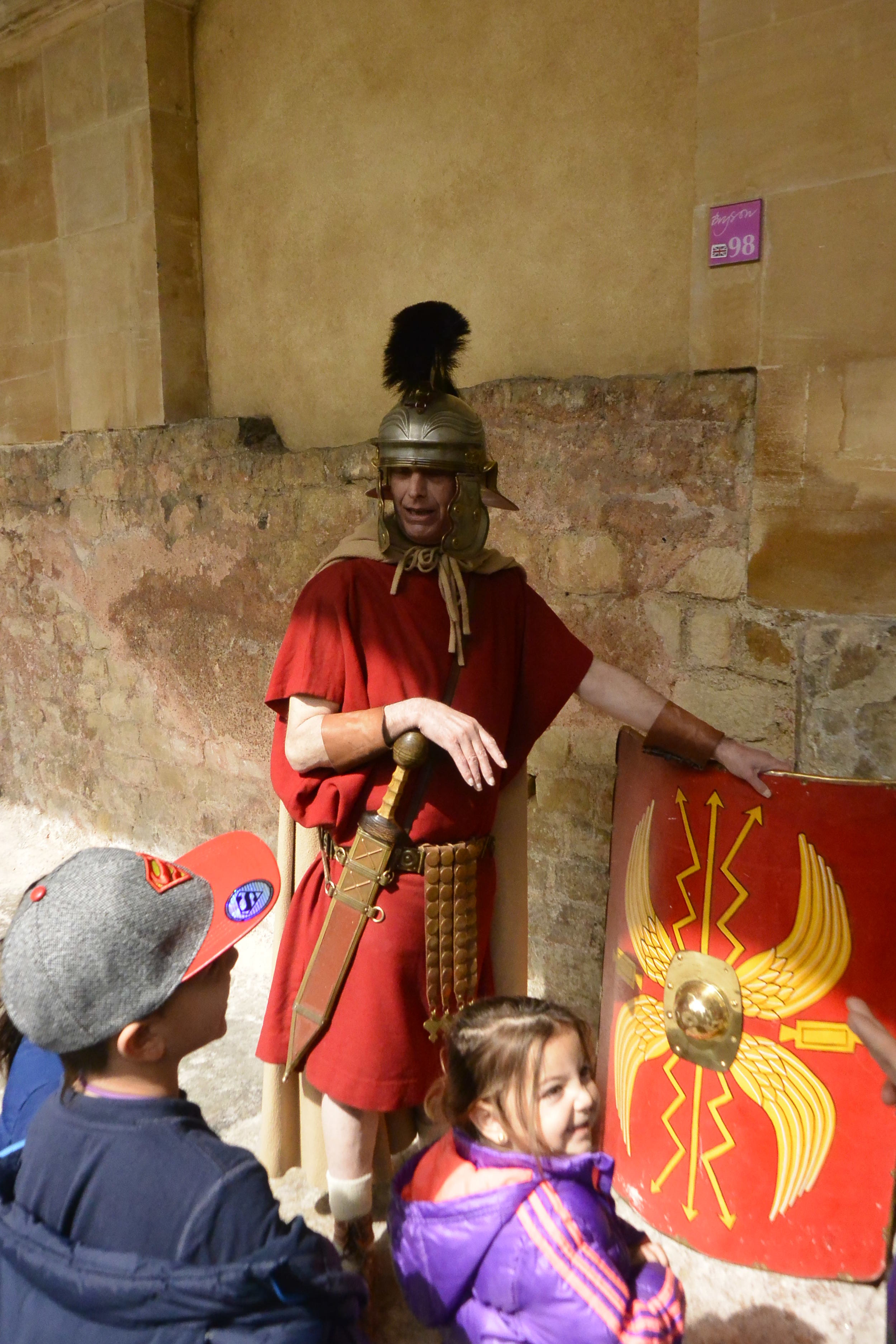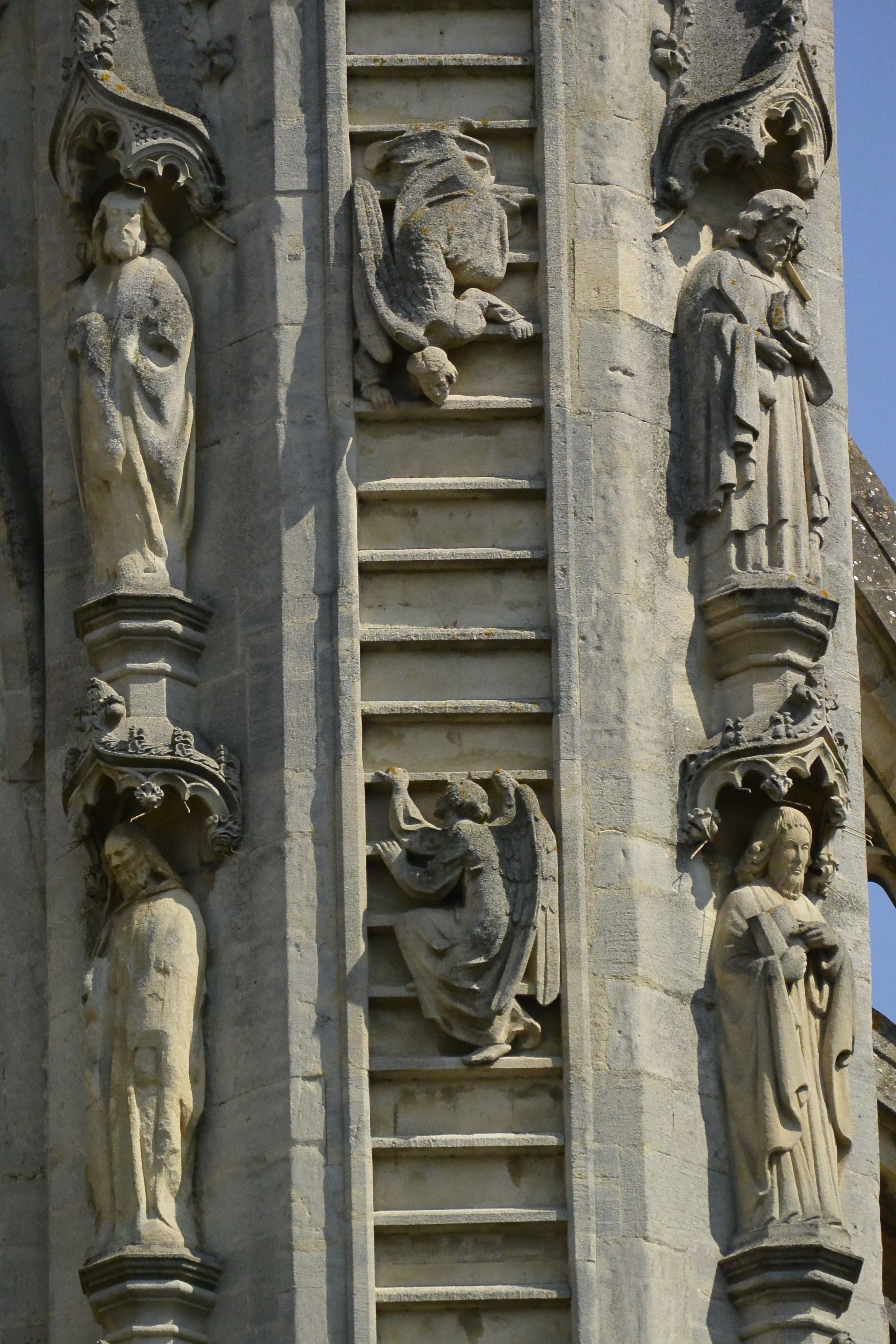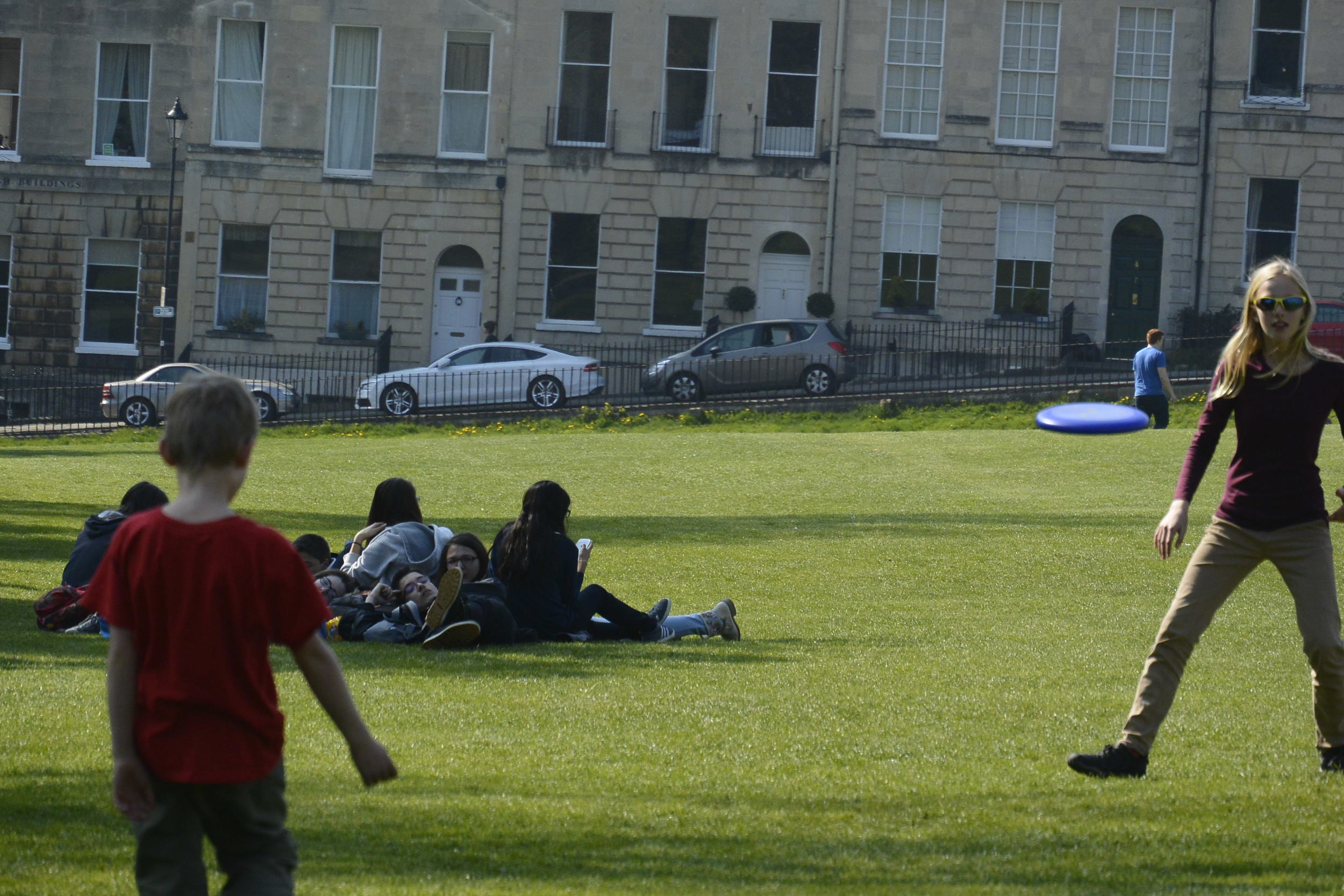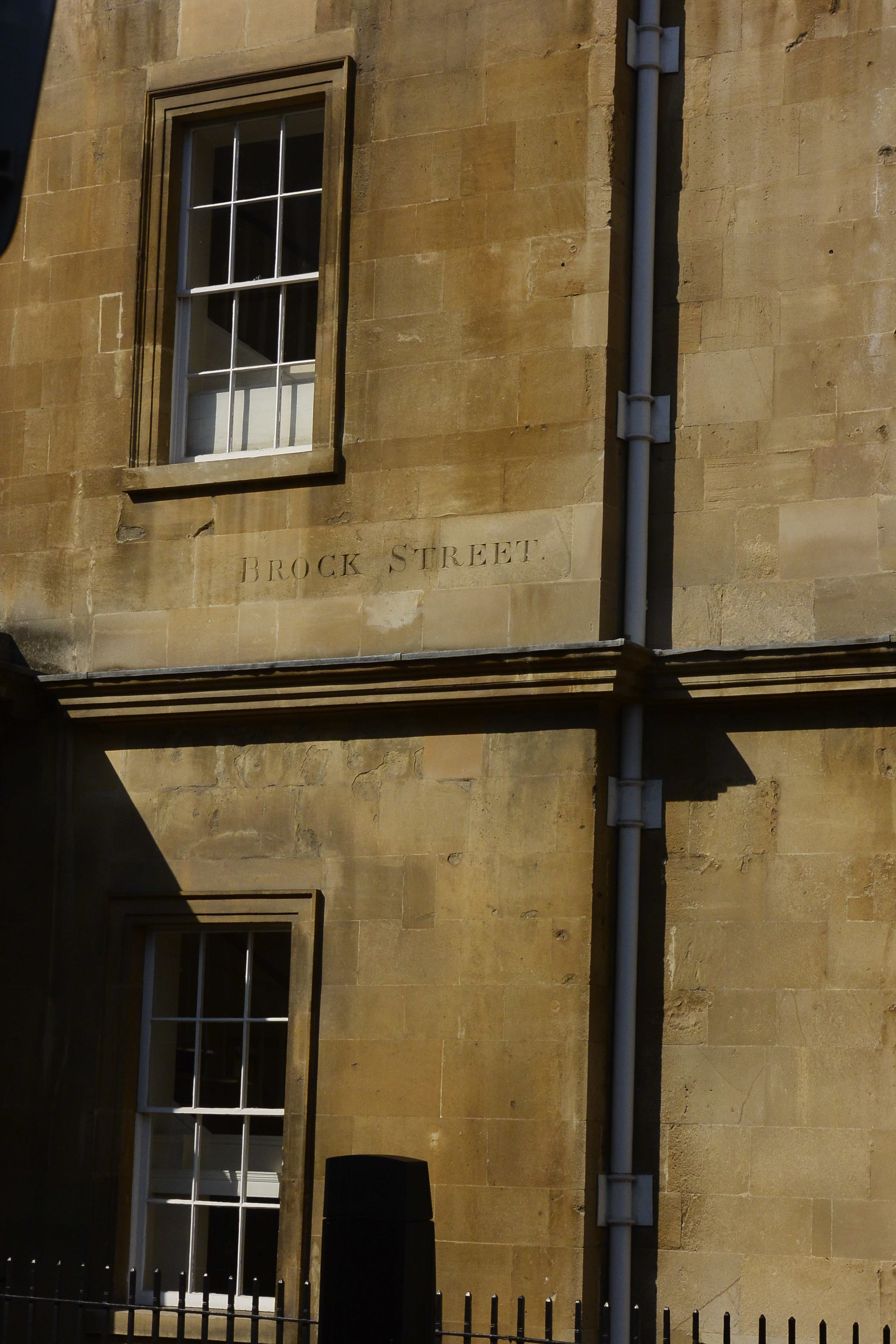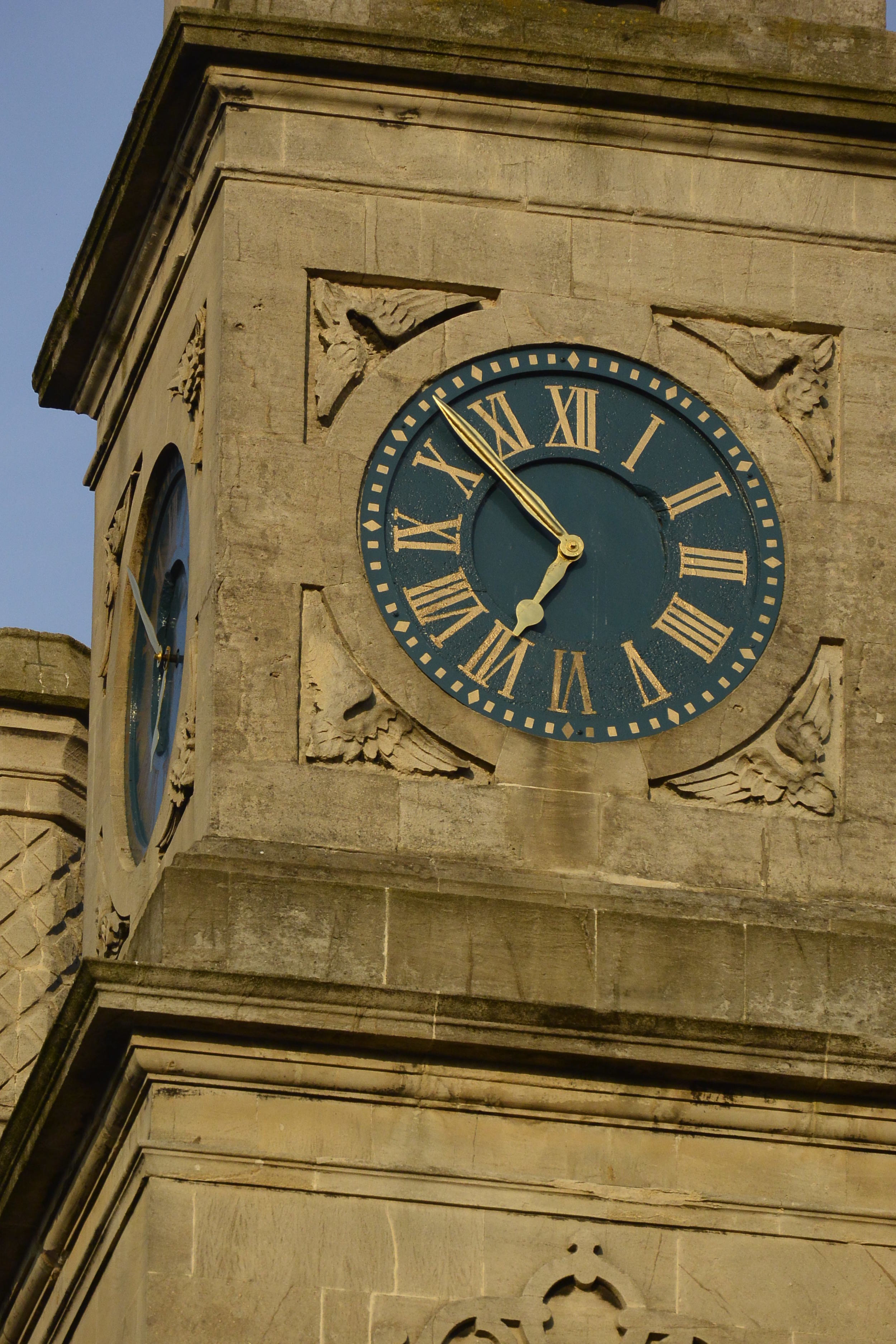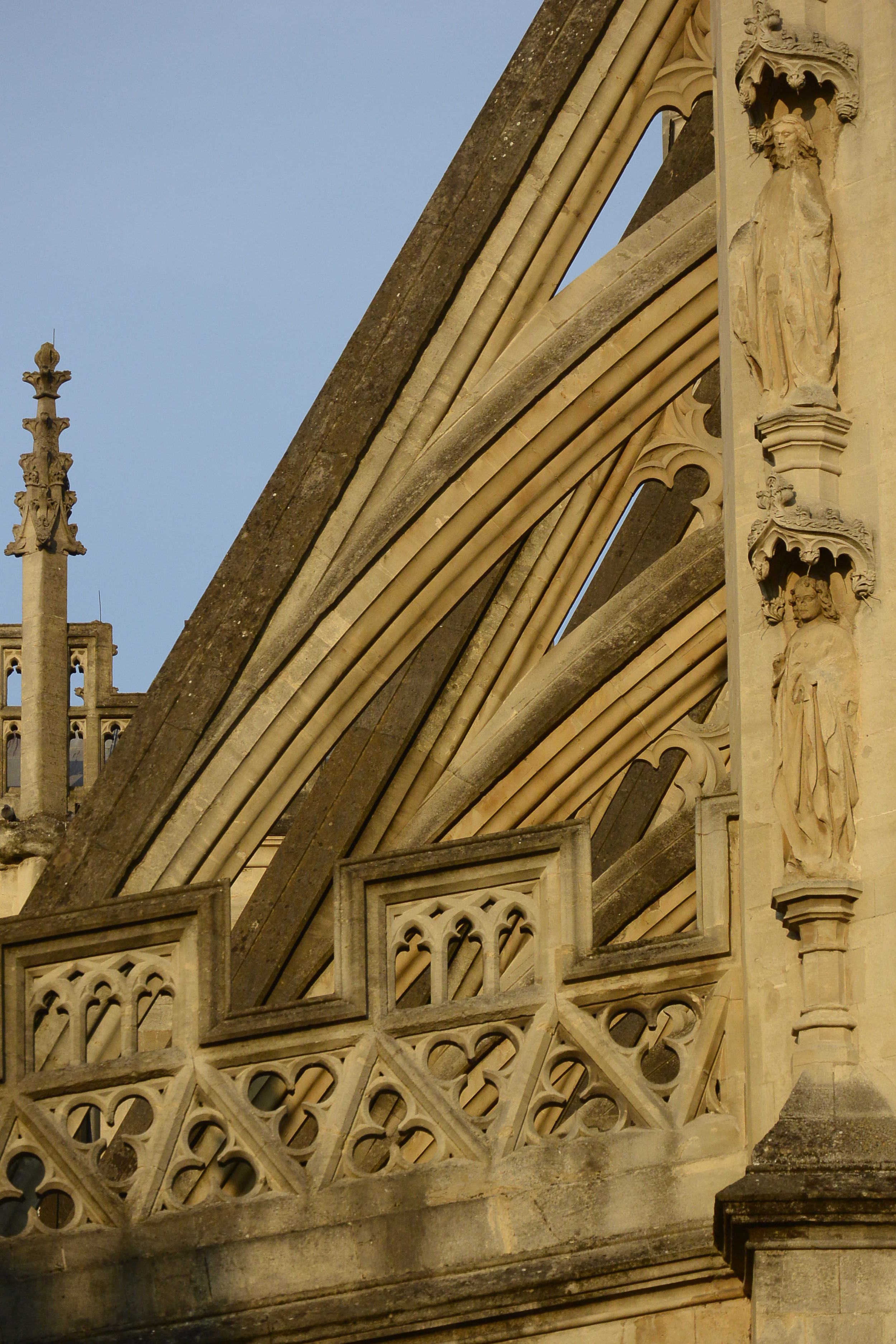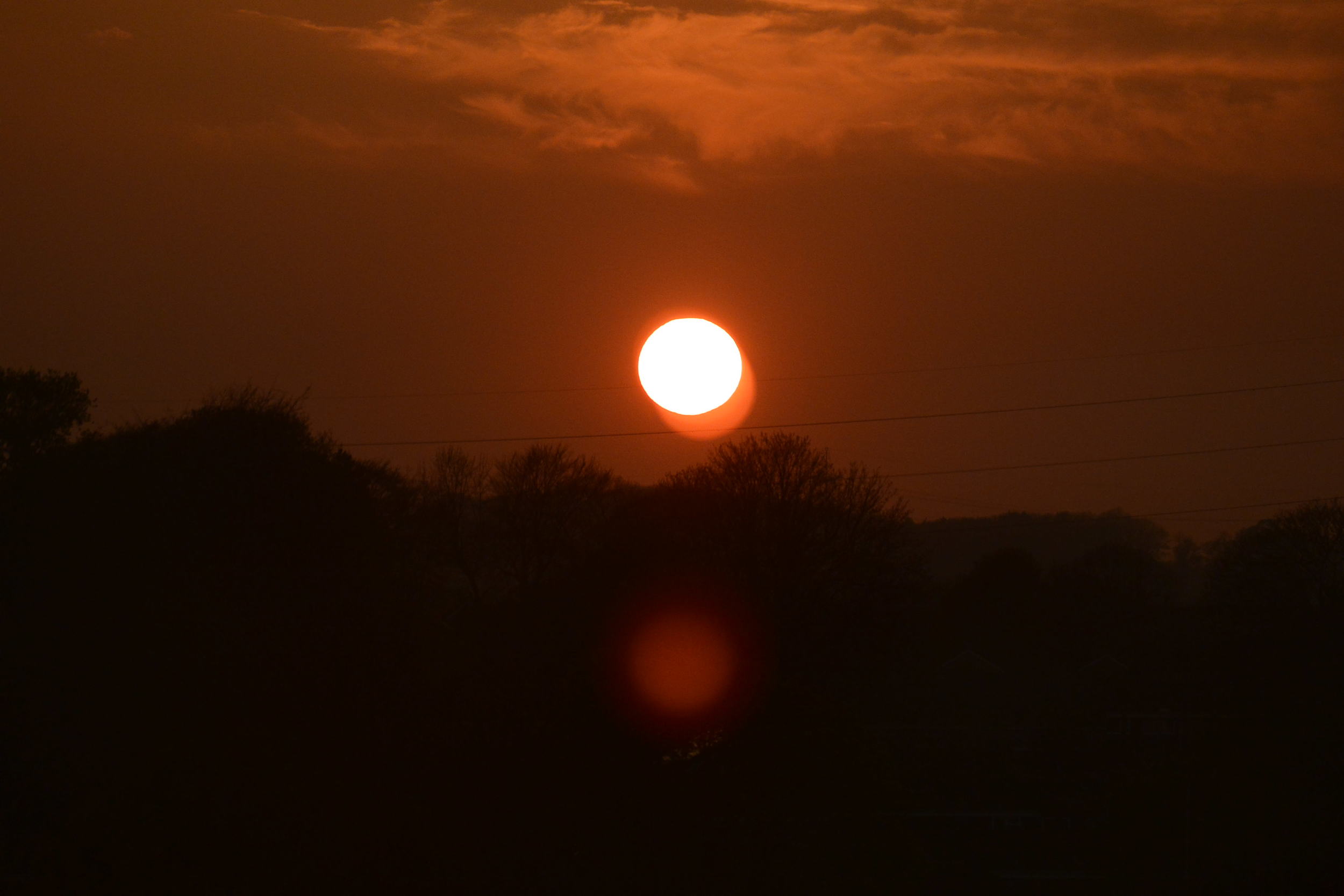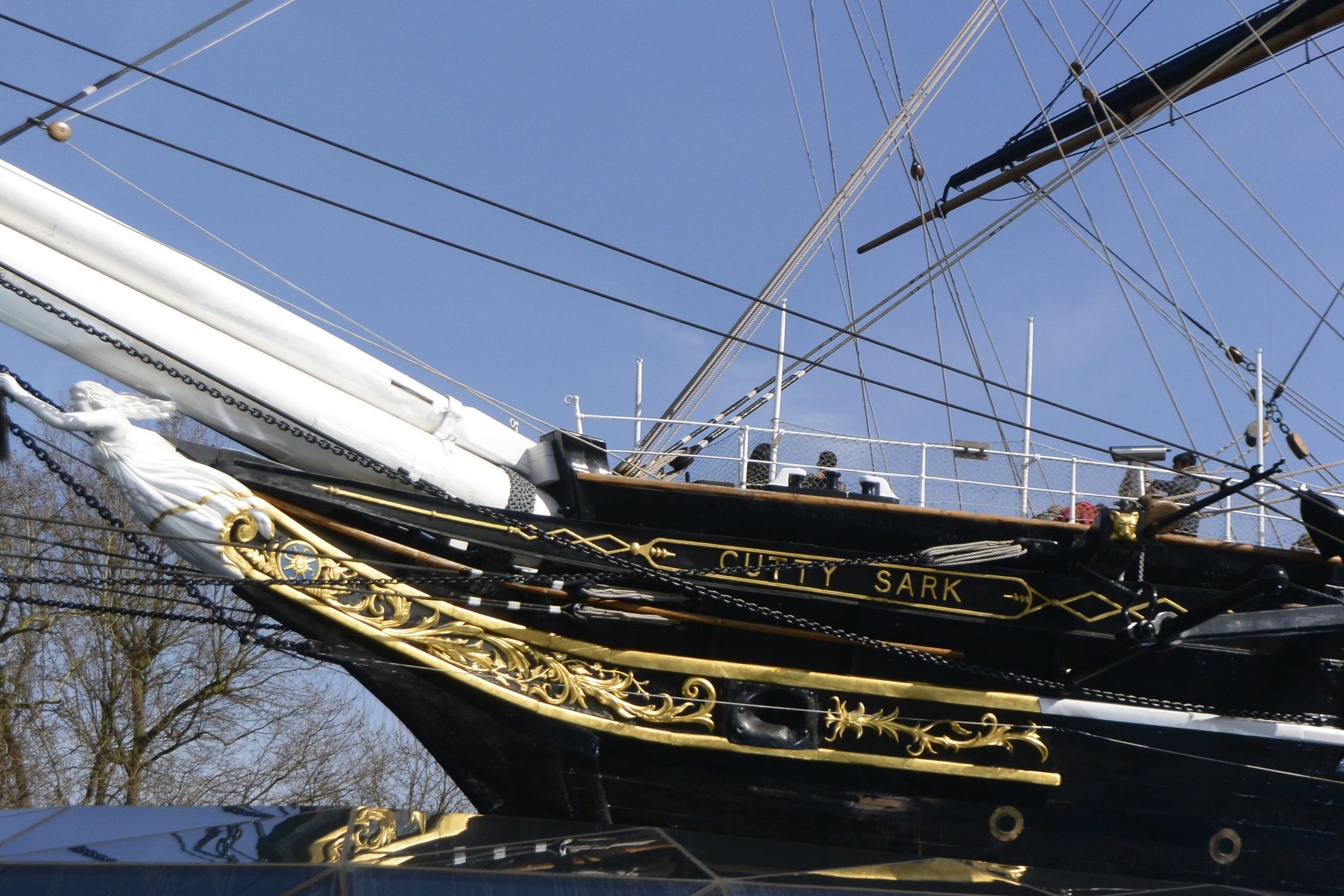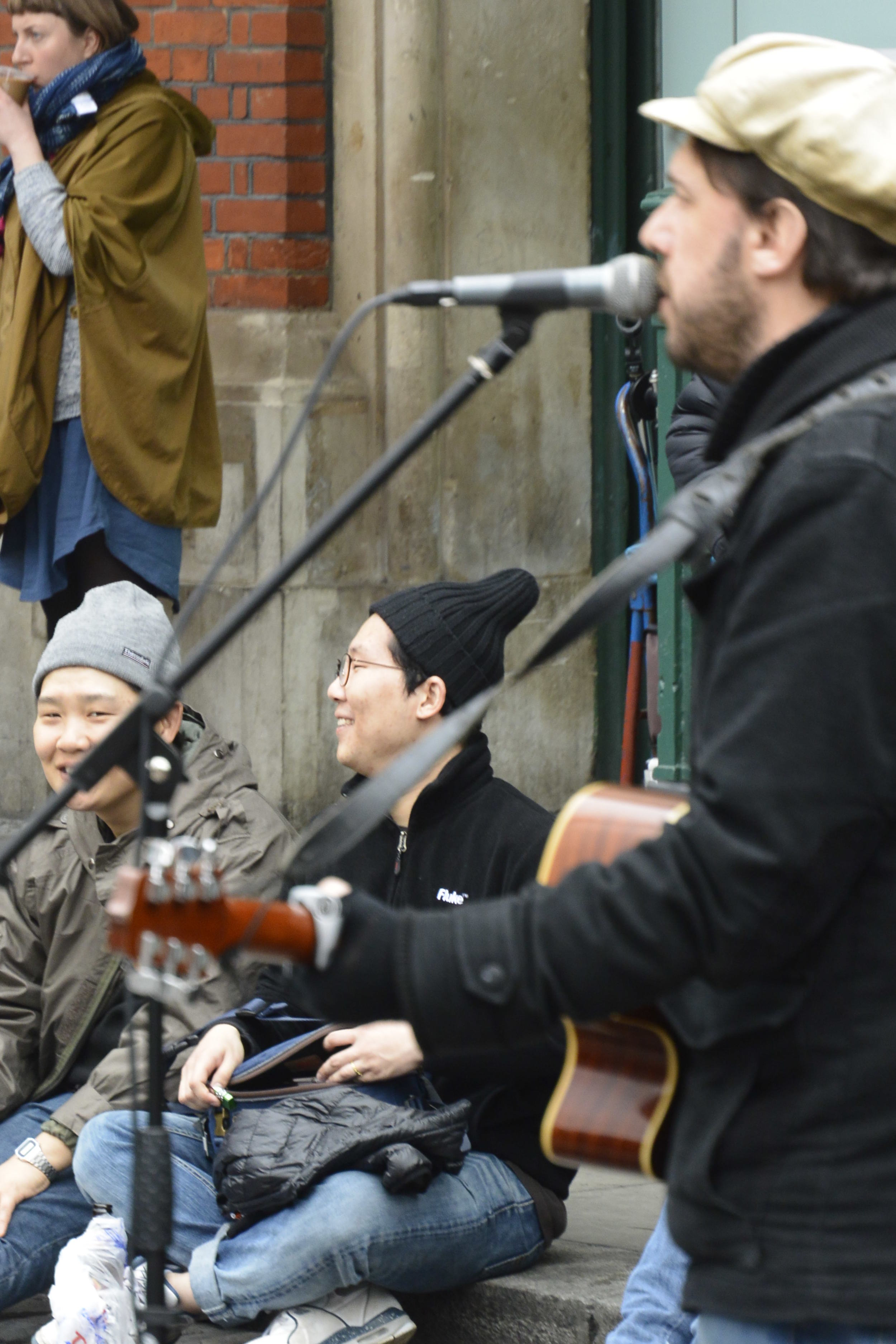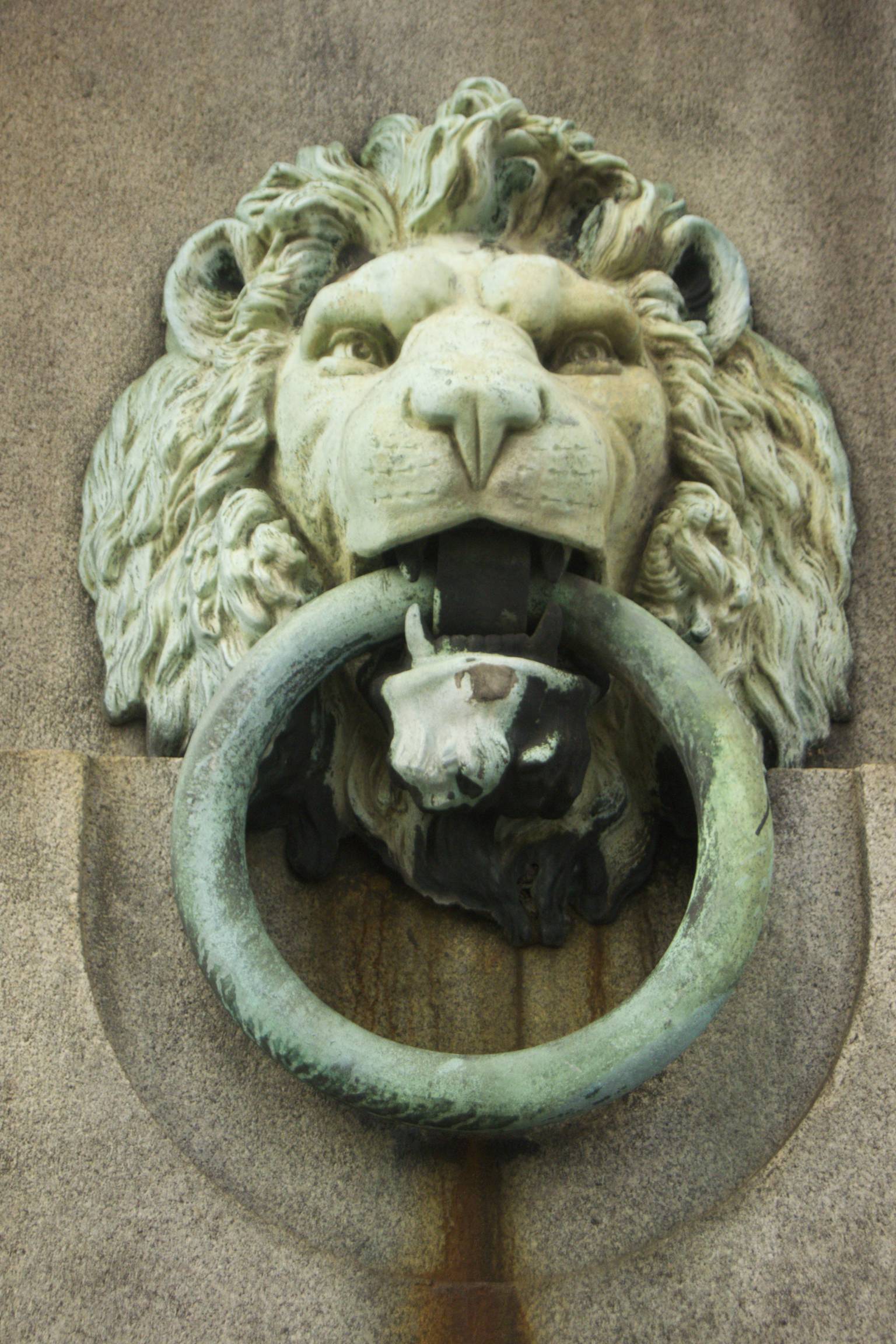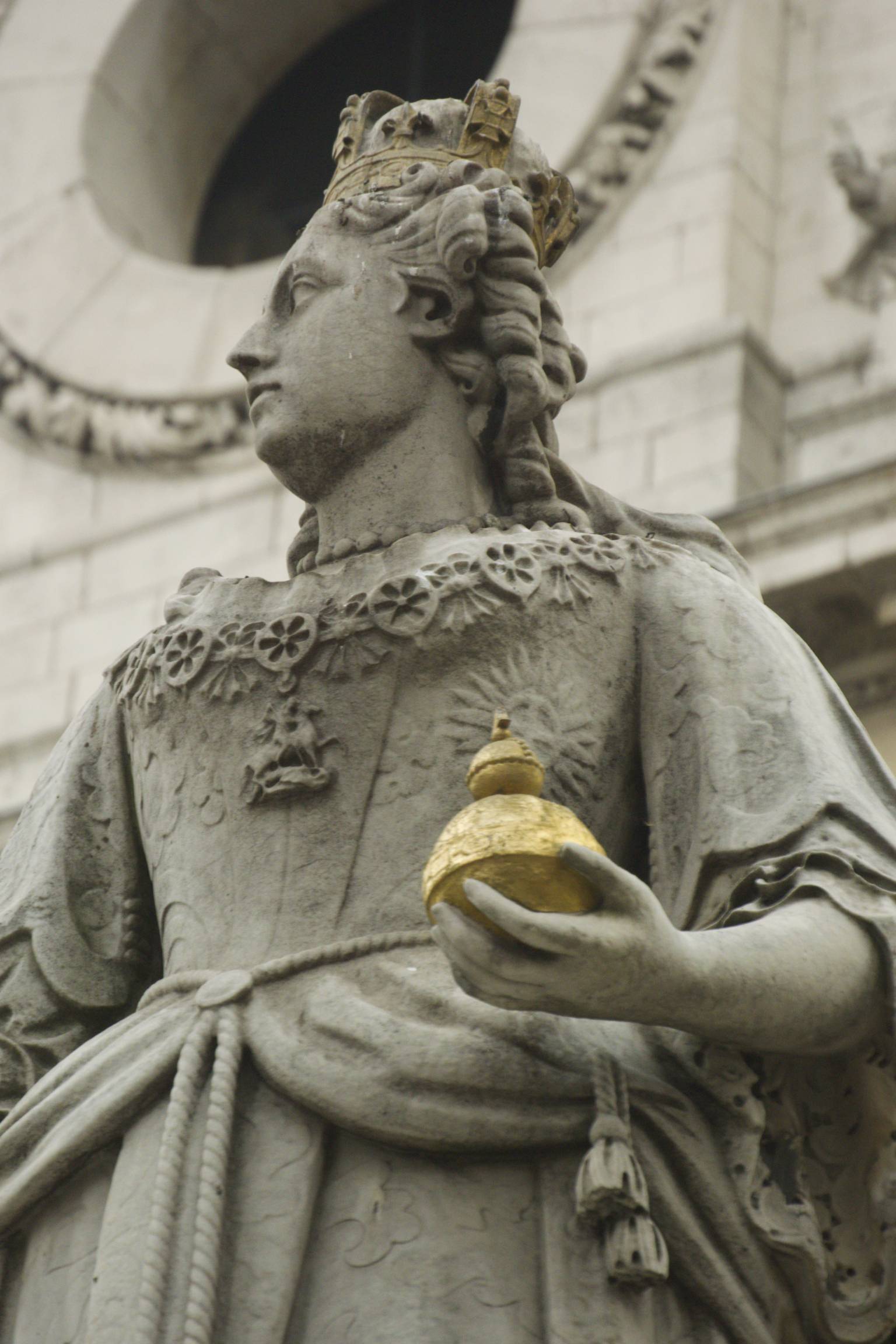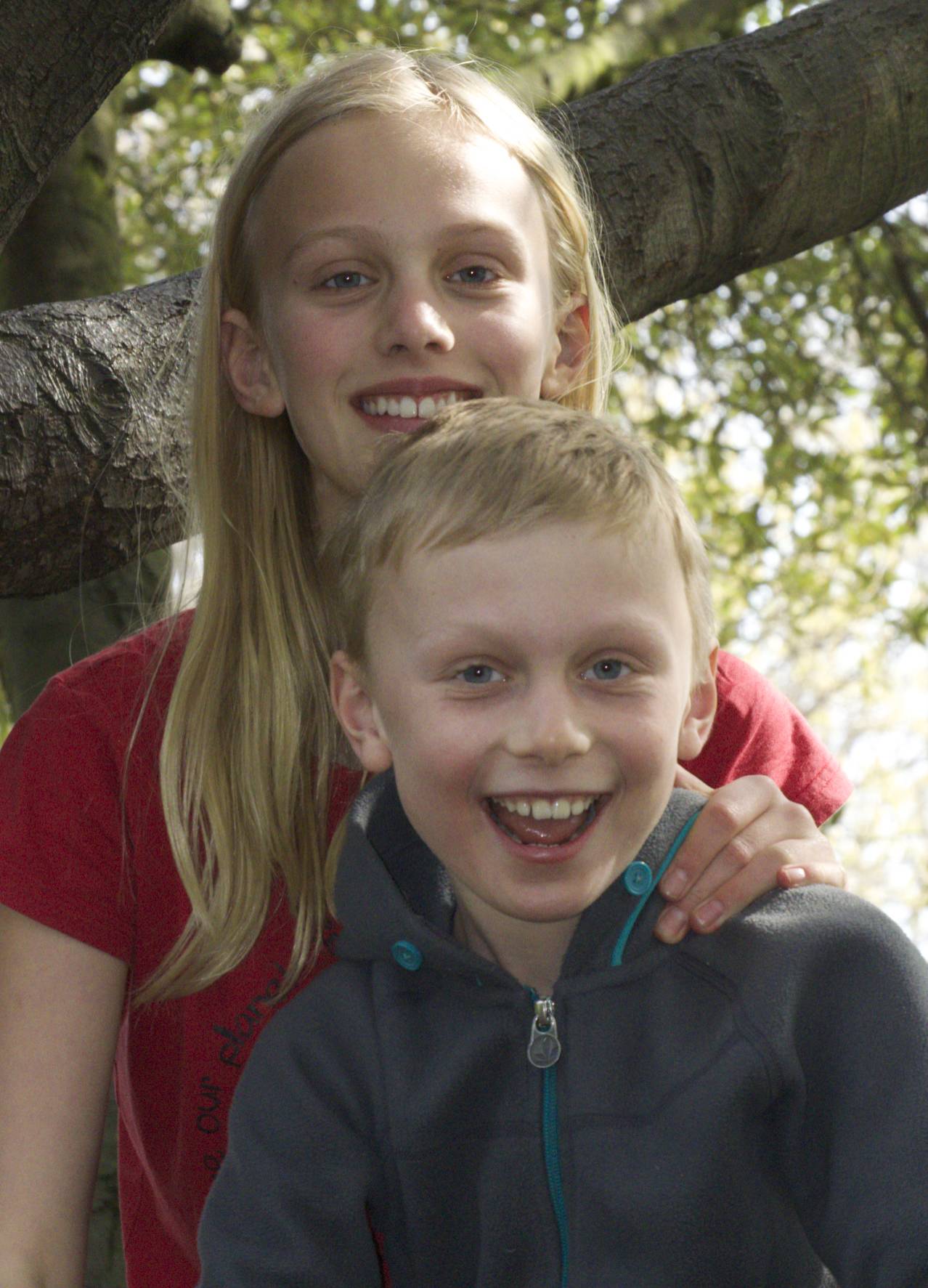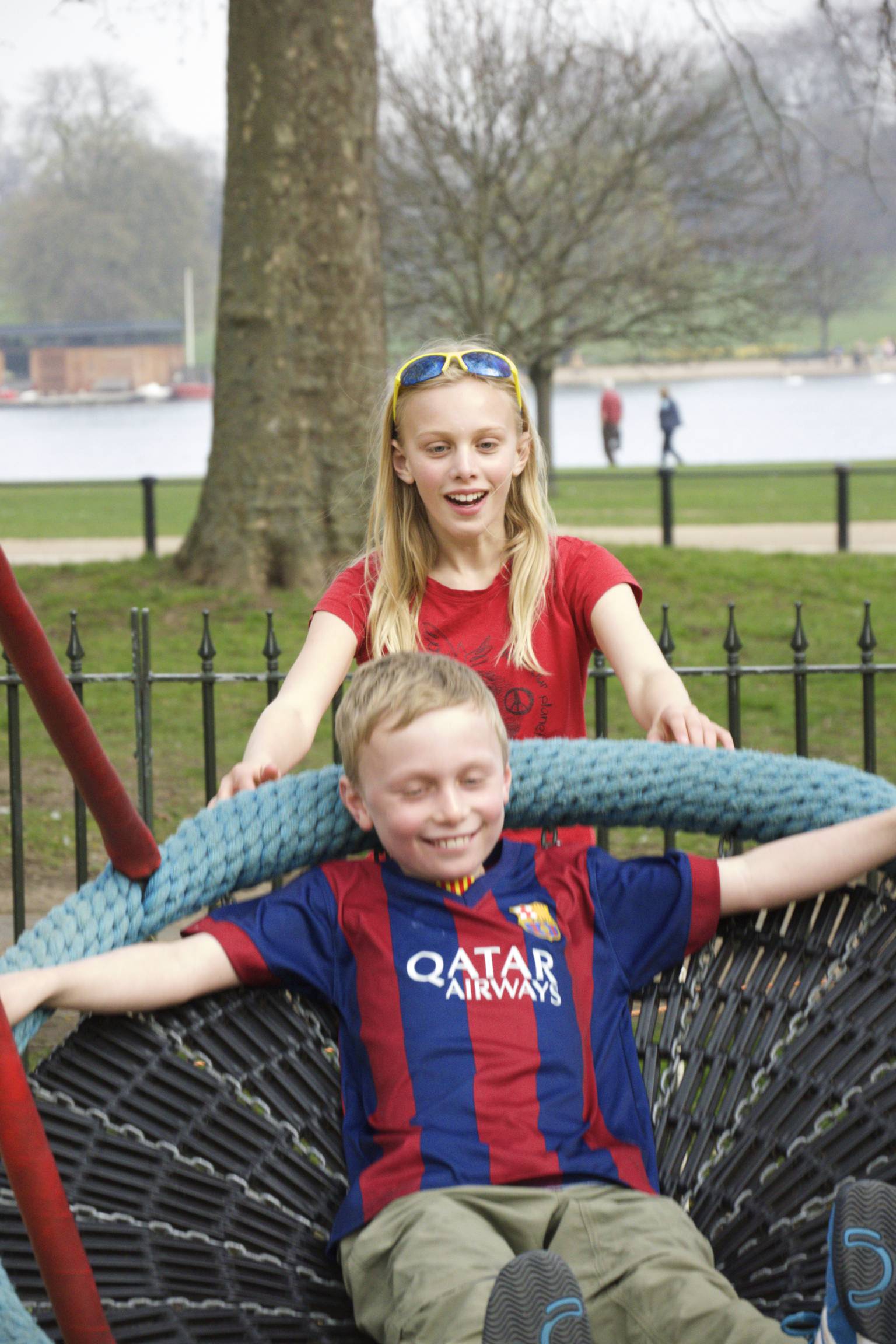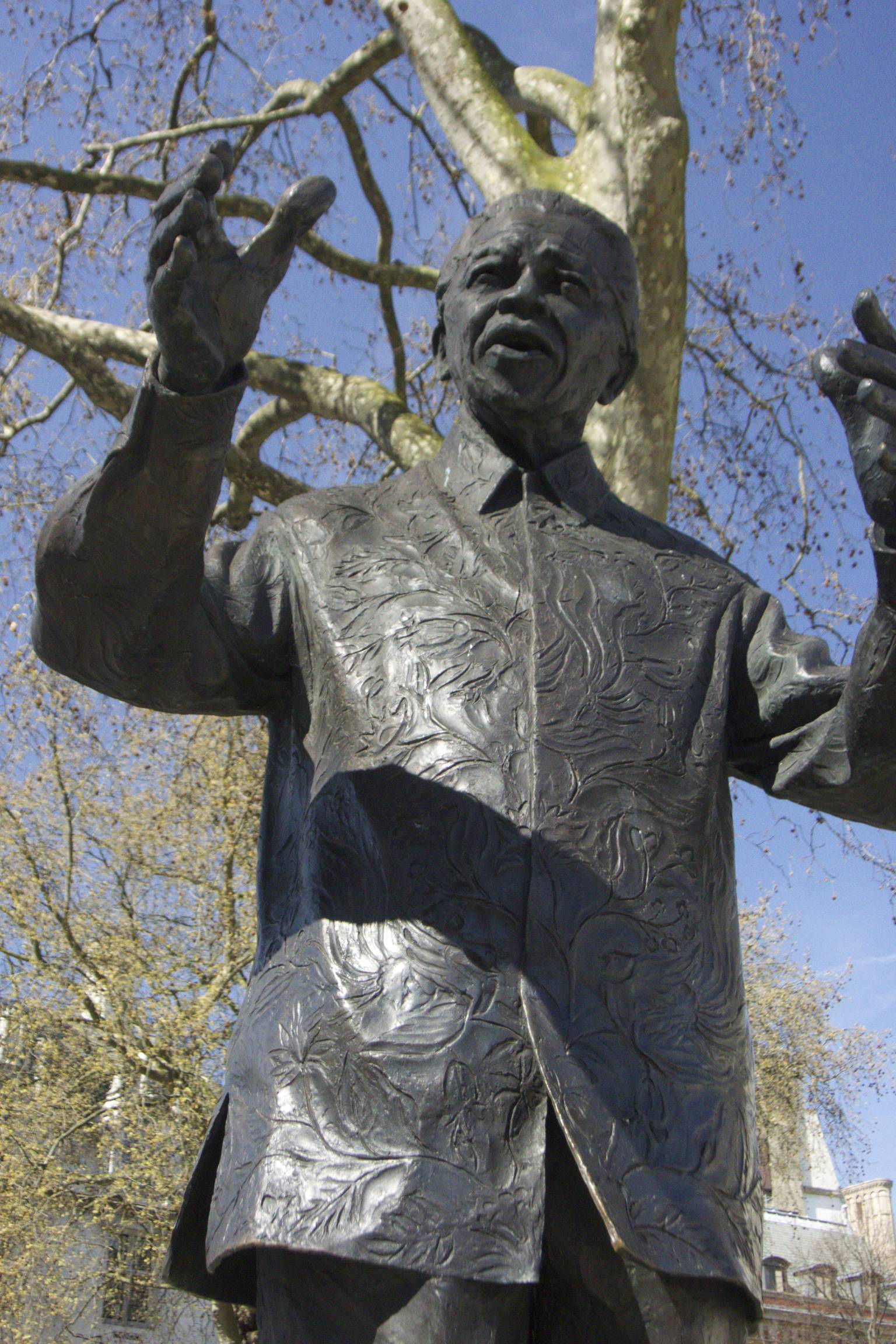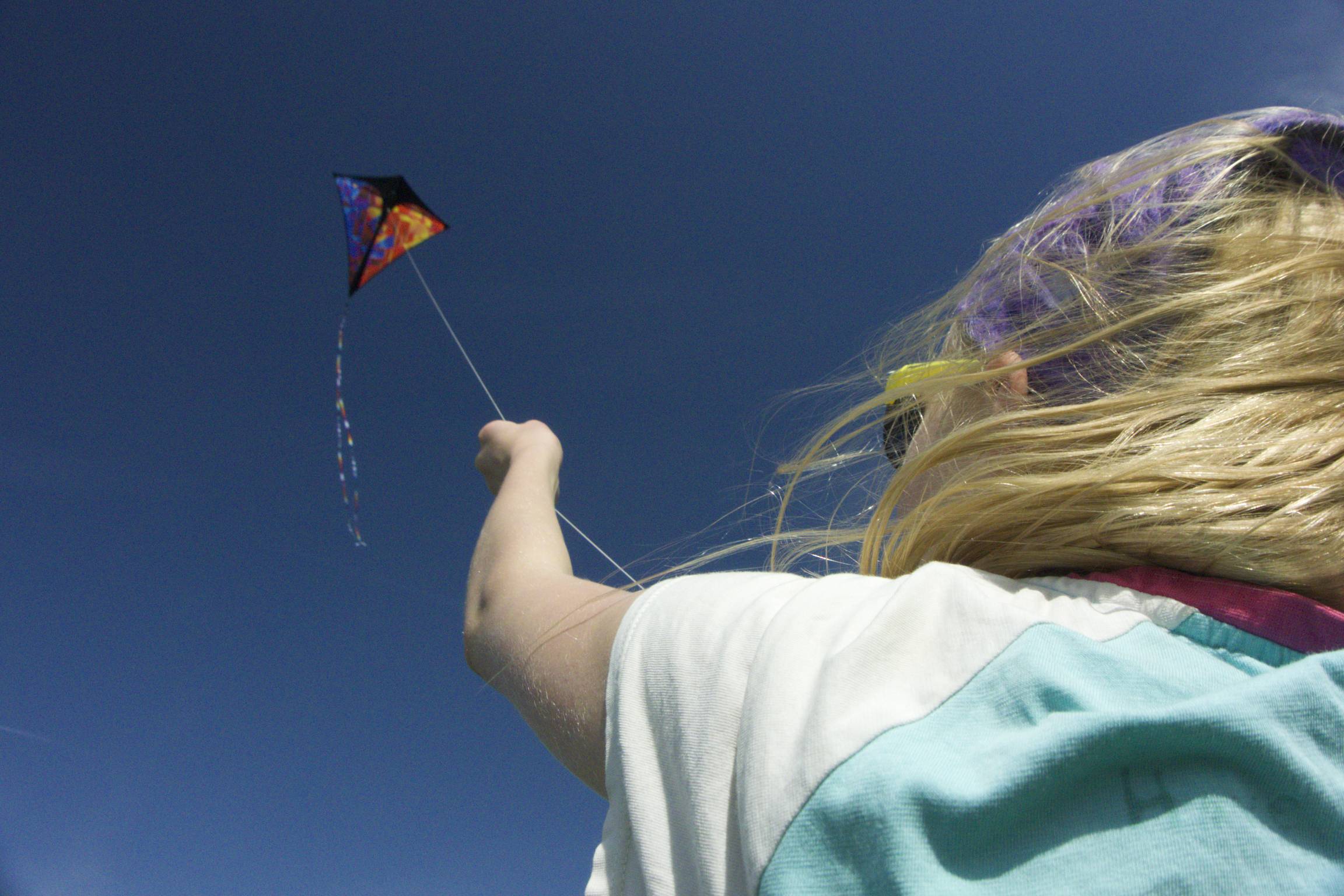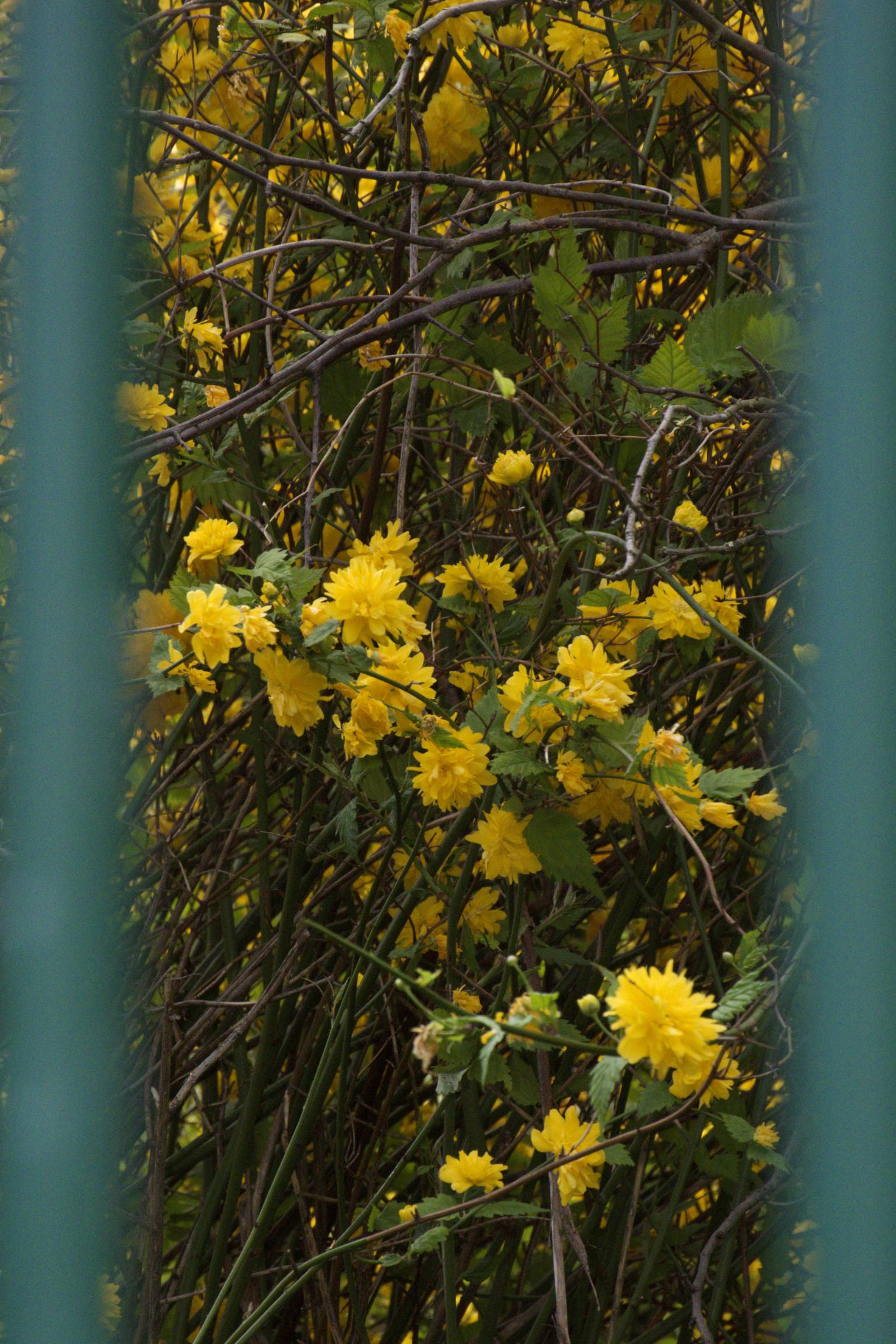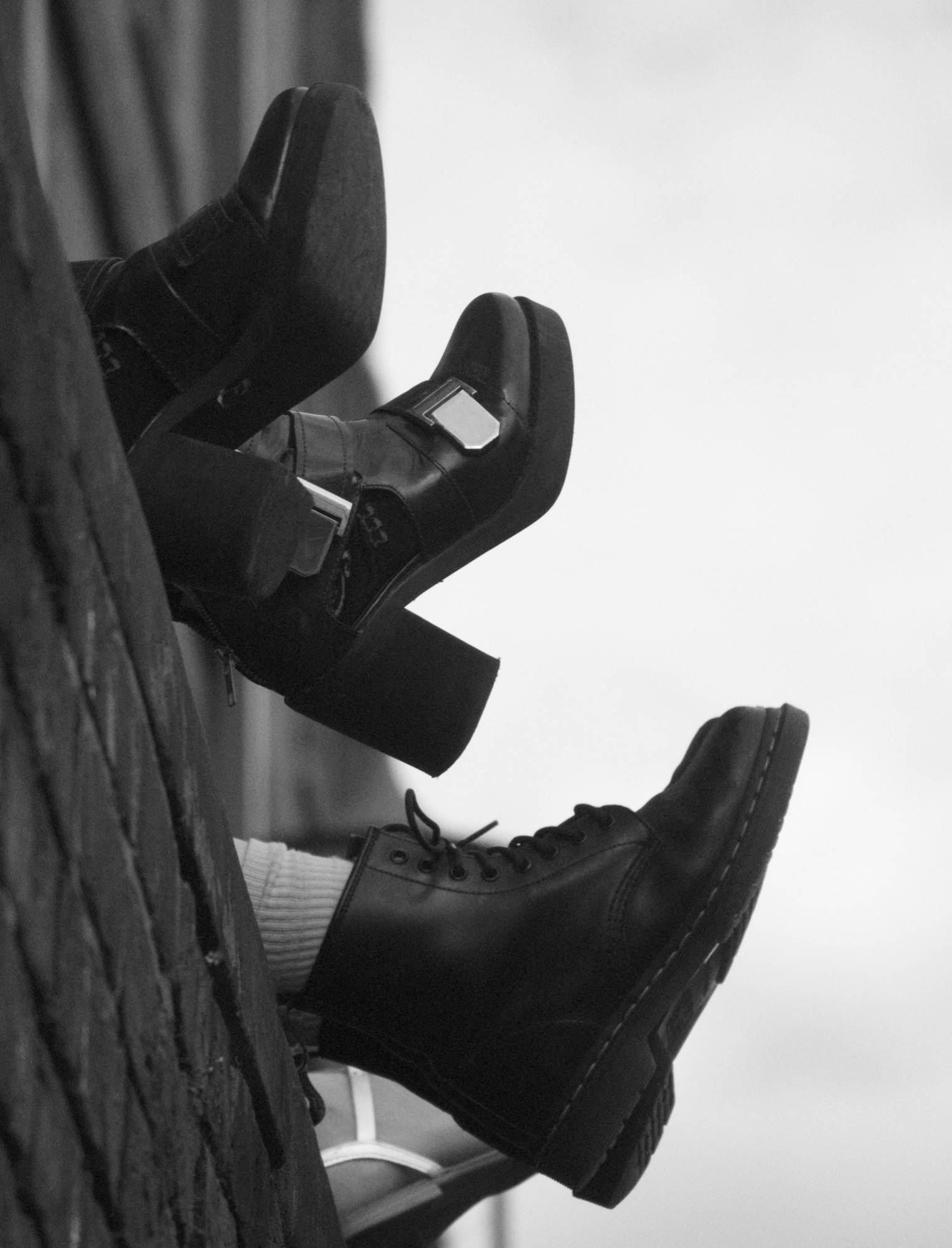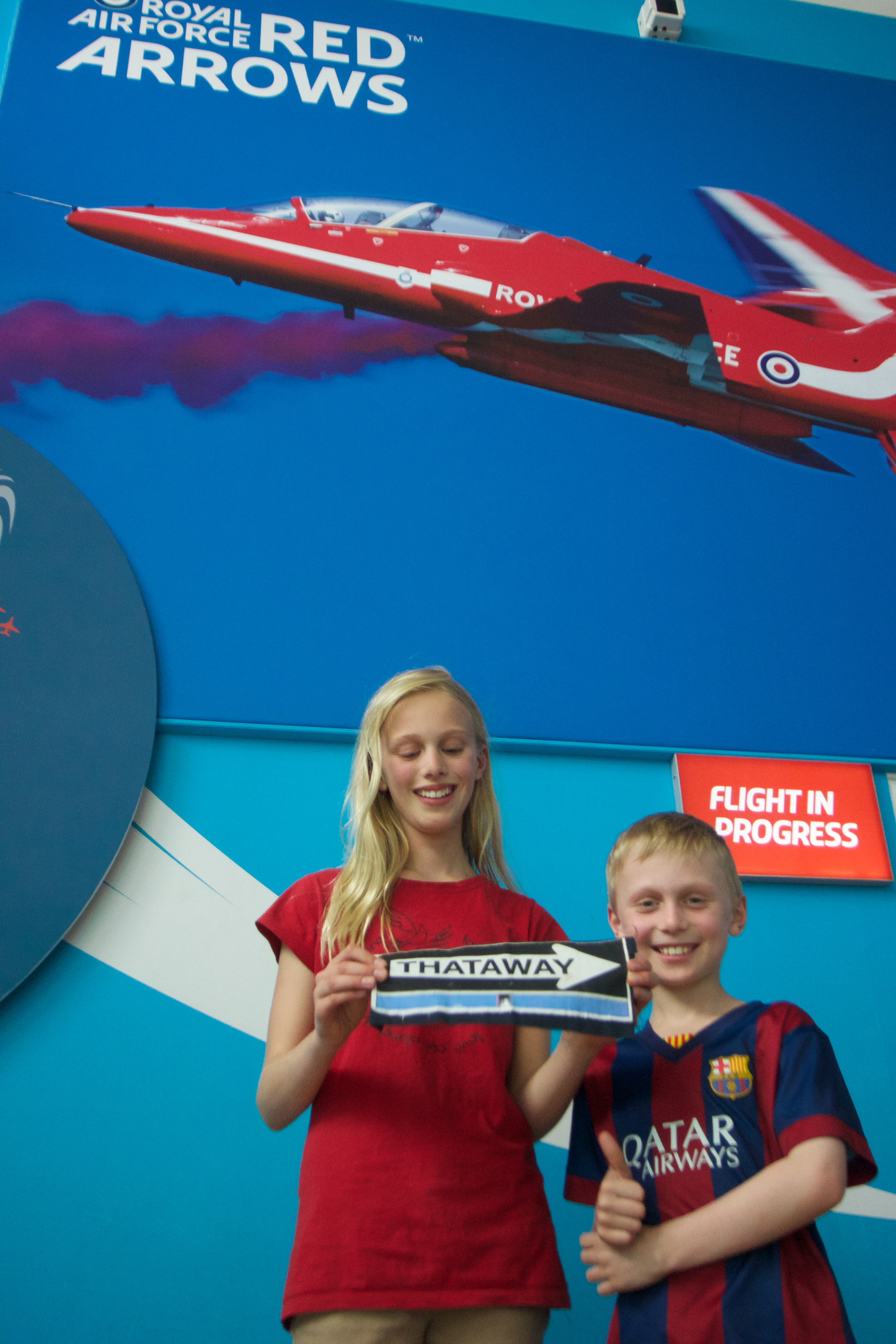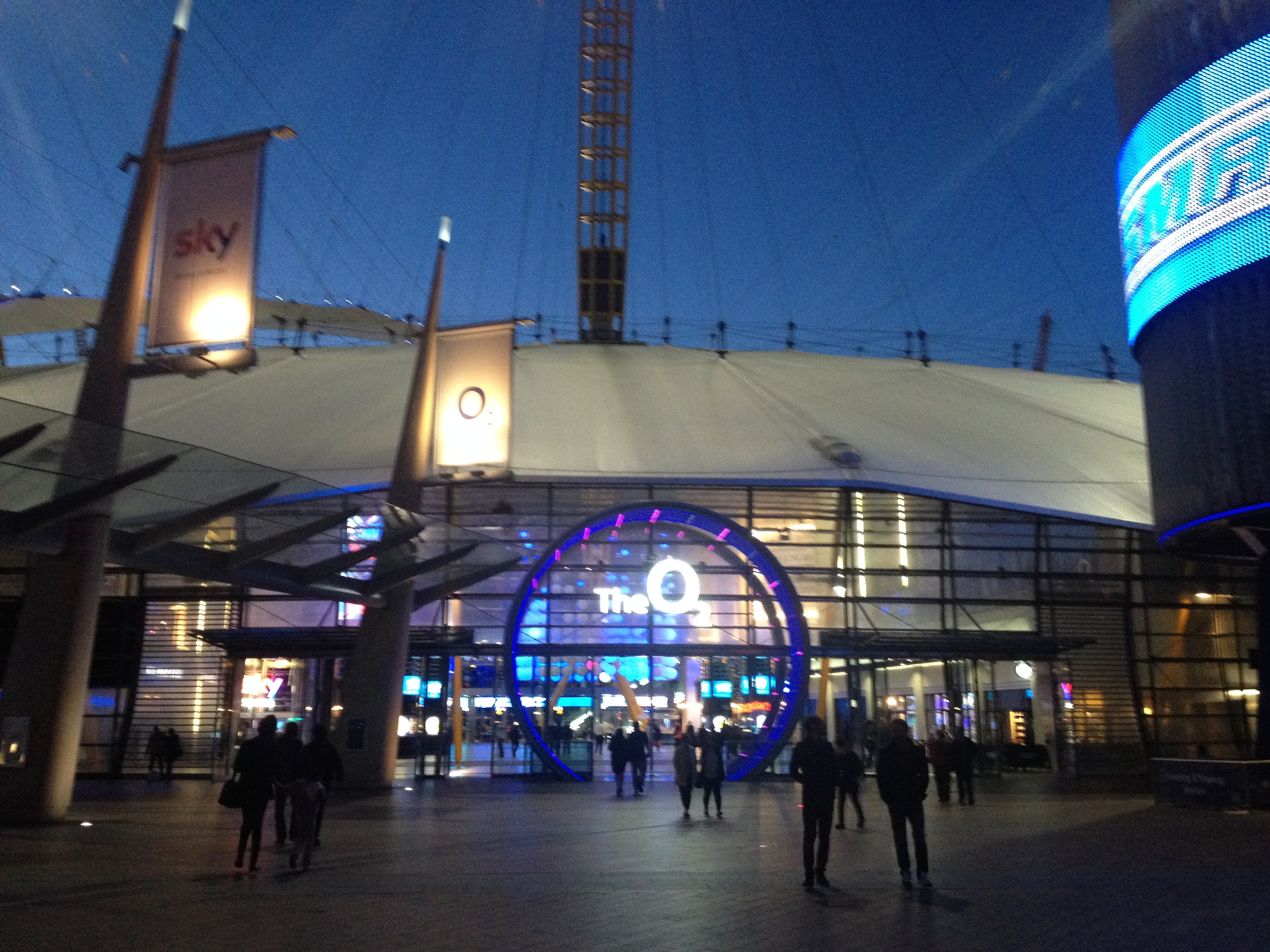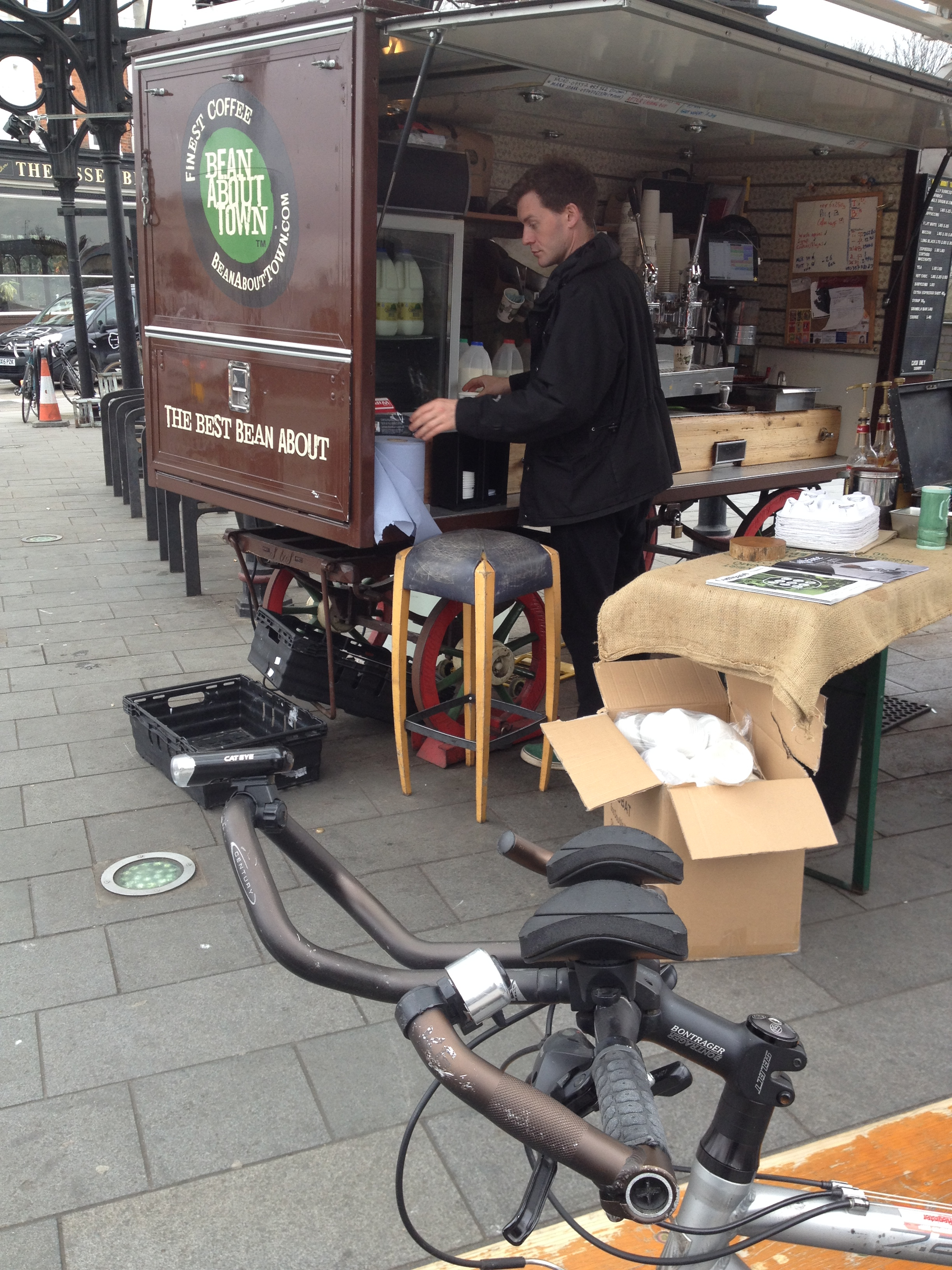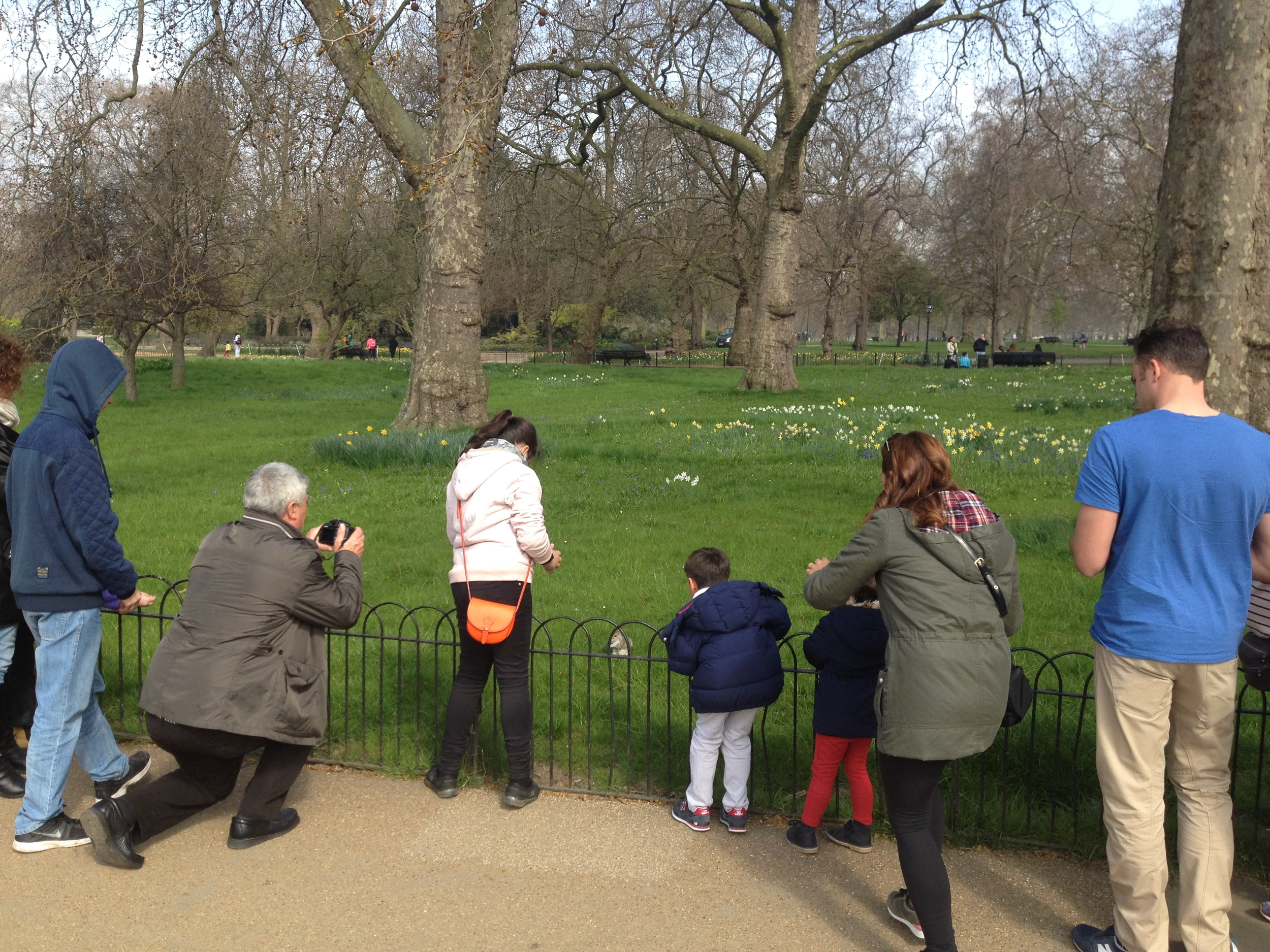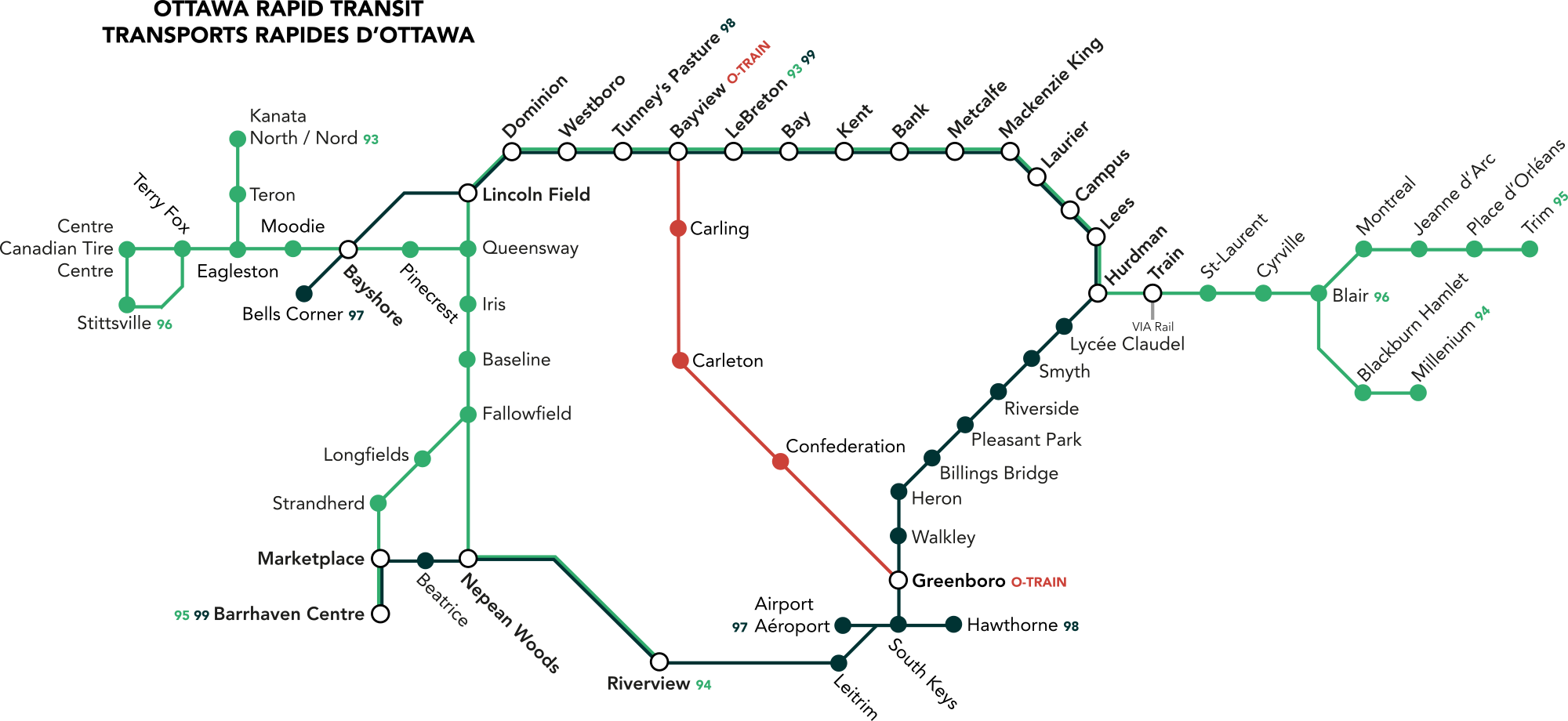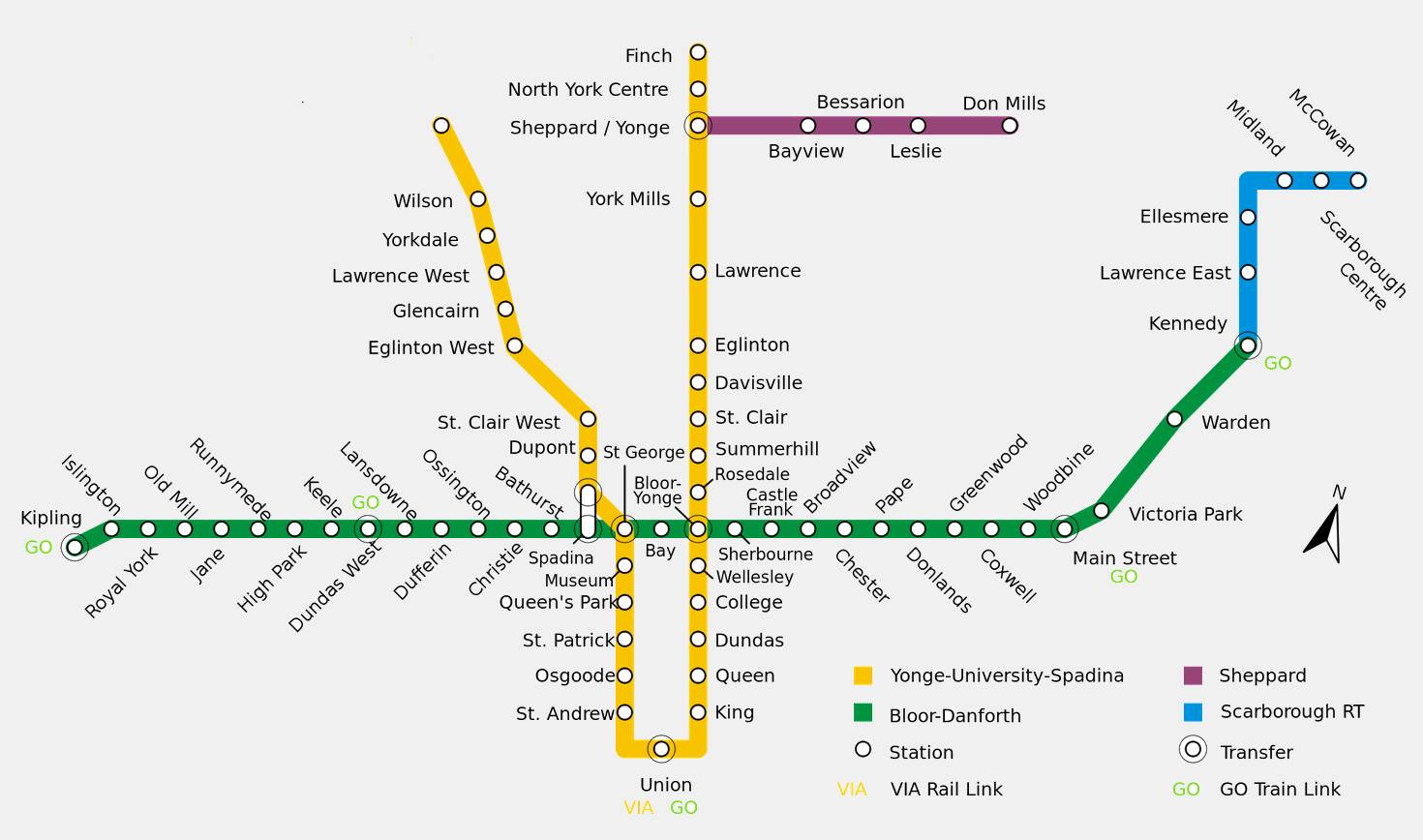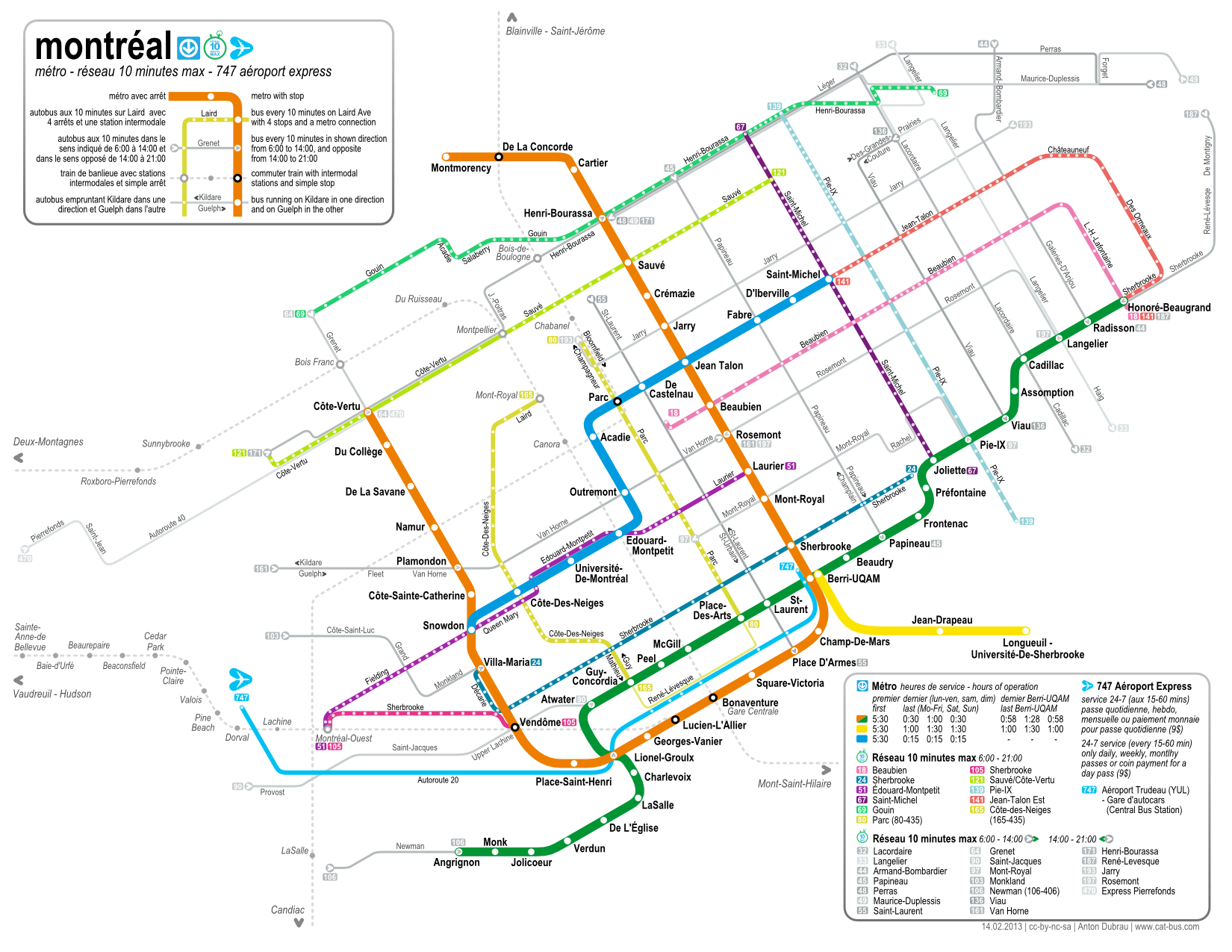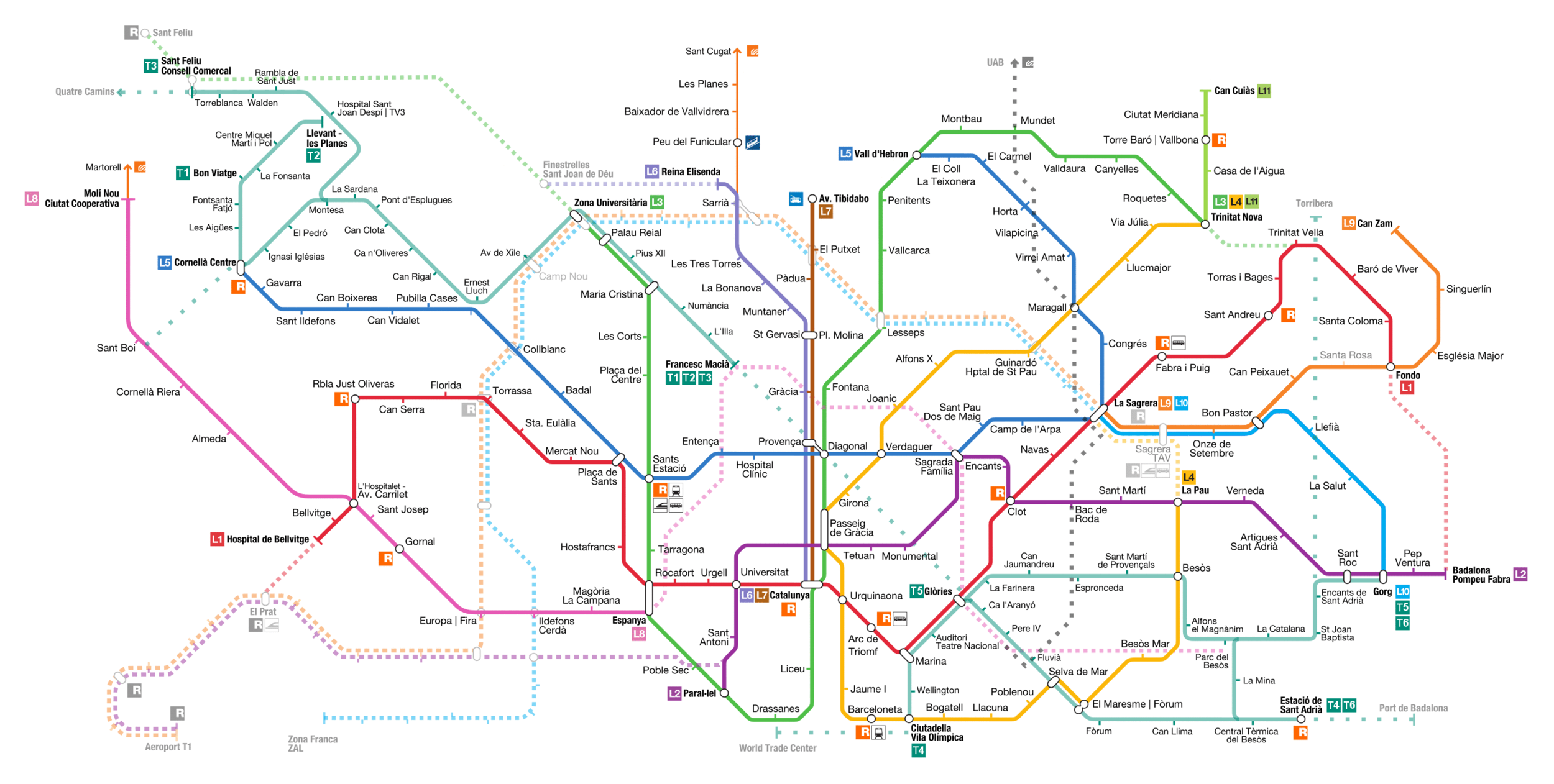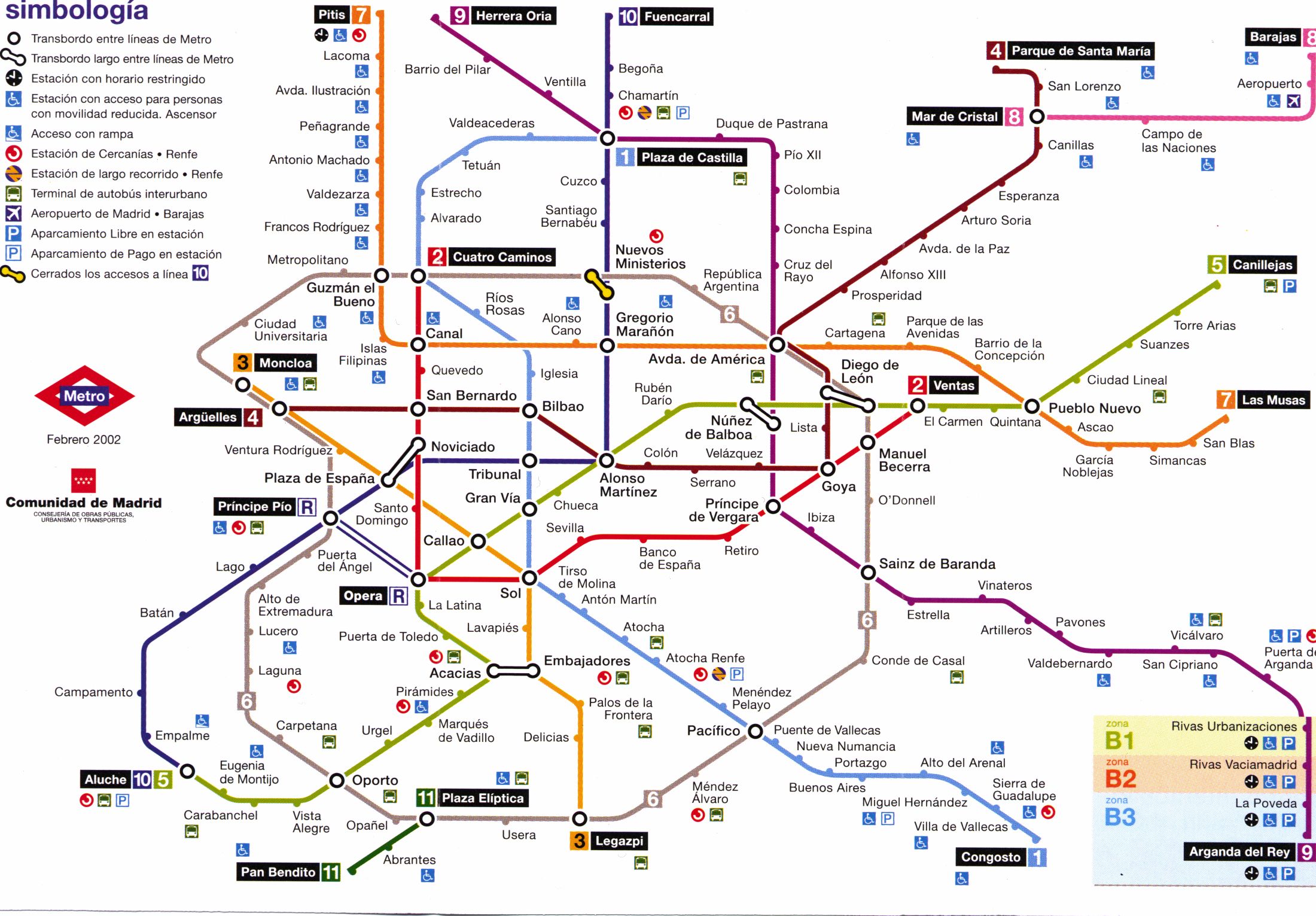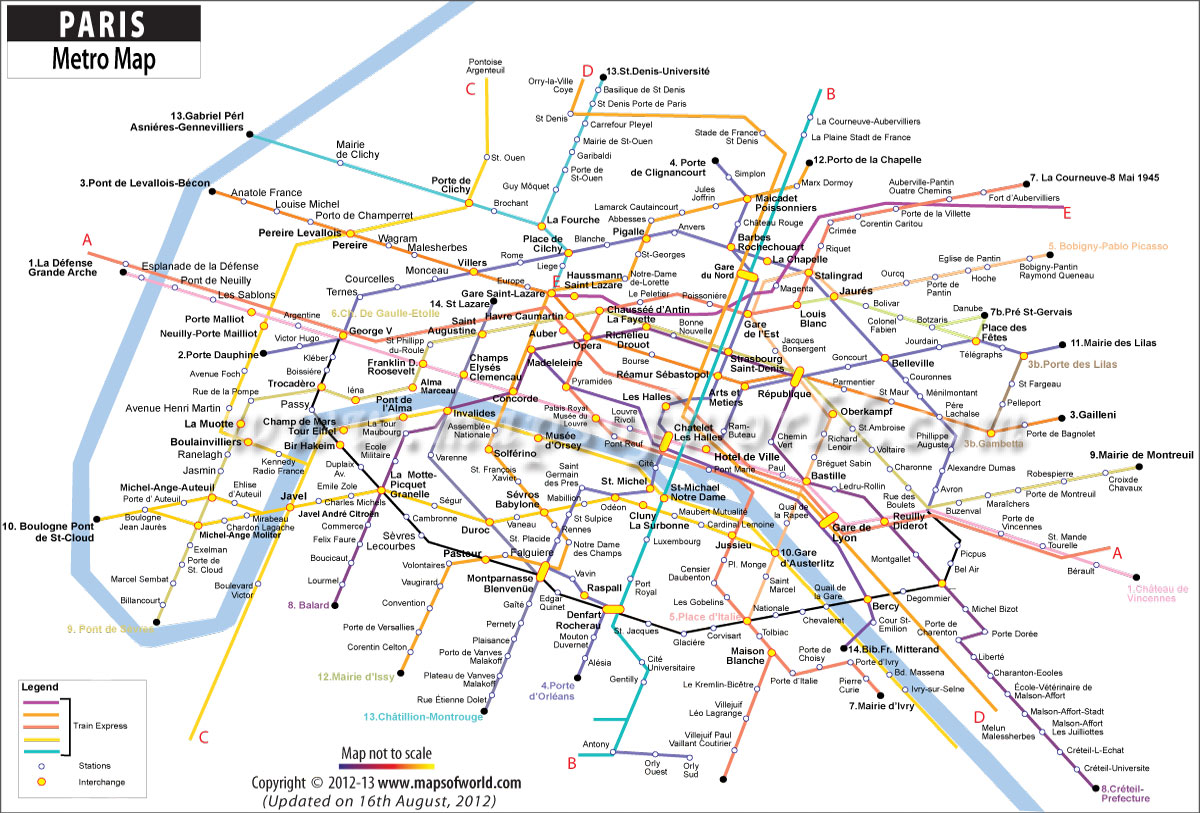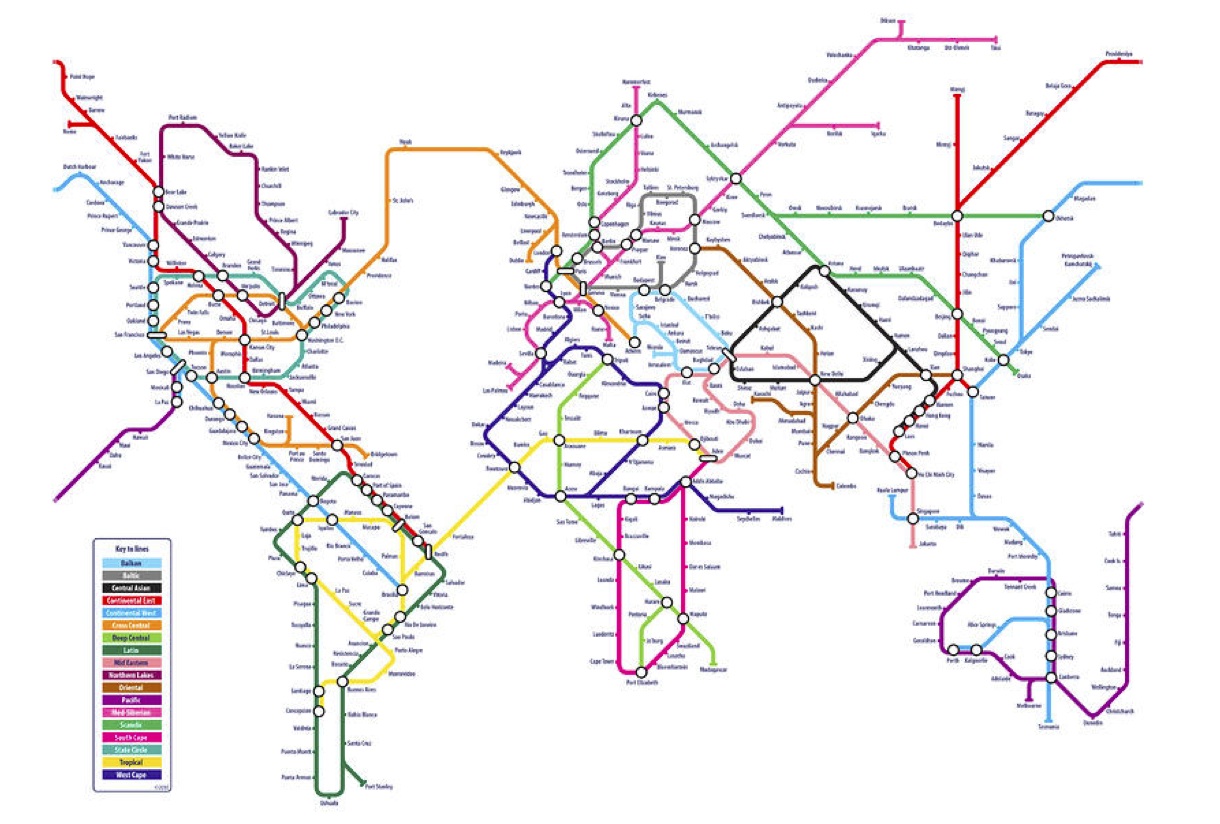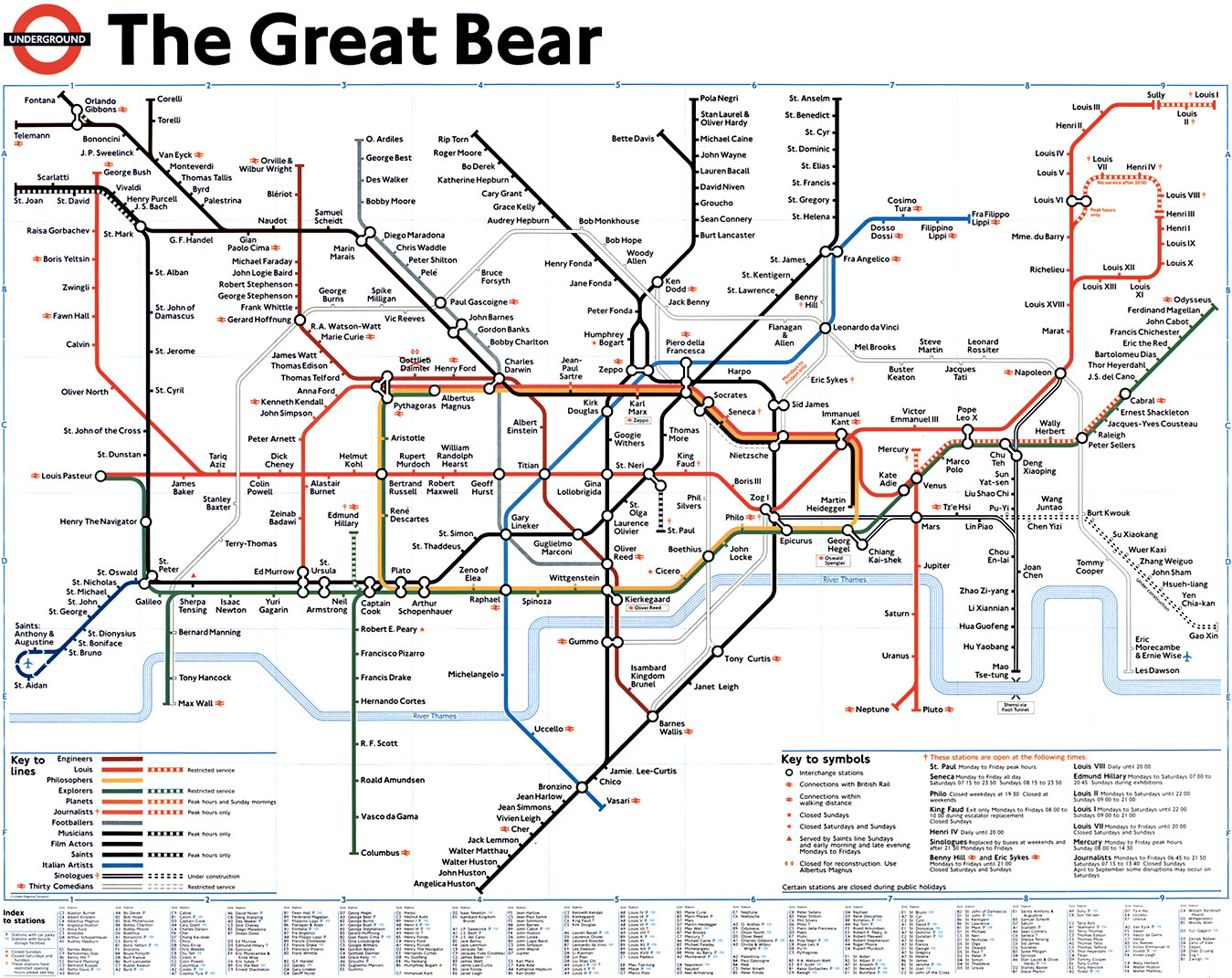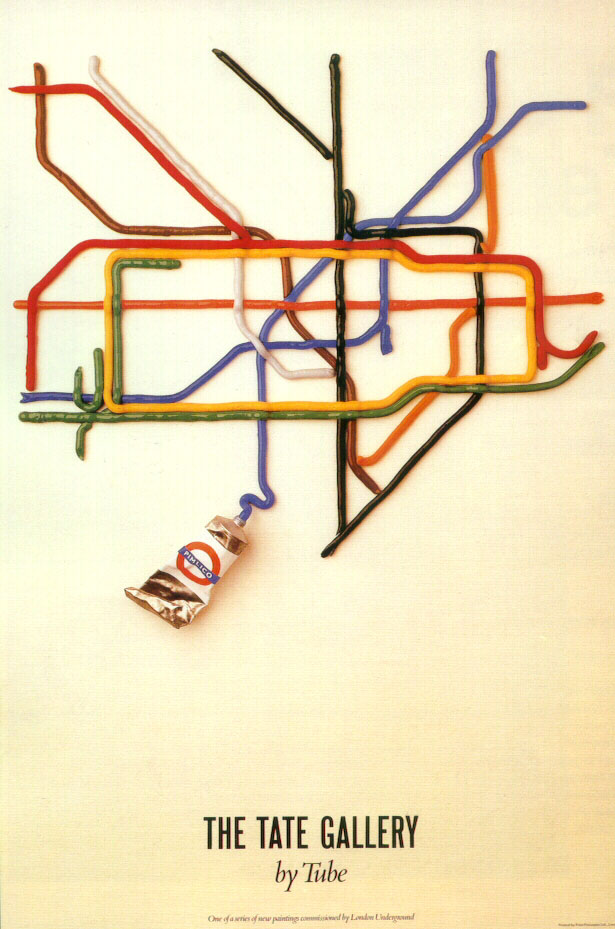I've always enjoyed maps. As a kid, I pored over the charts of Middle Earth in the Lord of the Rings paperbacks, tracing the adventures of Frodo and company. I spent hours lying on the living room floor flipping through the large-format, 1971 World Book Atlas sounding out the names. Later, I made my own maps for Dungeon and Dragons' adventures, coining faux Elvish names that probably were closer to Welsh, come to think of it.
My son, Isaac, has apparently inherited this interest from me. In the year leading up to this trip, we had posted a whiteboard map of the world in our dining room on which we drew xylene-inspired, desire lines of where we might go, Aeroplan willing. This prompted Isaac to draw upon his formidable knowledge of countries, flags and football teams to contribute his own itineraries:
"On Monday, we could go to China. Then on Tuesday we'd go to Grandma and Grandpas, and then on Wednesday, we could go see Chelsea play...".
Apparently eight-year-olds are not constrained by the space-time continuum.
Mapmaker, Mapmaker, Make Me a Map
As we've been travelling, I've been perusing Jeremy Brotton's book, A History of the World in 12 Maps, a reflection on how cartographers from Ptolemy to Mercator to Google Earth have tried to visualize the world. Its a fascinating review of how each mapmaker saw their own geography and even their cosmology, as well as how imperfect and subjective any depiction of the world is.
"A map," Brotton writes, "always manages the reality it tries to show". And as one reviewer noted, "cartographers cannot help but betray their own centre of gravity". The way that we see, interpret and explain the world in a map, globe or online atlas invariably reflects our own perspectives, biases and ultimately our worldview
As such, their maps centred on their own political and economic interests, and they portrayed the new world to their own advantage, even going so far as re-allo-locating entire islands to suit their land claims. The world was still big then, mysterious and dangerous: so they adorned often the known-world's edges with monsters most foul and curious: There, be dragons!
Of course, the same applies to the pictures and the stories that we share when travelling: we tend to share the exotic images from any place: sunburnt men in djellaba's riding donkeys in Morocco, or busy market places in Tanzania. I'm far less likely to take a photo of a bunch of teens wearing Puma trainers talking on their iPhones. It's too much like home.... even if it that would be a truer depiction of contemporary life in an increasingly global hip-hop, youth culture.
Similarly, I dare not bore my dear readers telling quotidien tales of the many hours spent on buses, standing in queues or doing laundry in a hotel room sink (Oh my! They've mixed the colours with the whites in the cold wash!).
No! Our intrepid readers to hear the good stuff: terrifying tales of turbulence, legends of luggage lost, camels spitting me in the eye.....these are the adventures that they pay me the big bucks to write.
Well, okay, nobody actually pays me anything to write about our adventures. (If you don't like them, they're free). But take it from the one travel writer who apparently is able to make a living through travel writing:
"An adventure is never an adventure when its happening," writes Tim Cahill in Hold the Enlightenment. "Challenging experiences need time to ferment, and adventure is simply physical and emotional discomfort recollected in tranquillity."
That certainly resonates with our experience. It usually takes weeks and a glass of something tranquilizing before we can safely deem it an adventure. But invariably these are the travel stories that we tell for years.
("And then her tied-dyed pyjamas bled all over the merino..."The horror! The horror!").
All Those Who Wander, Probably Are Lost In Our Case
For us, adventures usually start when Trish and I can't agree on where we are, never mind where we need to go. We have, how shall I say, different approaches to navigation, perhaps reflecting our divergent approaches to life: optimist vs. pessimist, improvisor vs. planner, fearless vs. cautious, never wrong vs. ....
Both are valid, he hastened to add, but given that we're both usually about 50% correct, finding our way home often requires some impartial triangulation.
Thankfully, we've often been able to fall back on the Google Maps app to adjudicate. When it has worked, it has rescued us from the labyrinths of Beyoglu,or at least provided a trail of digital crumbs for us to trace our steps back home in Dar es Salaam.
But other times, Dr. Google has just been plain wrong, for example:
- the restaurant we had just walked 2 km to find apparently had long ago closed its doors;
- our Air BnB location in Marrakesh appeared in two different places depending where I pointed the phone;
- the "map" for Stonetown turned out to be a static JPEG and the you-are-here dot never moved;
I also learned that somehow the bright folks at Mountainview never bothered to put the Marrakesh train station on Google maps -- it's there now, thanks to my feedback!
Yet from this side of tranquility, I wonder if using Google Maps to find our way is kind of cheating. Sure, it helps us get "Unlost" in that we then find where we wanted to go. But sometimes the more exciting resolution to Being Lost is Being Found (i.e. finding ourselves in a cool place, or suddenly having an experience that we never could have expected). That is the real pathway to adventure, although you may not appreciate it until weeks later.


